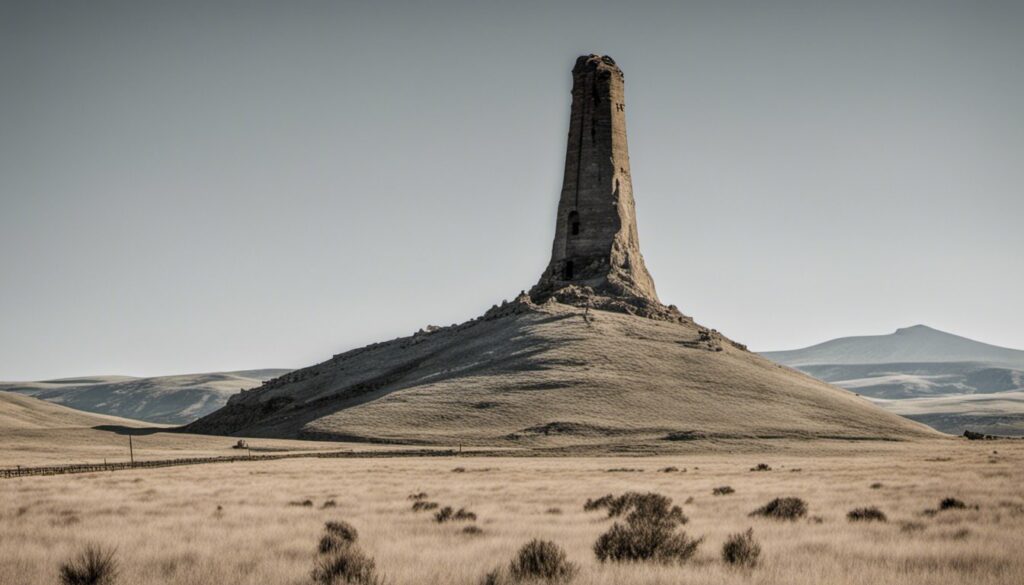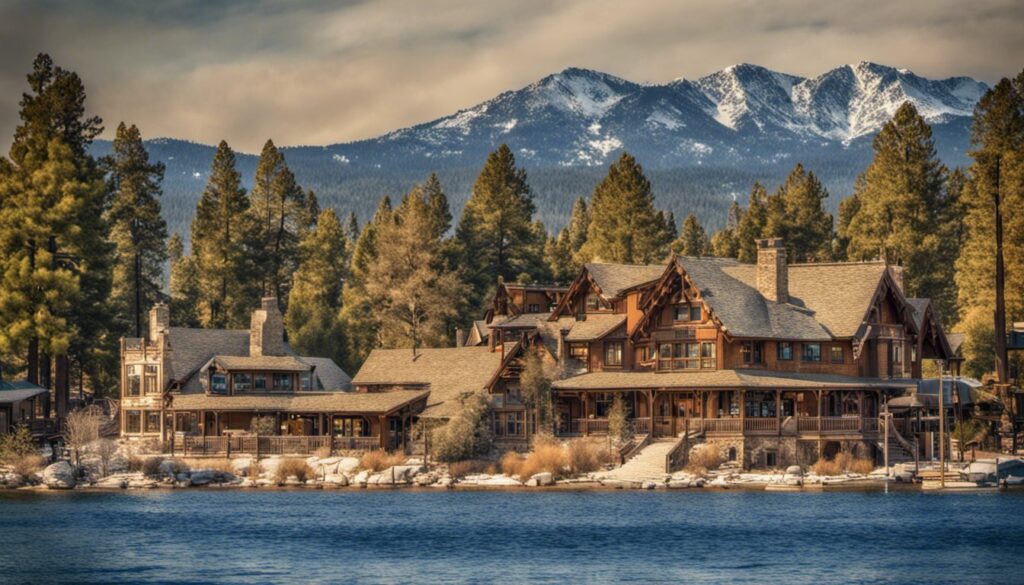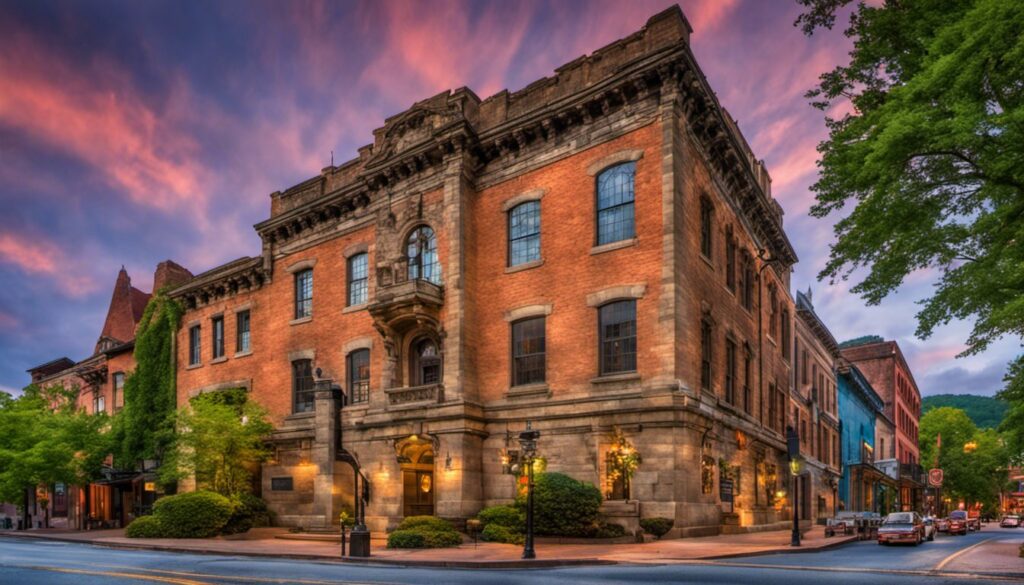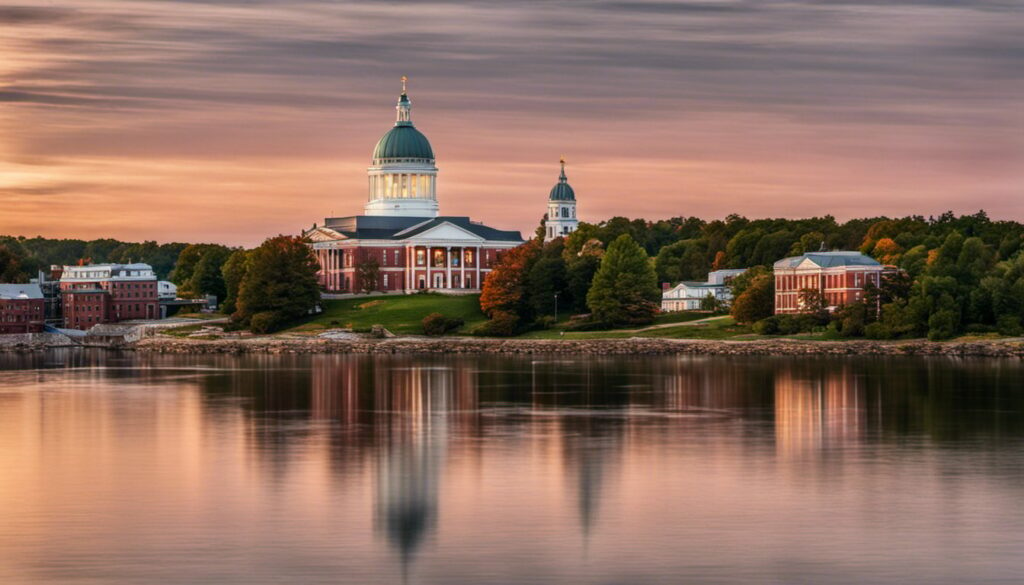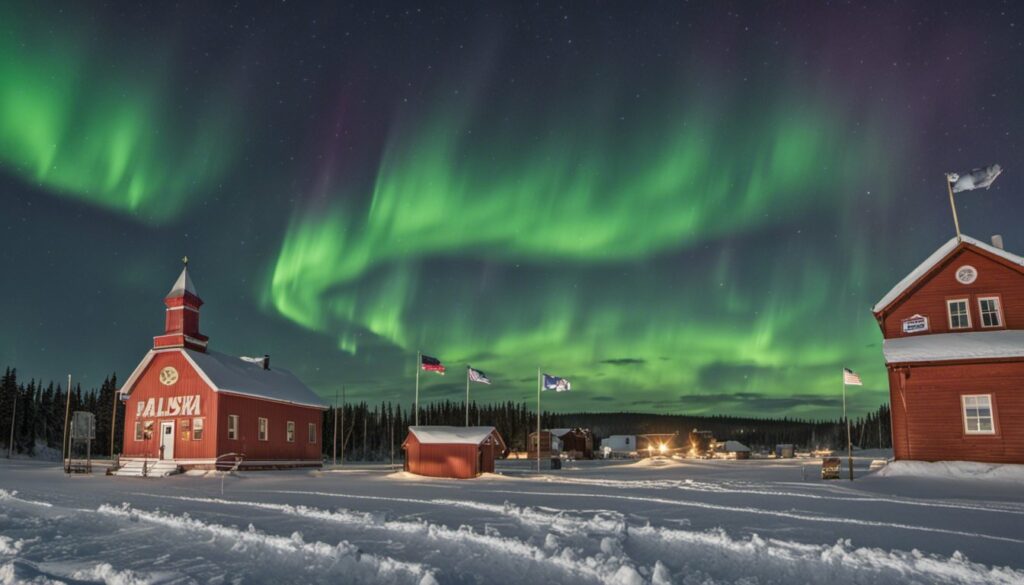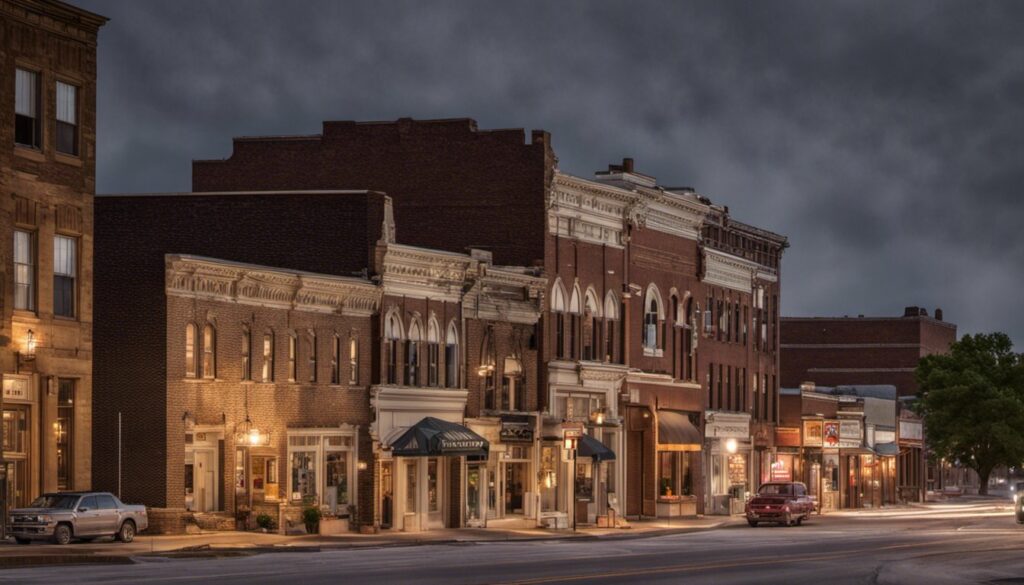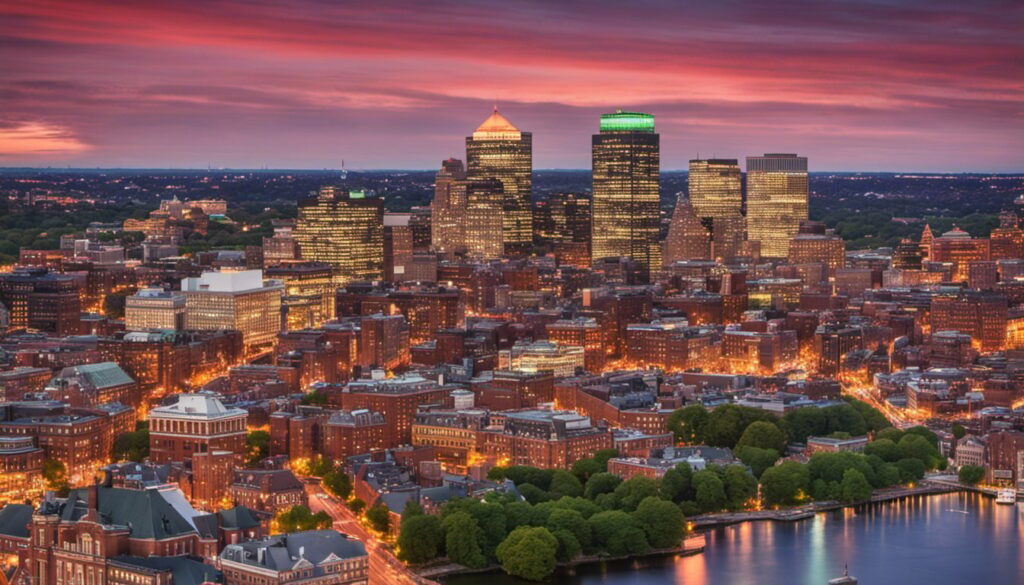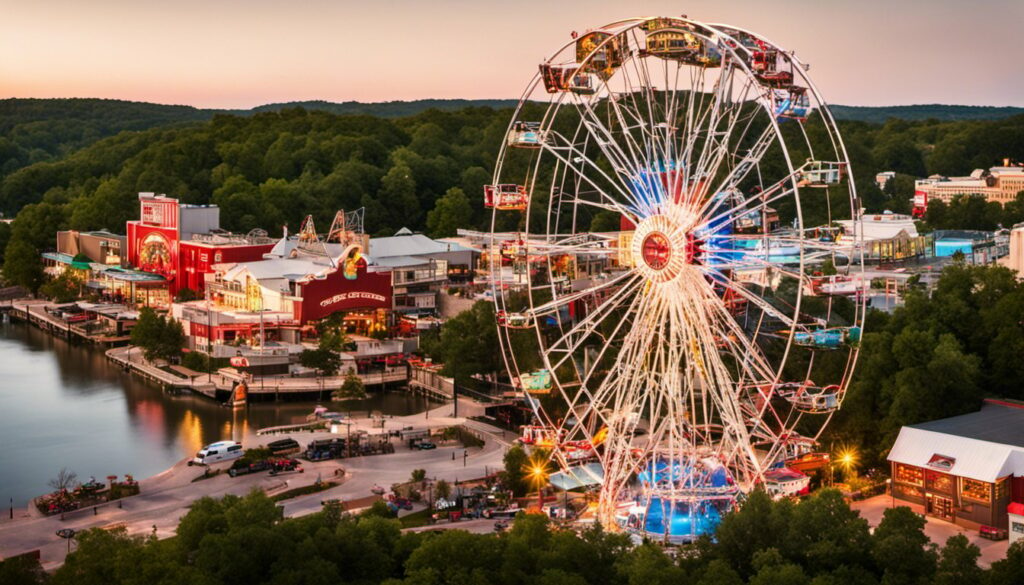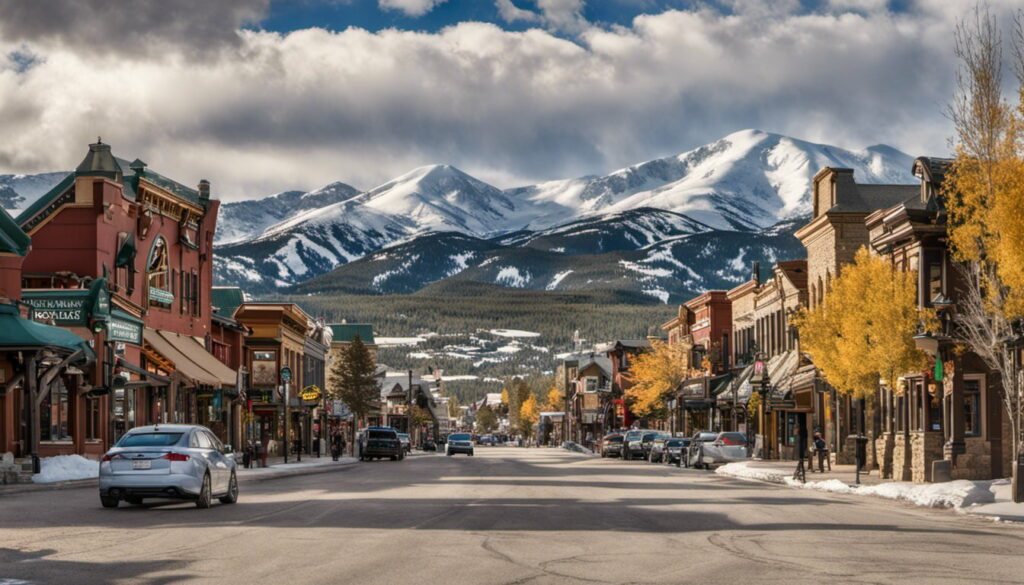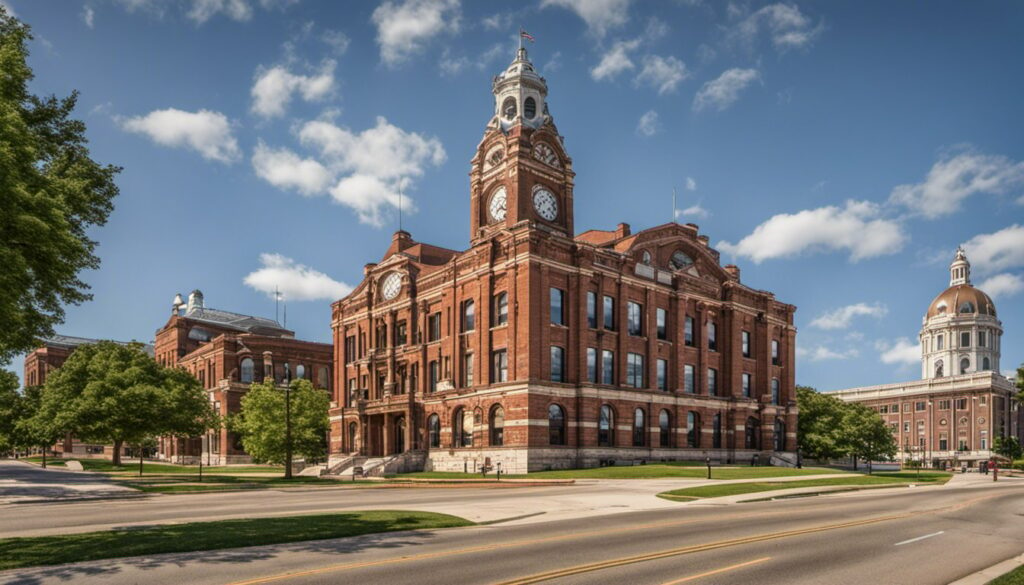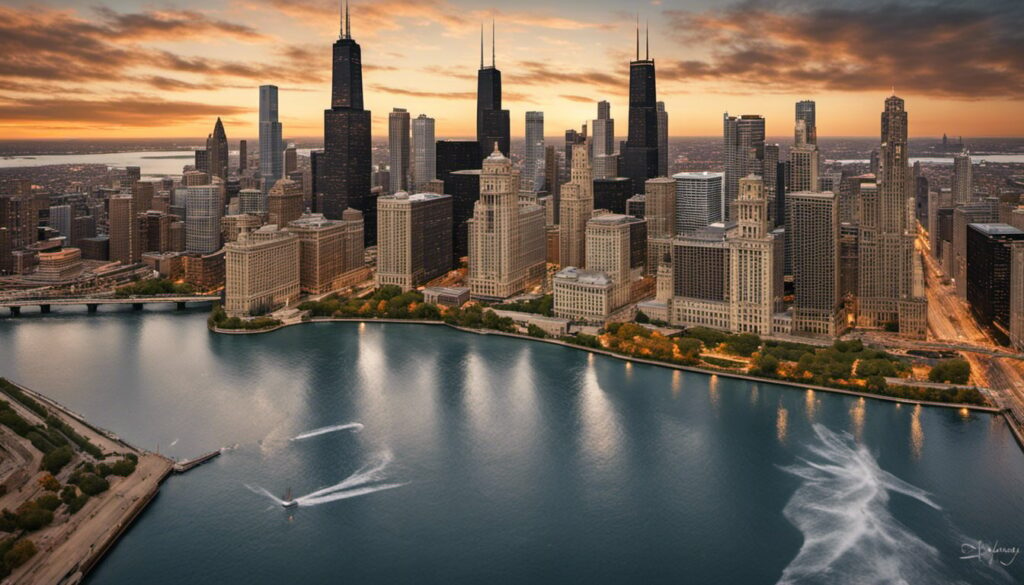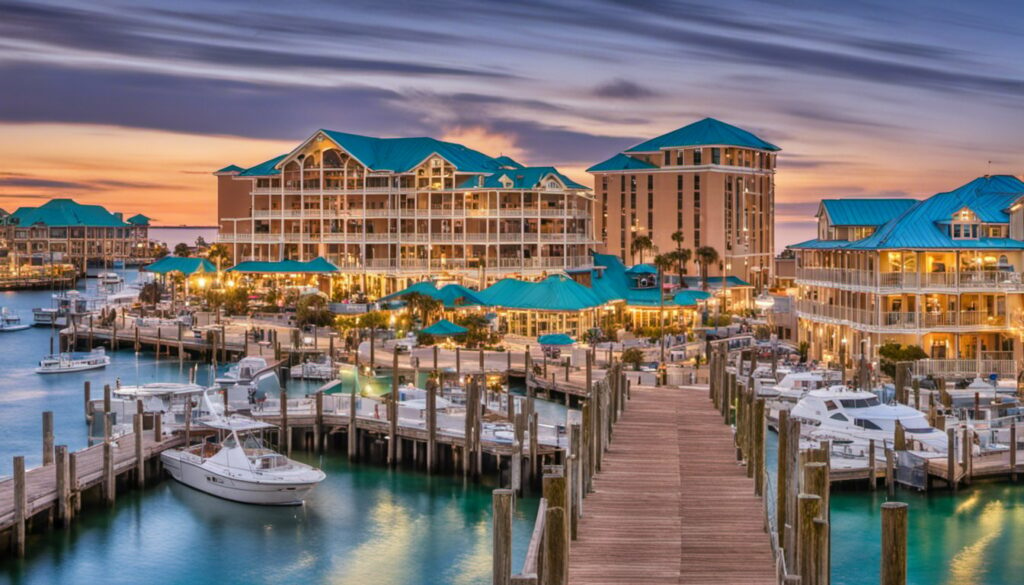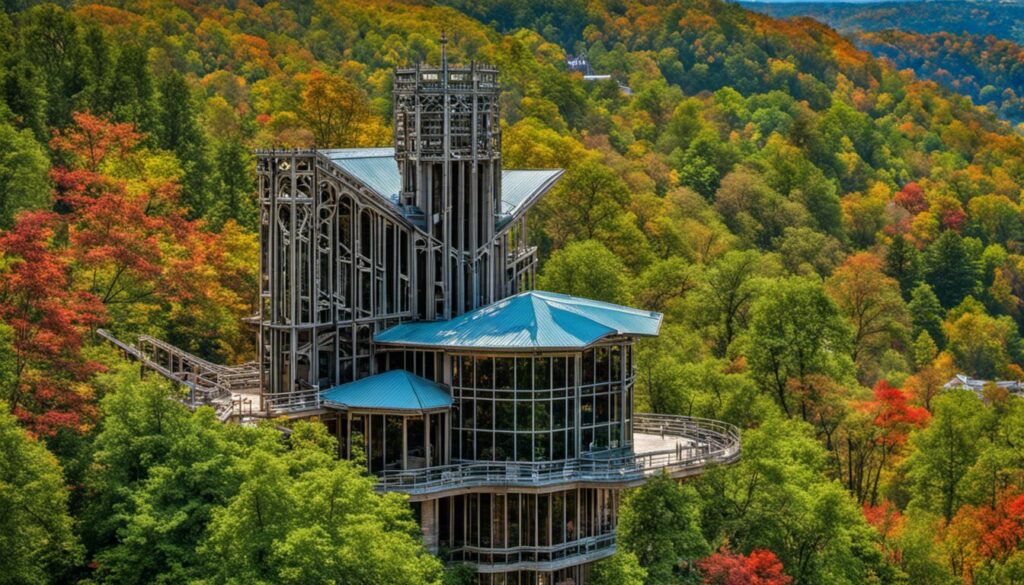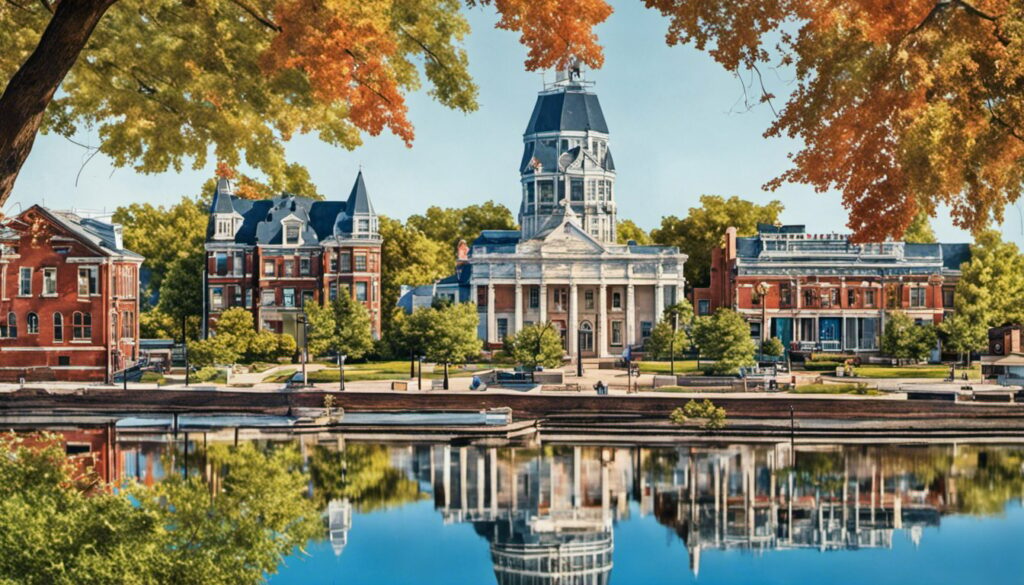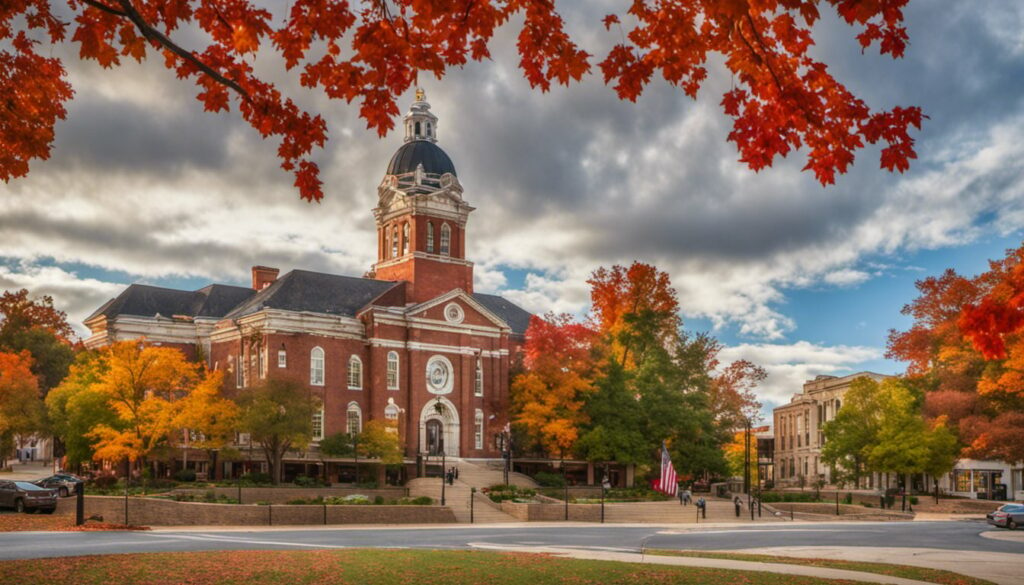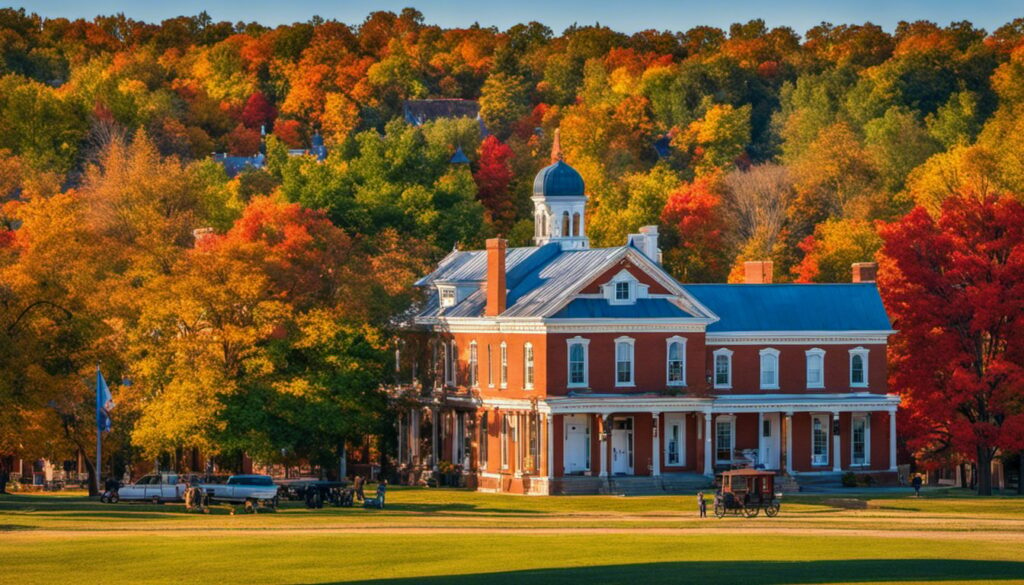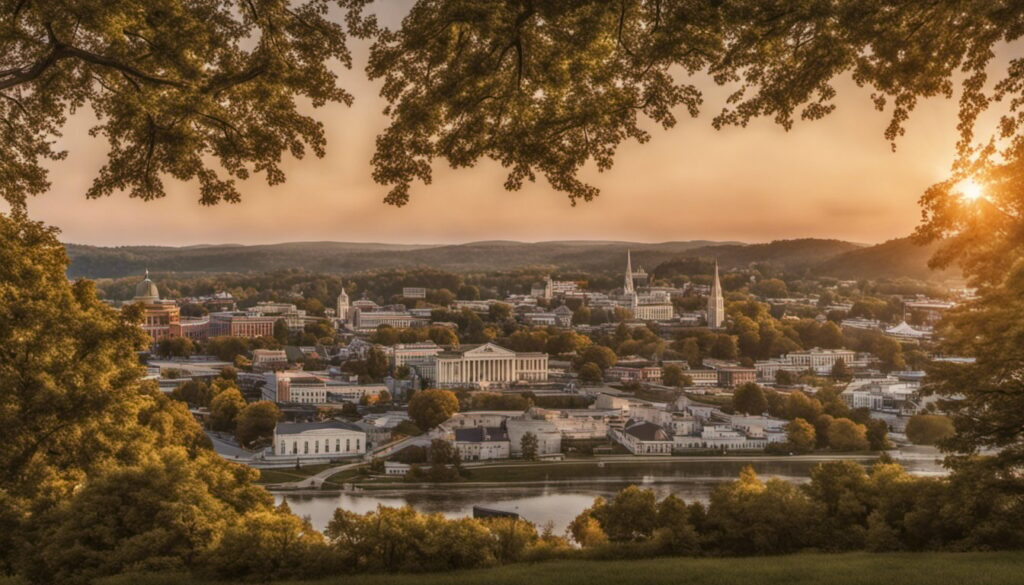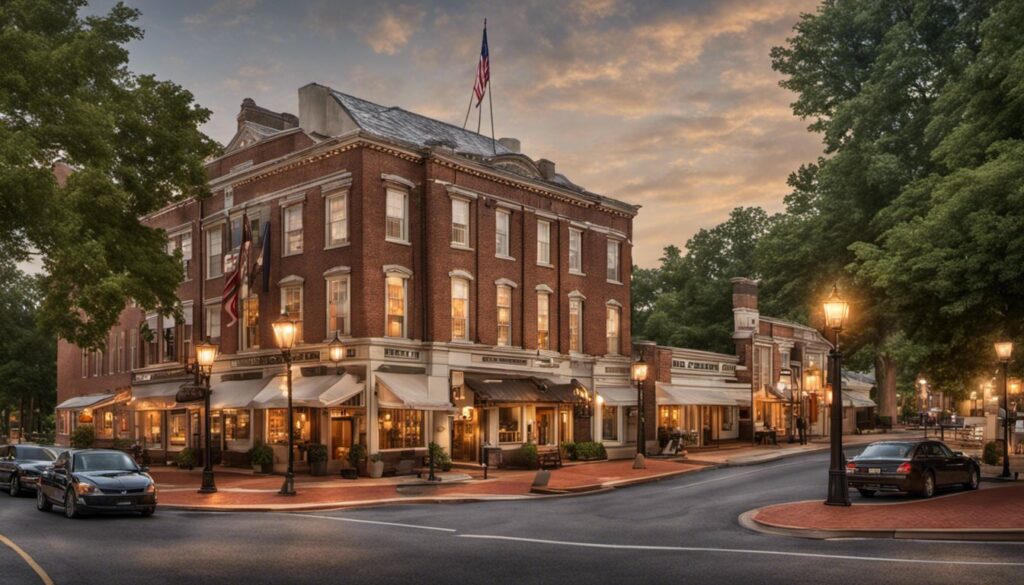Table Of Content
- Excitedly Discovering Historical Sites and Famous Landmarks in Nebraska
- Historical Background of Nebraska
- Famous Landmarks in Nebraska
- Historical Sites in Nebraska
- Nebraska’s National Parks
- The Oregon and Mormon Trails
- Nebraska’s Rivers and Geology
- Nebraska’s Counties and Towns
- Historical Figures and Events
- Nebraska’s Unique Natural Features
- Frequently Asked Questions
Excitedly Discovering Historical Sites and Famous Landmarks in Nebraska
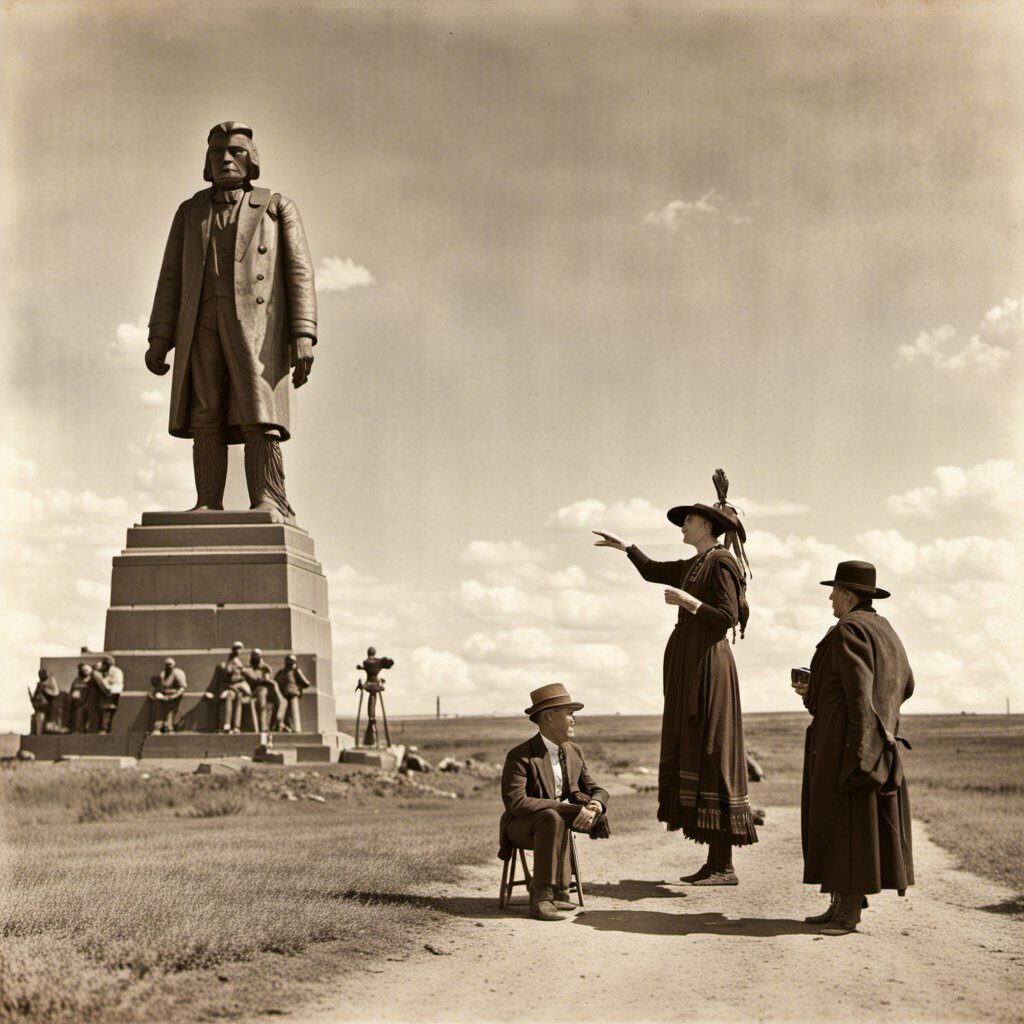
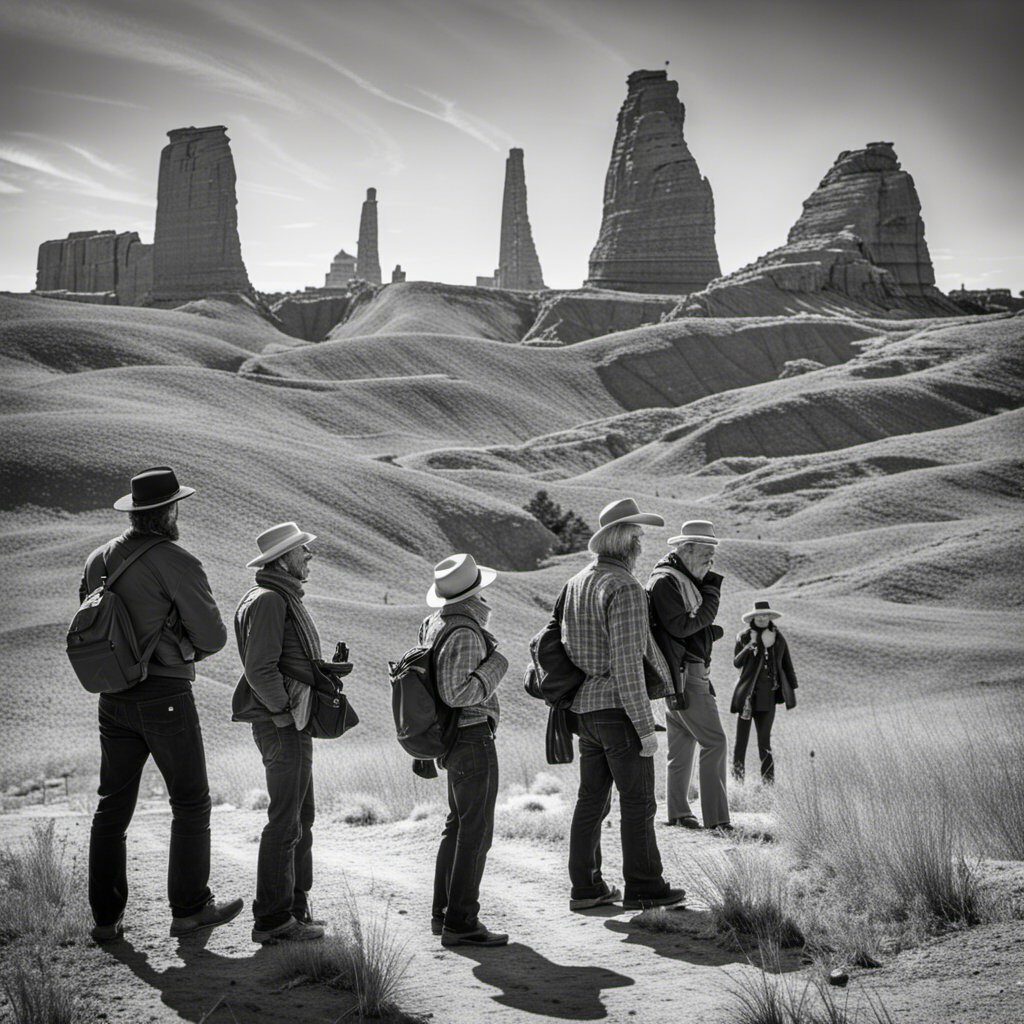
Nebraska is a state with a rich and fascinating history, and exploring its many historical sites and famous landmarks is a great way to learn more about it. From the Oregon and Mormon Trails to the state’s unique natural features, there is so much to discover in Nebraska.
One of the most interesting aspects of Nebraska’s history is its role in the westward expansion of the United States. The Oregon and Mormon Trails both passed through the state, leaving behind a wealth of historical sites and landmarks that are worth exploring. Additionally, Nebraska is home to a number of national parks that offer visitors the opportunity to experience the state’s stunning natural beauty up close.
Whether you’re a history buff or just someone who loves to explore new places, Nebraska has something to offer. From the state’s many counties and towns to its famous landmarks and unique natural features, there is always something new and exciting to discover. So why not plan a trip to Nebraska today and see what this fascinating state has to offer?
Key Takeaways
- Nebraska is a state with a rich and fascinating history, and exploring its many historical sites and famous landmarks is a great way to learn more about it.
- The state played an important role in the westward expansion of the United States, and is home to a number of historical sites and landmarks related to the Oregon and Mormon Trails.
- Nebraska is also home to a number of national parks and unique natural features that are worth exploring.
Historical Background of Nebraska
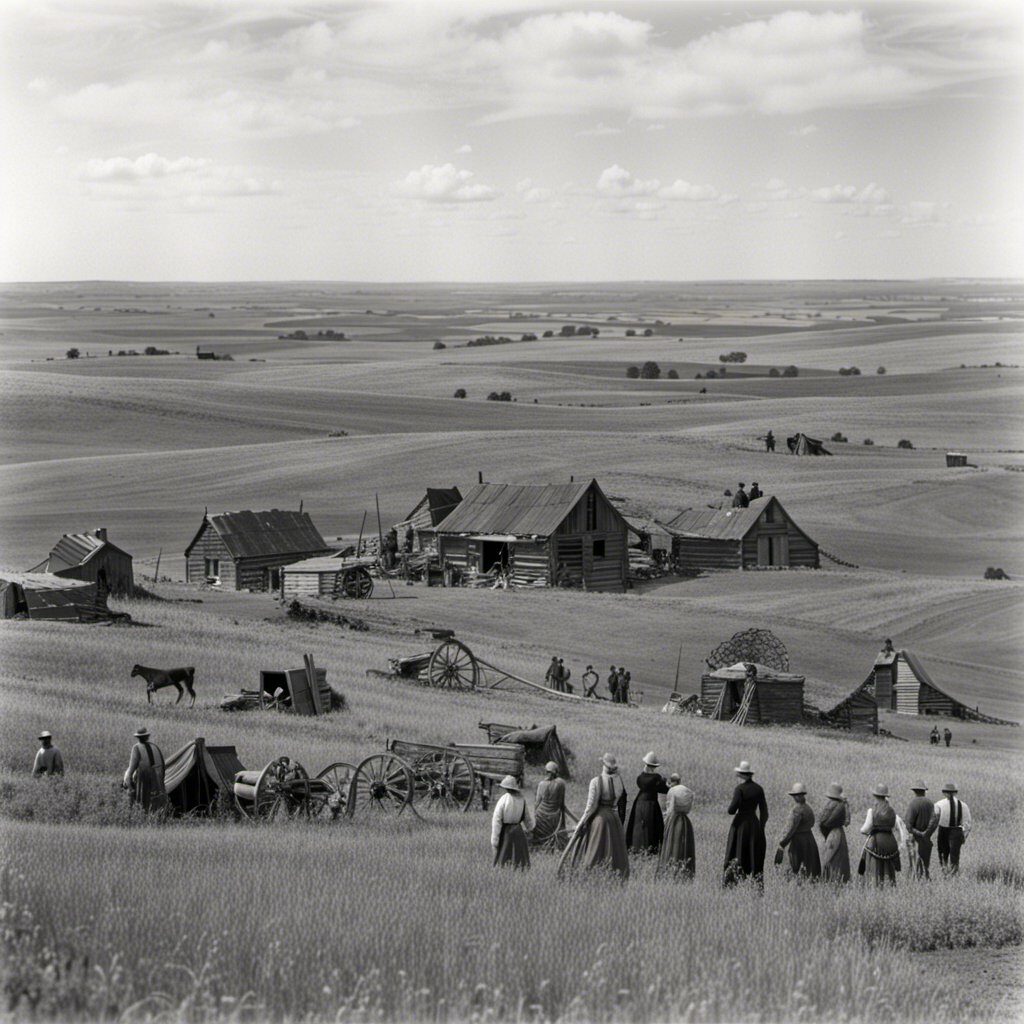
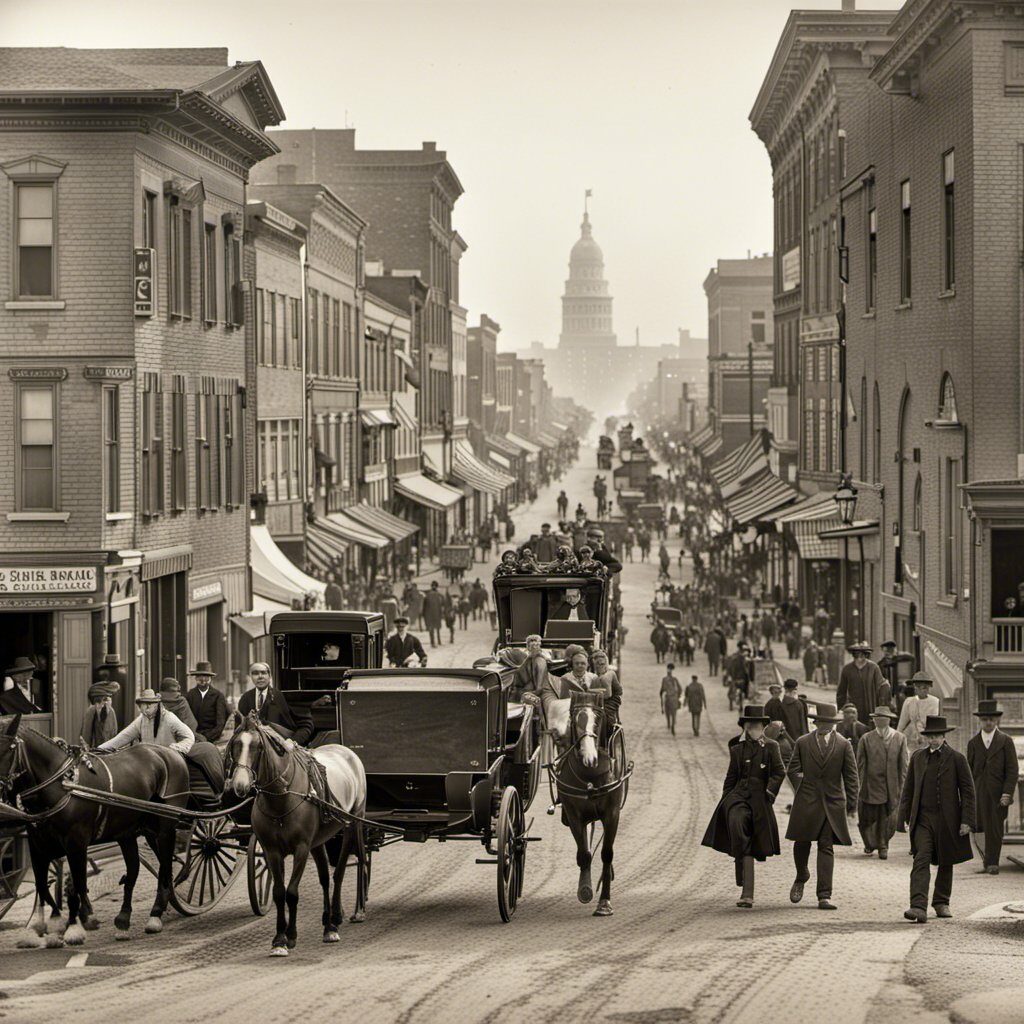
Nebraska is an exciting state with a rich history that goes back thousands of years. The state is located in the Great Plains region of the United States and is known for its vast prairies, rolling hills, and beautiful landscapes.
The history of Nebraska dates back to the time of the Native Americans who lived in the region for thousands of years before the arrival of the Europeans. The Native Americans who lived in Nebraska were the Pawnee, Omaha, Otoe, and Ponca tribes, among others. They were skilled hunters, farmers, and traders who lived in harmony with nature and had a deep respect for the land.
In the early 1800s, the first Europeans arrived in Nebraska, and the region became a hub for fur traders, explorers, and pioneers. The Lewis and Clark Expedition passed through the state in 1804, and the Oregon Trail, which was used by pioneers traveling west, crossed through Nebraska in the mid-1800s.
Nebraska became a state in 1867, and it played a significant role in the development of the American West. It was a frontier state that attracted pioneers, farmers, and ranchers who were looking for new opportunities. Nebraska quickly became known as an agricultural state, and it remains one of the top producers of corn, wheat, and soybeans in the United States.
In the late 1800s, Nebraska was also a center for innovation and progress. The state was home to many inventors and entrepreneurs who helped to shape the future of America. For example, Cyrus McCormick, the inventor of the mechanical reaper, lived in Nebraska for a time, and J. Sterling Morton, the founder of Arbor Day, was from Nebraska.
Overall, Nebraska has a fascinating history that is full of excitement, adventure, and innovation. Whether you are interested in the Native American cultures, the pioneers who settled the region, or the agricultural innovations that have made the state famous, there is something for everyone to explore and discover in Nebraska.
Famous Landmarks in Nebraska
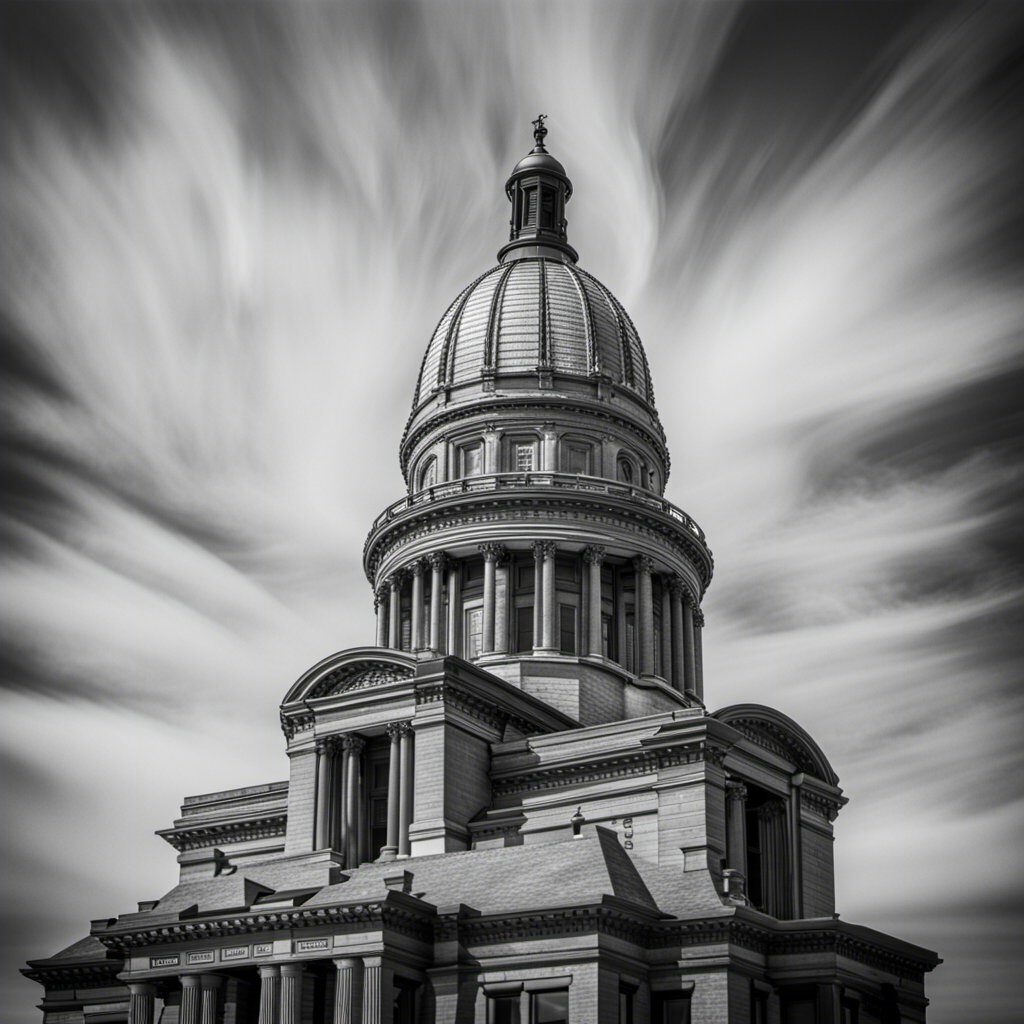
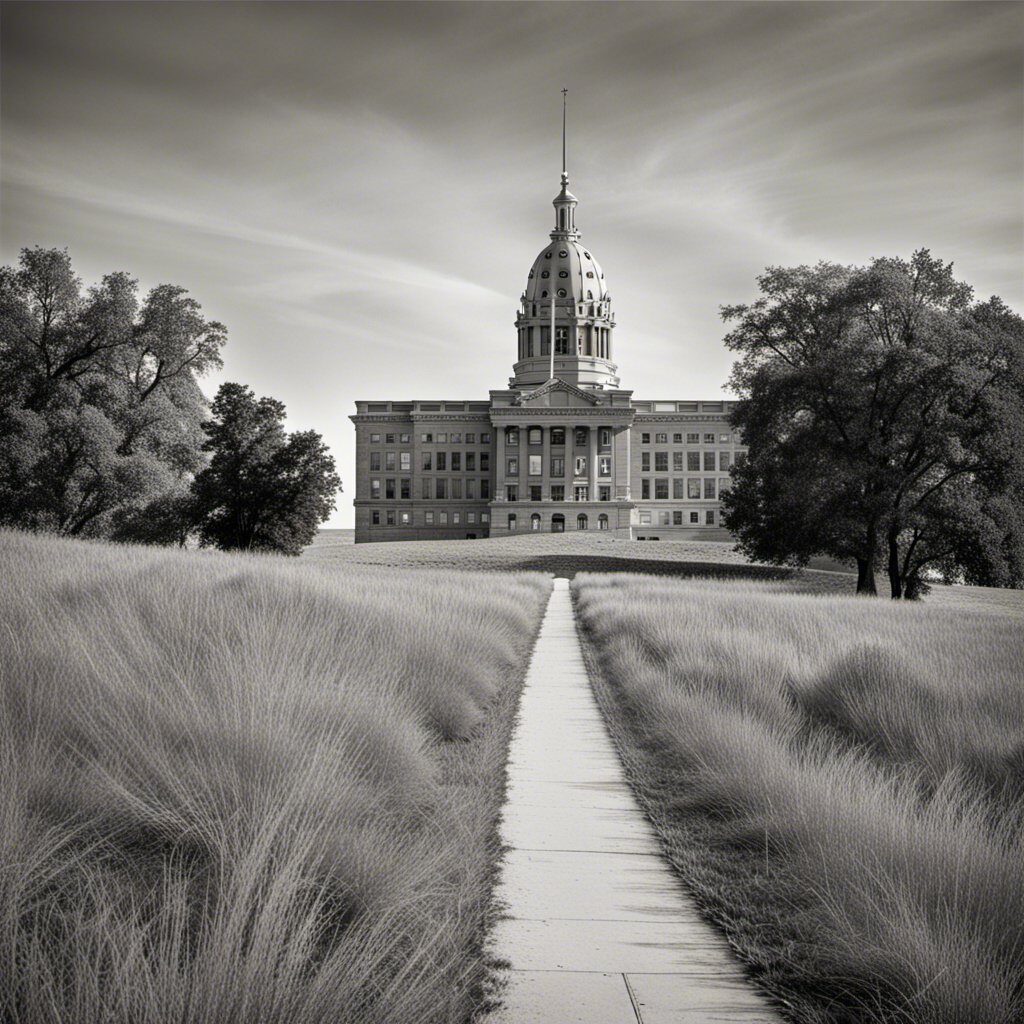
Nebraska is home to several famous landmarks that are worth exploring. From national historic landmarks to natural wonders, this state has a lot to offer. In this section, we will highlight some of the most popular landmarks in Nebraska.
Landmarks in Omaha
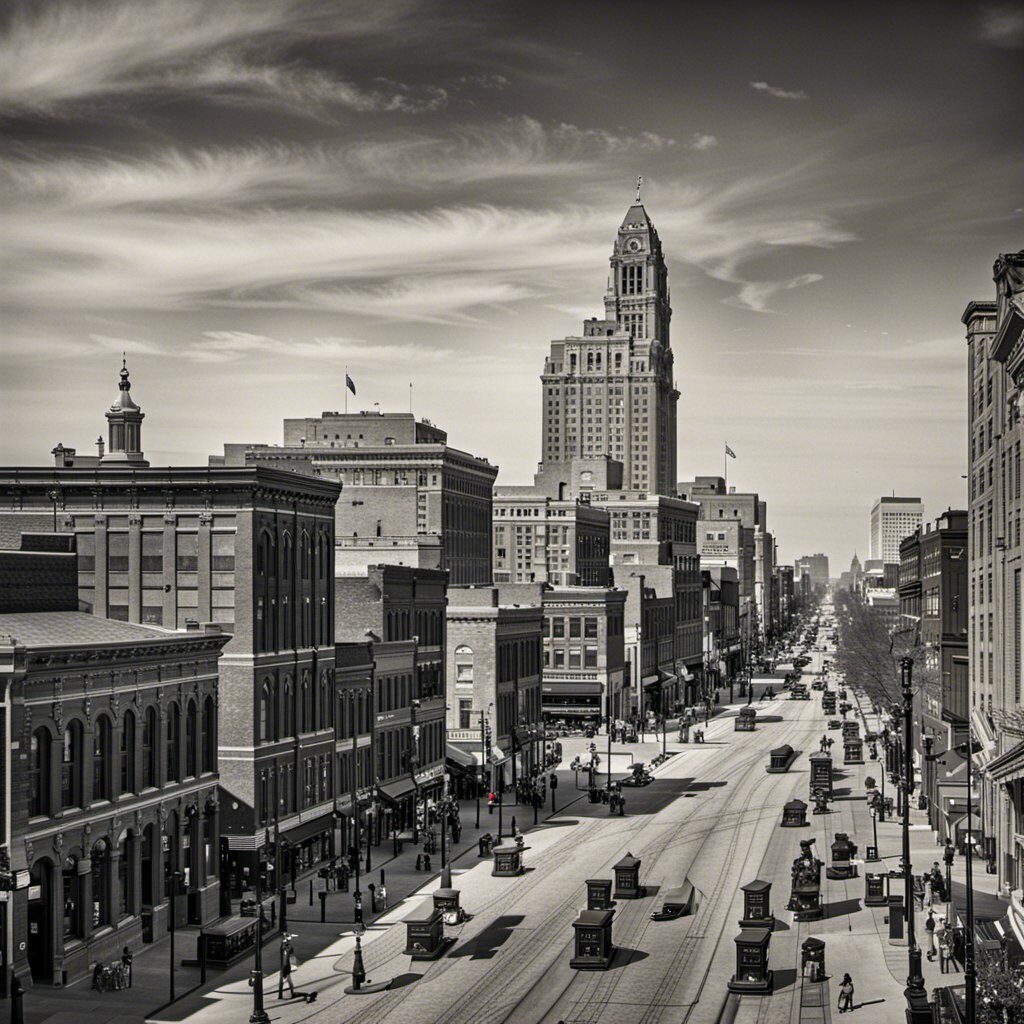
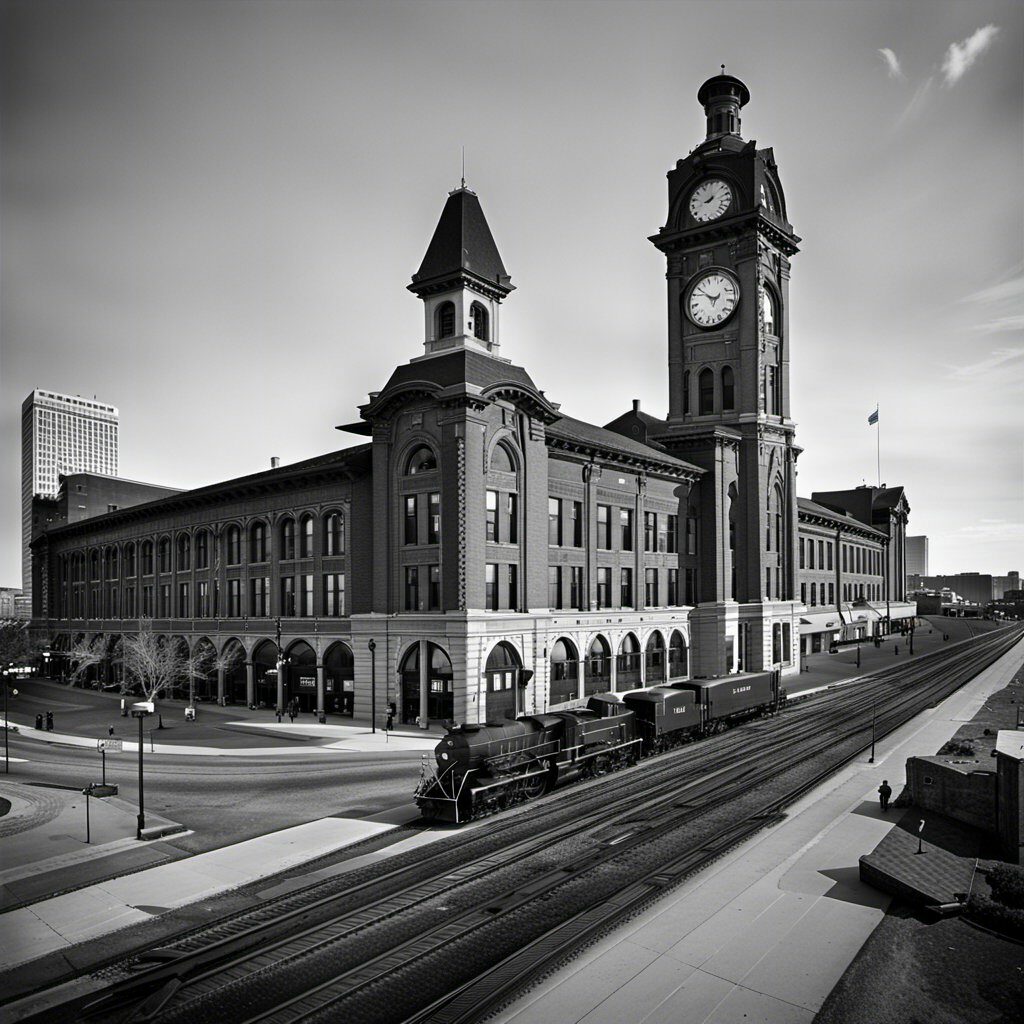
Omaha, the largest city in Nebraska, is home to some of the state’s most famous landmarks. One of the most popular landmarks in Omaha is Boys Town, a national historic landmark that was founded in 1917 by Father Edward J. Flanagan. This landmark is known for its mission to help at-risk children and families and has been the subject of several movies and TV shows.
Another popular landmark in Omaha is the Great Platte River Road Archway Monument. This monument is a unique museum that tells the story of the pioneers who traveled westward on the Oregon, California, and Mormon Trails. The monument spans over 300 feet above Interstate 80 and is a must-visit for history buffs.
Landmarks in Lincoln
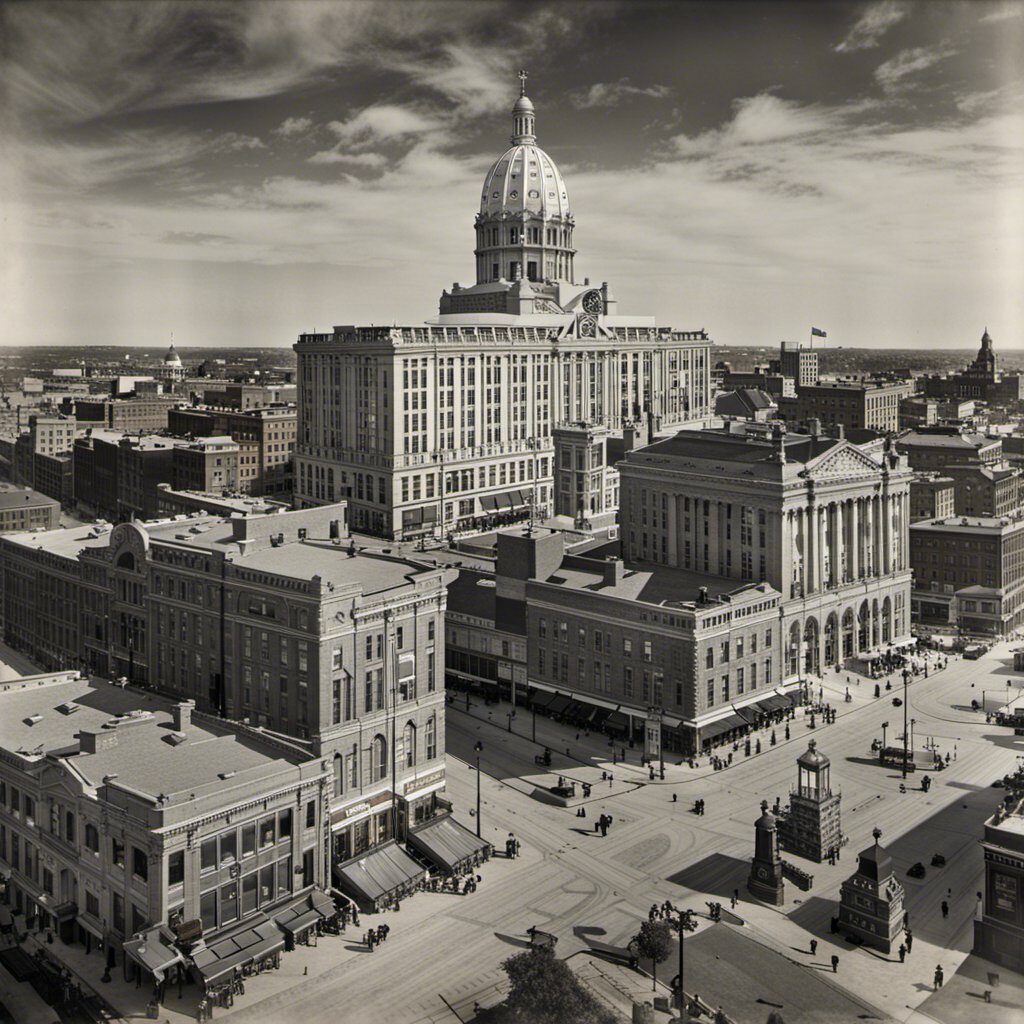
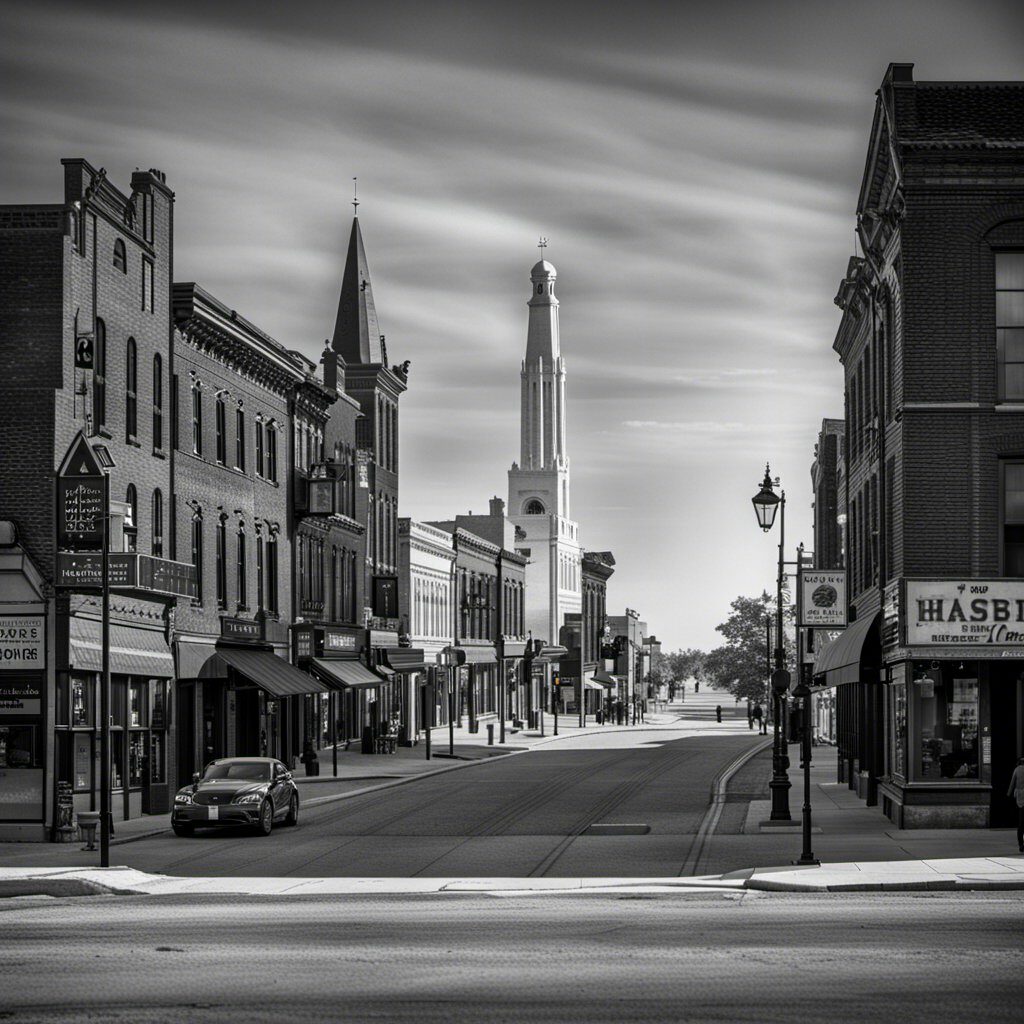
Lincoln, the capital of Nebraska, is another city with several famous landmarks. One of the most popular landmarks in Lincoln is the Nebraska State Capitol. This beautiful building is the second tallest capitol building in the United States and is known for its stunning architecture and artwork.
Another popular landmark in Lincoln is the Homestead National Historical Park. This park is a tribute to the pioneers who settled in Nebraska and includes several historic buildings and exhibits that showcase the hardships and challenges of life on the frontier.
Landmarks in North Platte
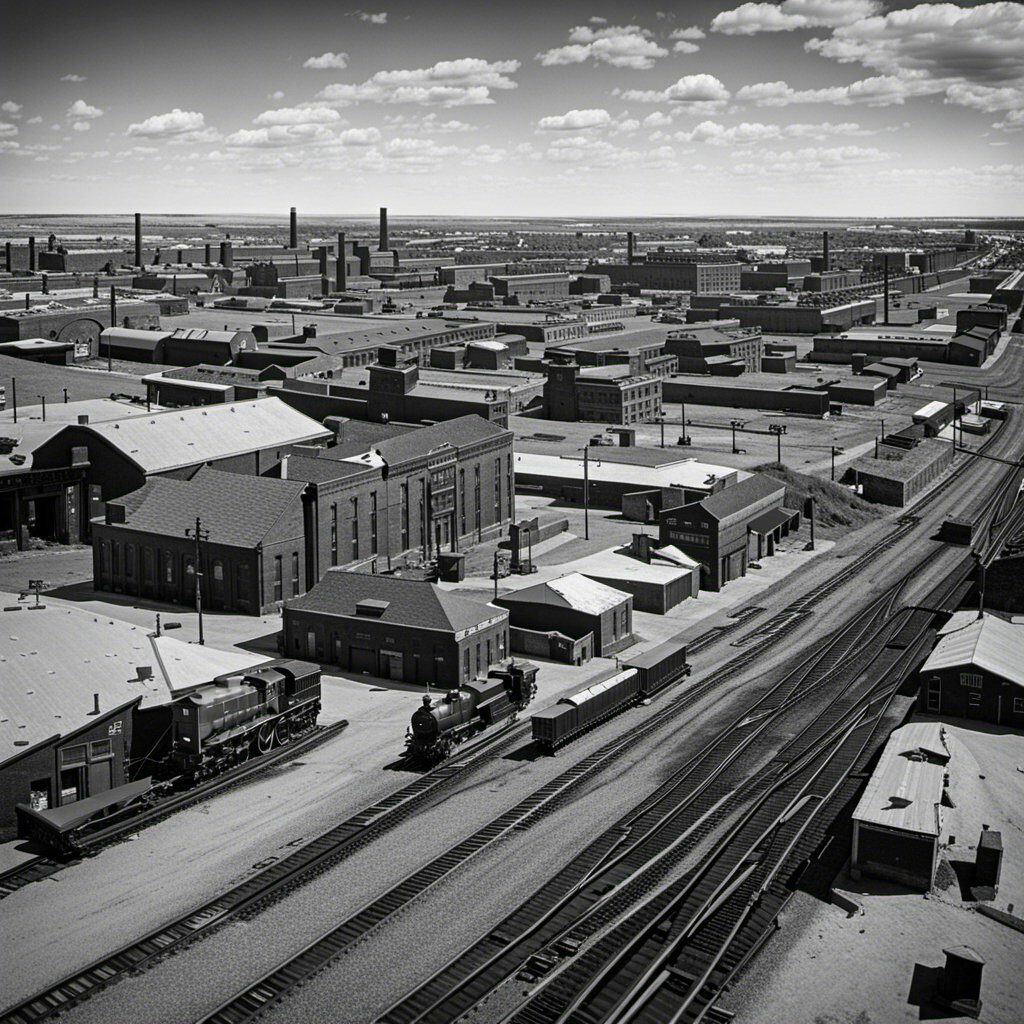
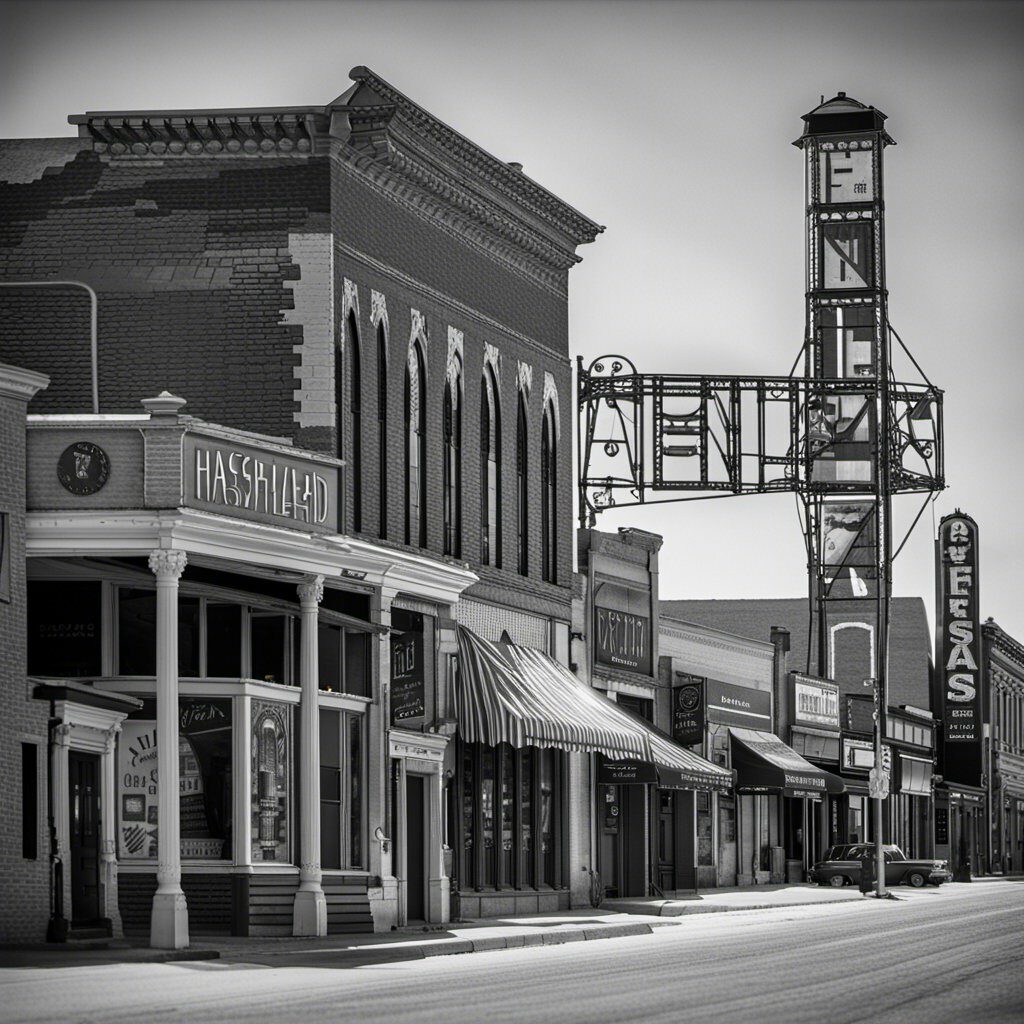
North Platte is a city in Nebraska that is known for its natural landmarks. One of the most famous landmarks in North Platte is Scotts Bluff National Monument. This natural wonder is a towering rock formation that rises over 800 feet above the surrounding landscape and offers stunning views of the surrounding area.
Another popular landmark in North Platte is Chimney Rock National Historic Site. This landmark is a natural rock formation that was a popular landmark for pioneers traveling westward on the Oregon, California, and Mormon Trails. Today, it is a popular tourist destination and a must-visit for anyone interested in the history of the American West.
Nebraska is a state that is rich in history and natural beauty. Whether you are interested in national historic landmarks, natural wonders, or both, there is something for everyone in Nebraska.
Historical Sites in Nebraska
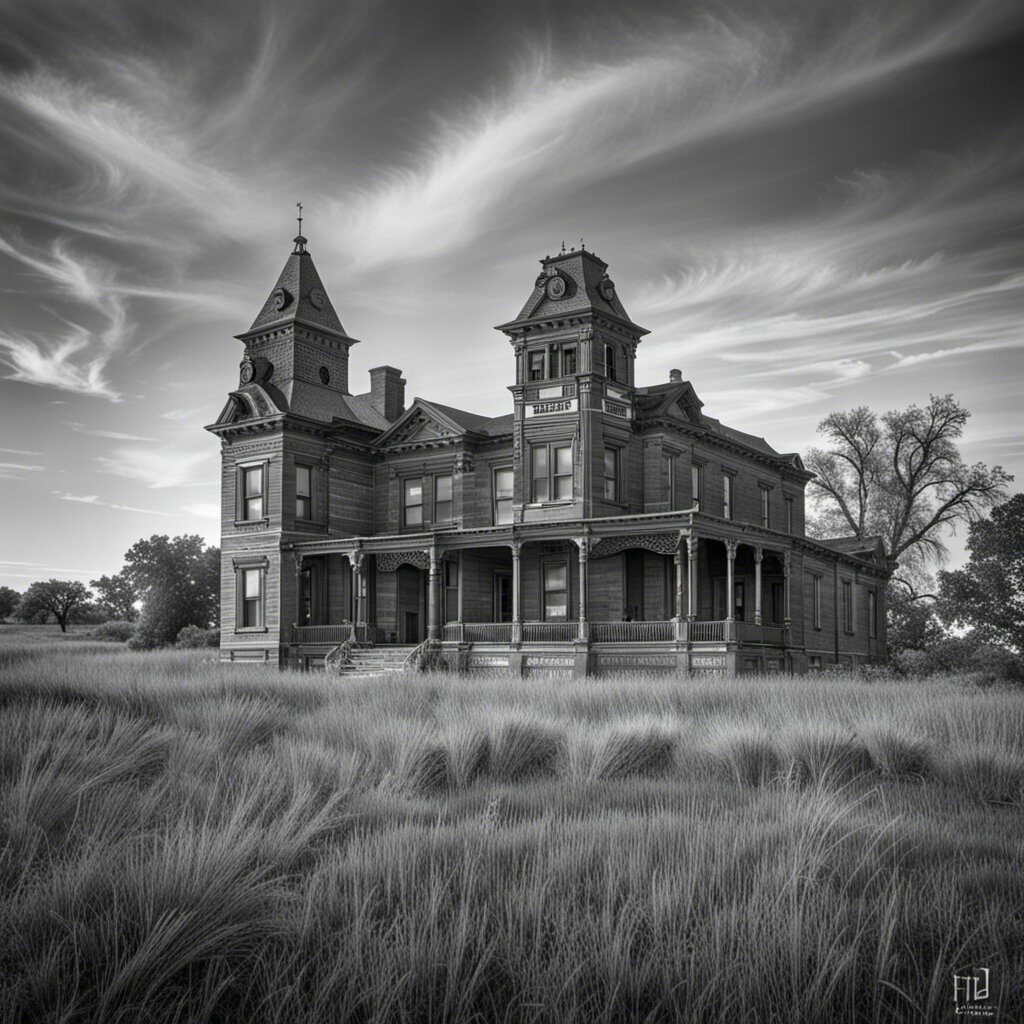
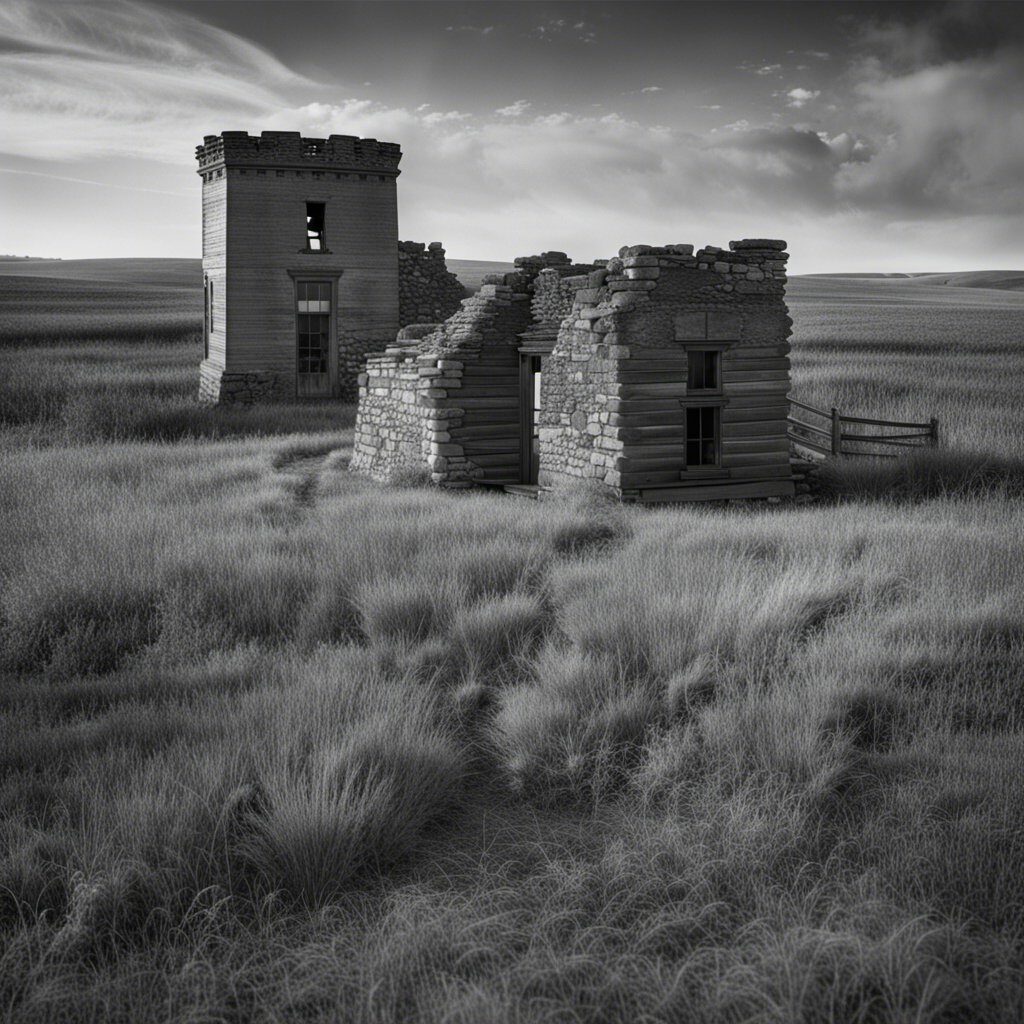
Nebraska is a state with a rich history, and there are many historical sites that you can visit to learn more about the state’s past. Here are some of the most notable historical sites in Nebraska, grouped by location.
Sites in Nebraska City
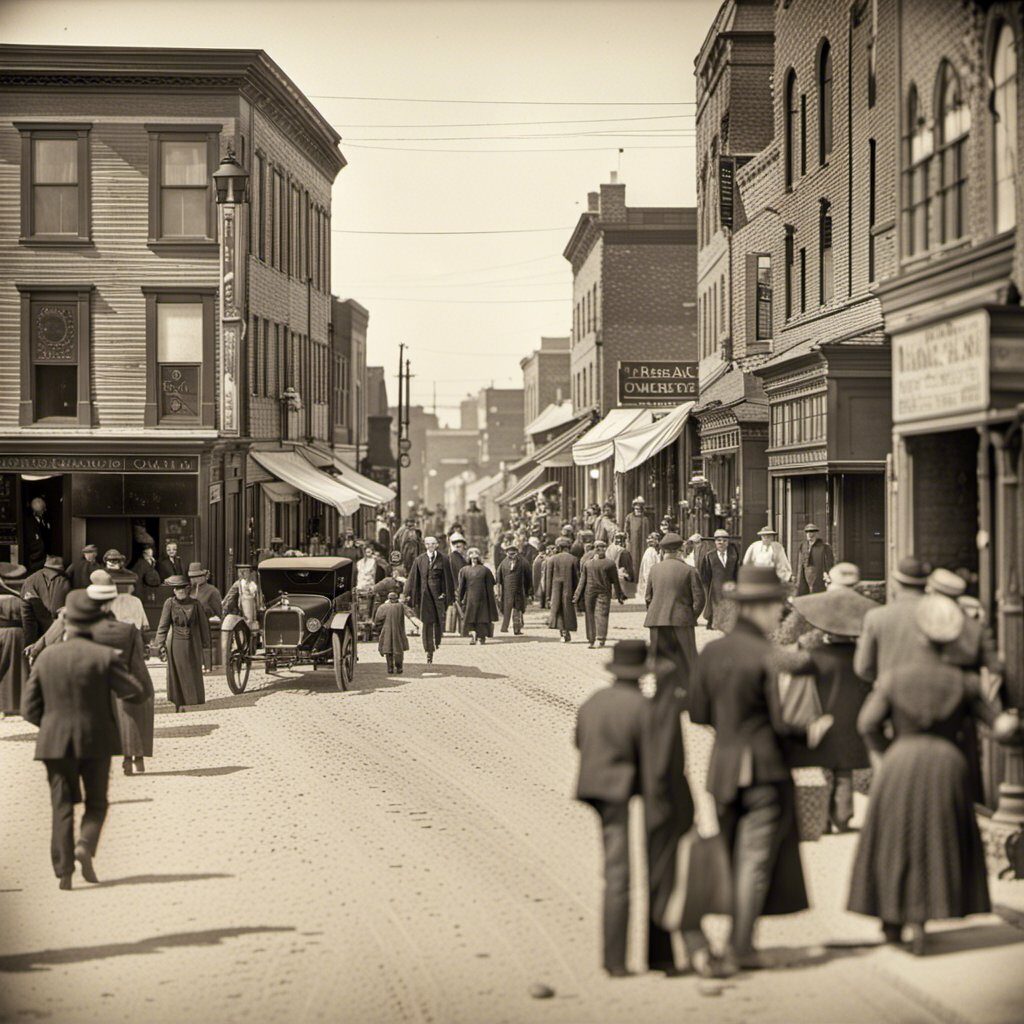
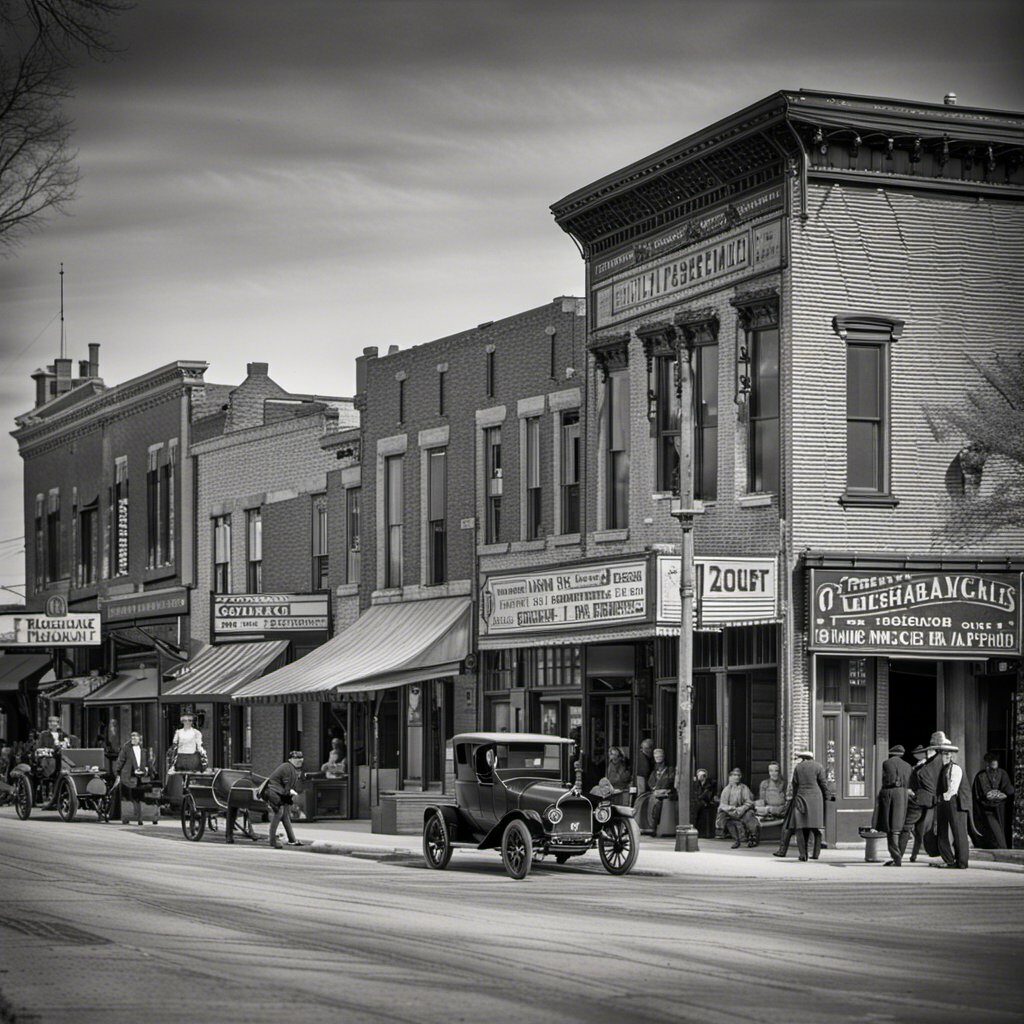
Nebraska City is home to several historical sites that are worth visiting. One of the most famous is the Mayhew Cabin, which was a stop on the Underground Railroad. The cabin was built in 1855 and was used to hide runaway slaves on their journey to freedom. Today, the cabin is a museum that tells the story of the Underground Railroad and the people who risked their lives to help slaves escape.
Another notable historical site in Nebraska City is the Arbor Lodge State Historical Park. This park was once the home of J. Sterling Morton, who was the founder of Arbor Day. The park includes a mansion, gardens, and a museum that tells the story of Morton’s life and his impact on the state.
Sites in Red Cloud
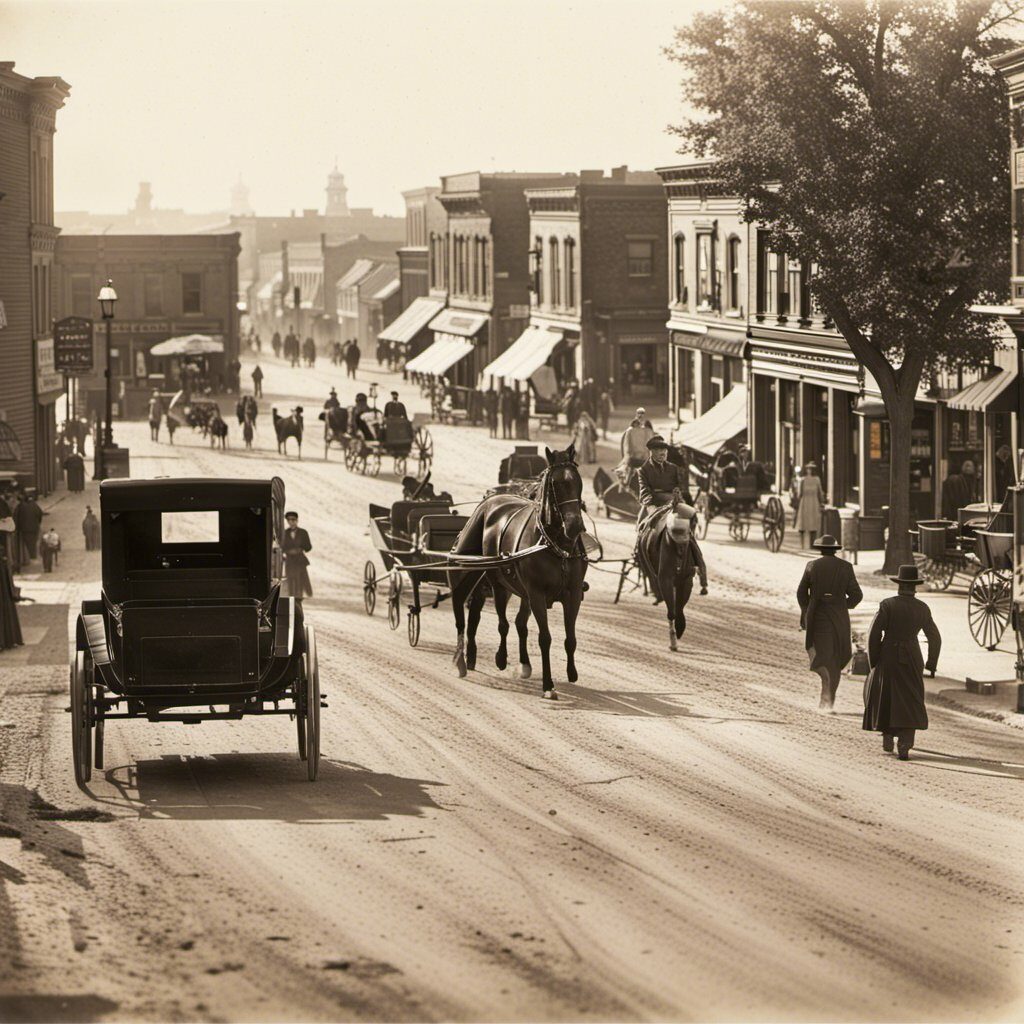
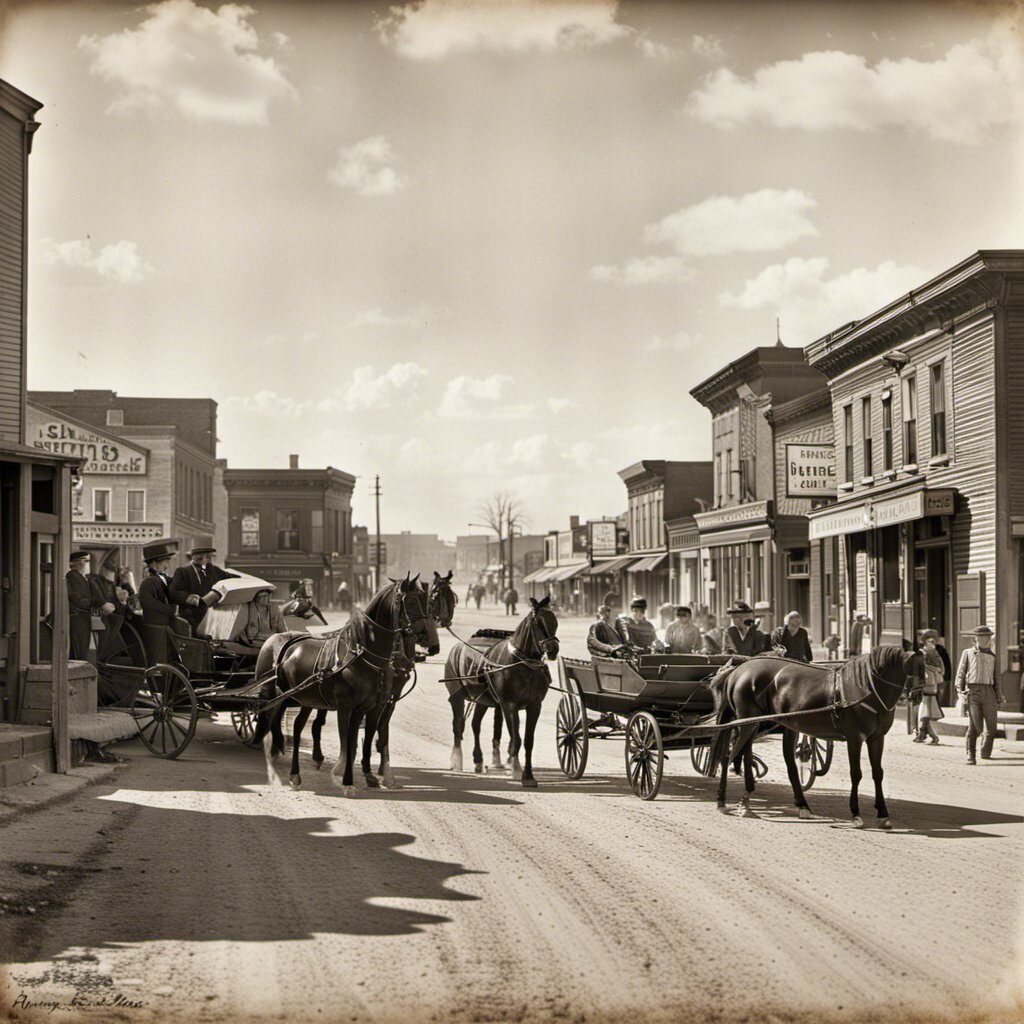
Red Cloud is a small town in southern Nebraska that is known for its connection to the writer Willa Cather. The town is home to the Willa Cather Foundation, which operates several historical sites related to Cather’s life and work. One of the most notable is the Willa Cather House, which was the author’s childhood home. The house has been restored to its original condition and is open to visitors.
Red Cloud is also home to the Red Cloud Opera House, which was built in 1885 and has been restored to its original condition. The opera house hosts concerts, plays, and other events throughout the year.
Sites in Walthill
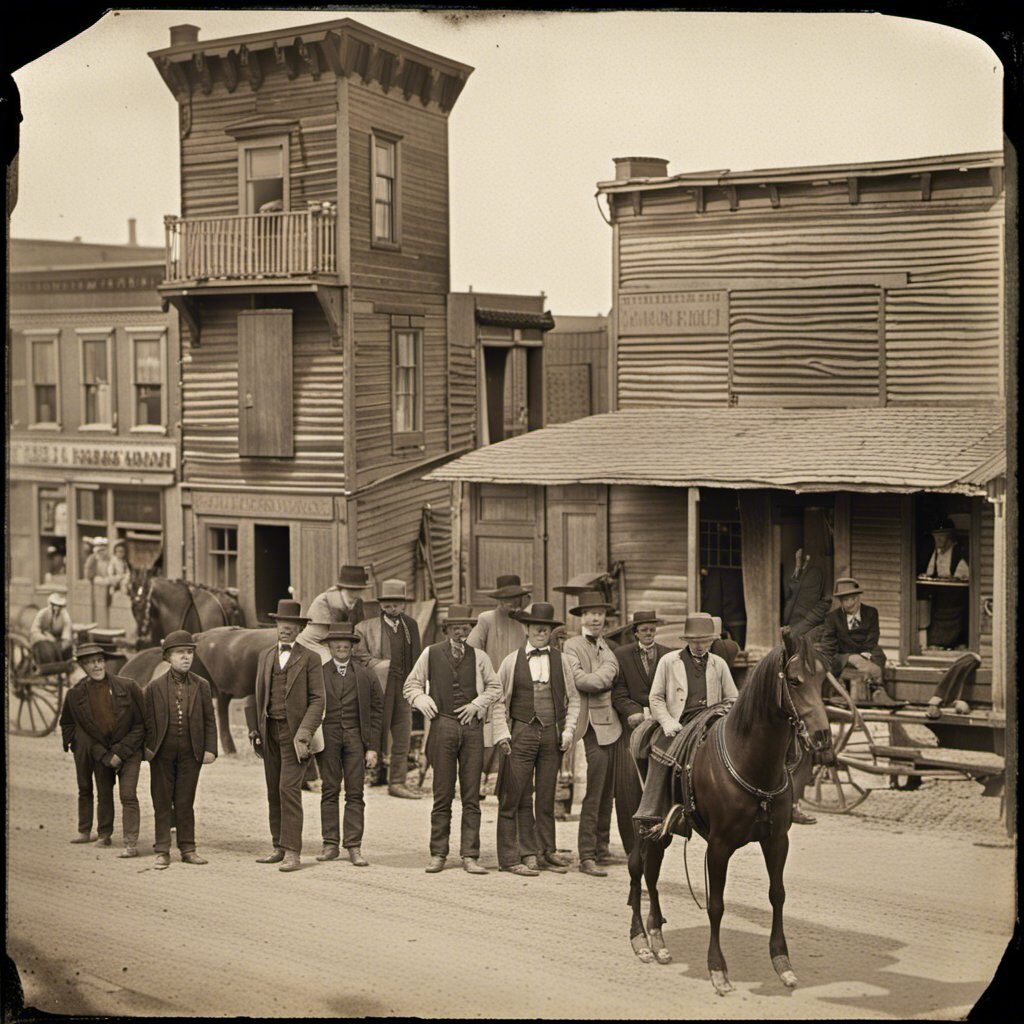
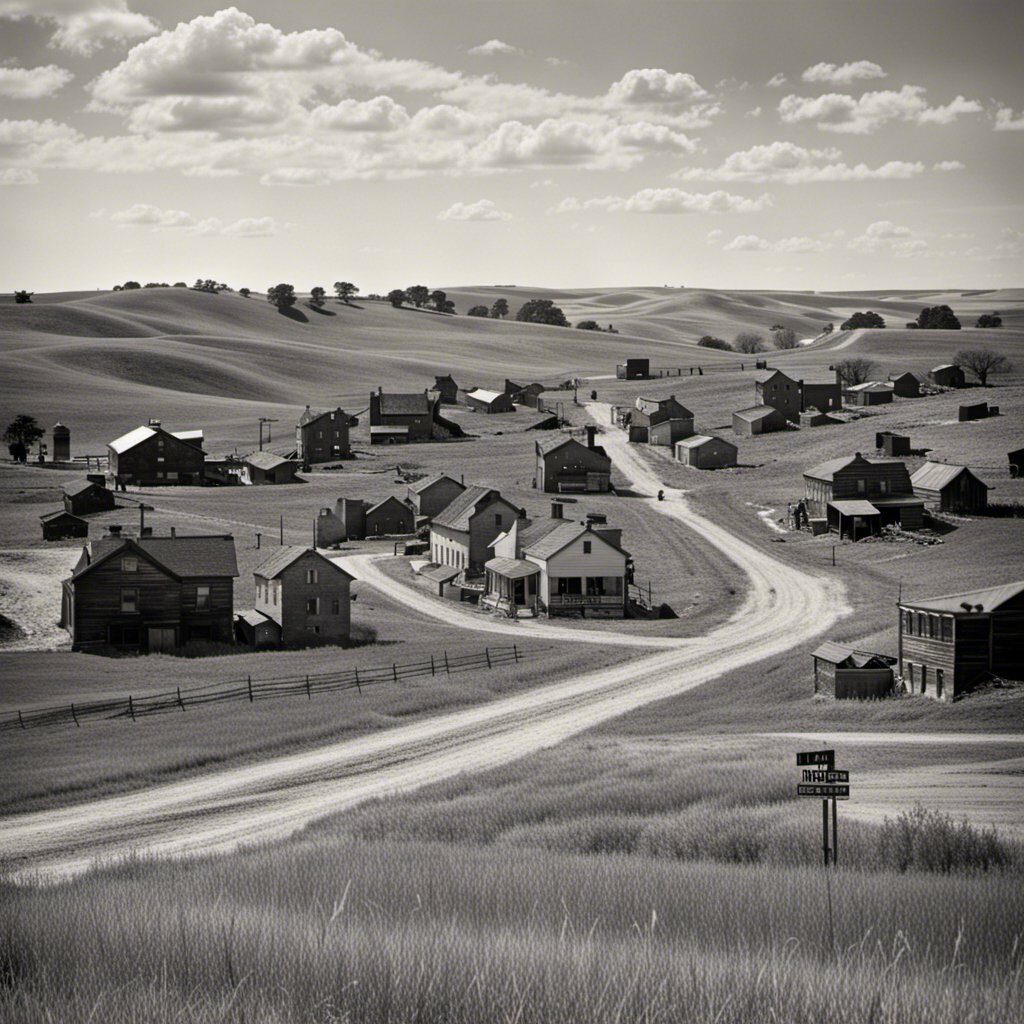
Walthill is a small town in northeastern Nebraska that is home to the Dr. Susan LaFlesche Picotte Memorial Hospital. Dr. Picotte was the first Native American woman to become a licensed physician in the United States, and she founded the hospital in 1913 to provide medical care to the people of the Omaha Reservation. Today, the hospital is a museum that tells the story of Dr. Picotte’s life and her impact on the community.
Another notable historical site in Walthill is the Ash Hollow Cave. This cave was used by Native Americans as a shelter for thousands of years, and it contains petroglyphs and other artifacts that provide insight into their way of life.
Other Notable Sites
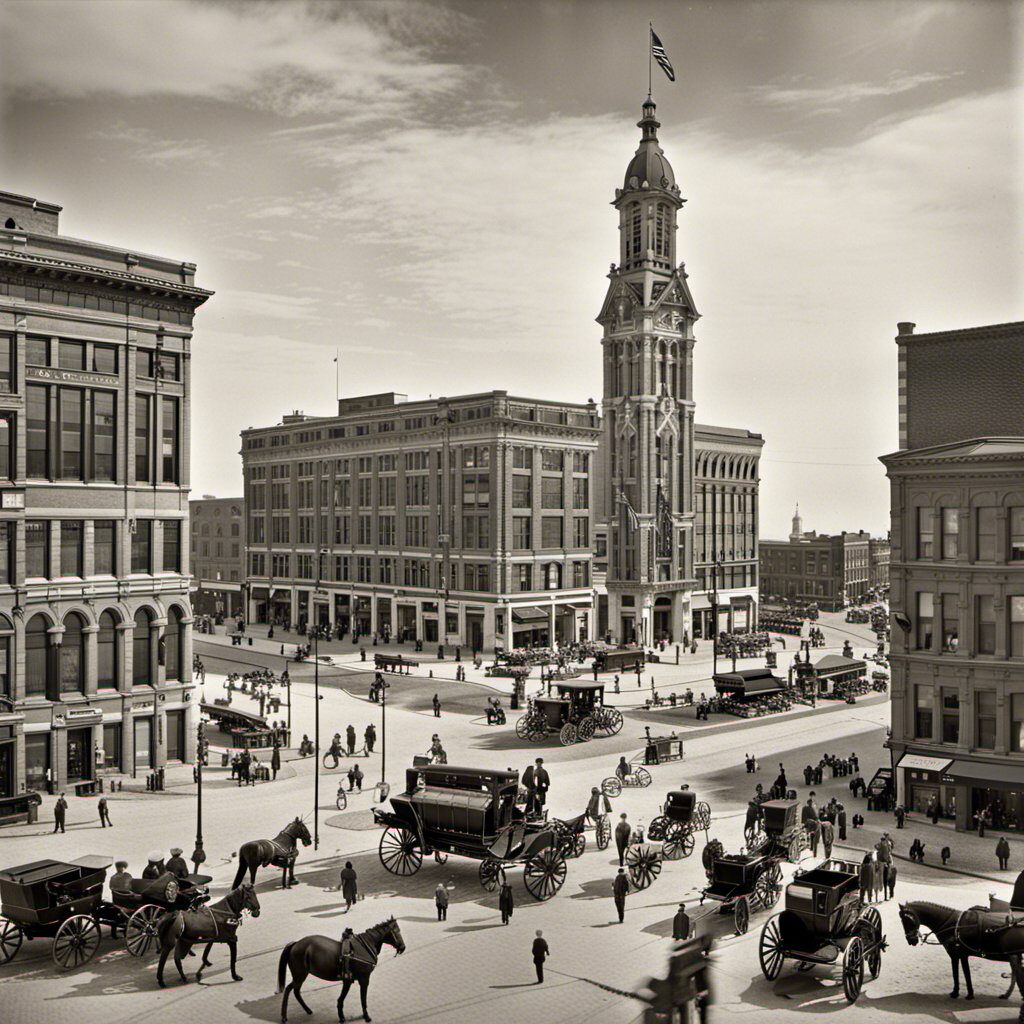
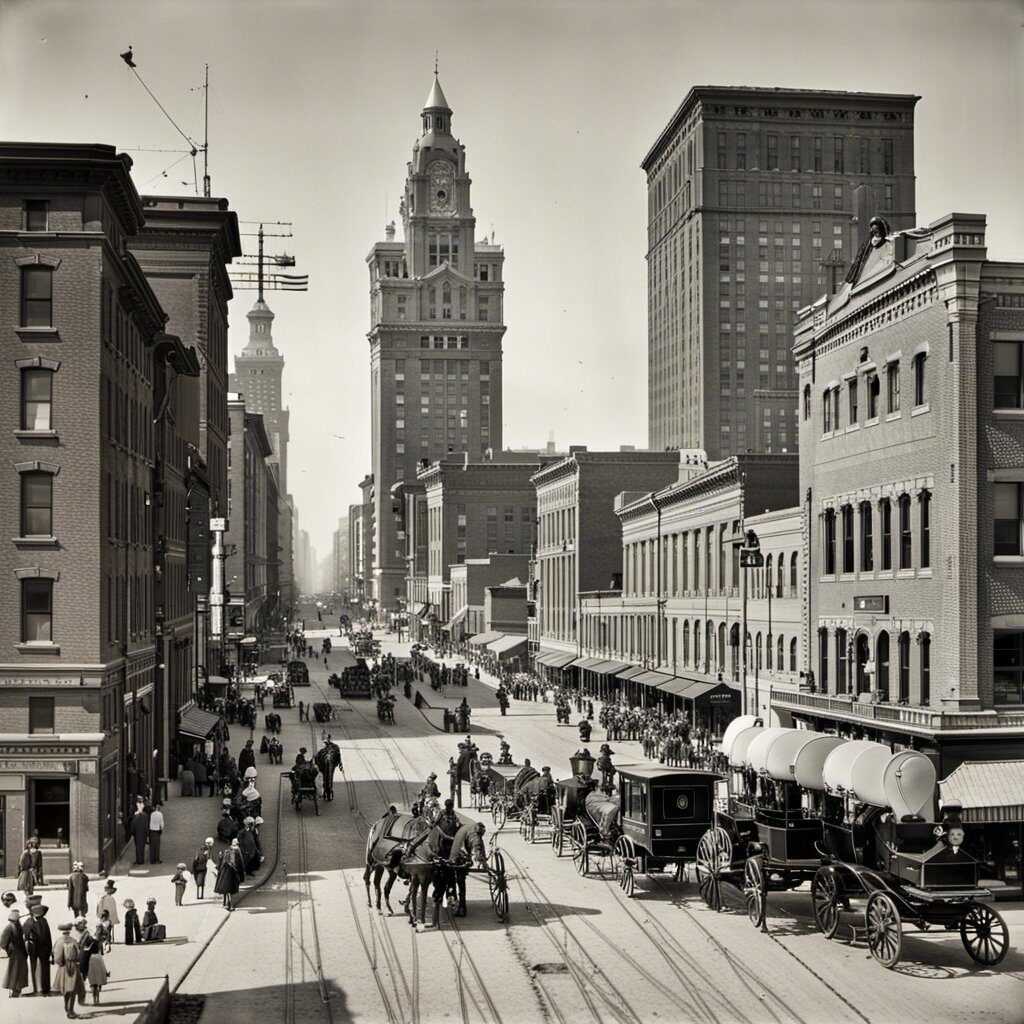
Other historical sites in Nebraska include the Fort Atkinson State Historical Park, which was a military outpost in the early 19th century, and the William Jennings Bryan House, which was the home of the famous politician and orator. Both sites offer a glimpse into Nebraska’s early history and the people who helped shape the state.
Nebraska’s National Parks
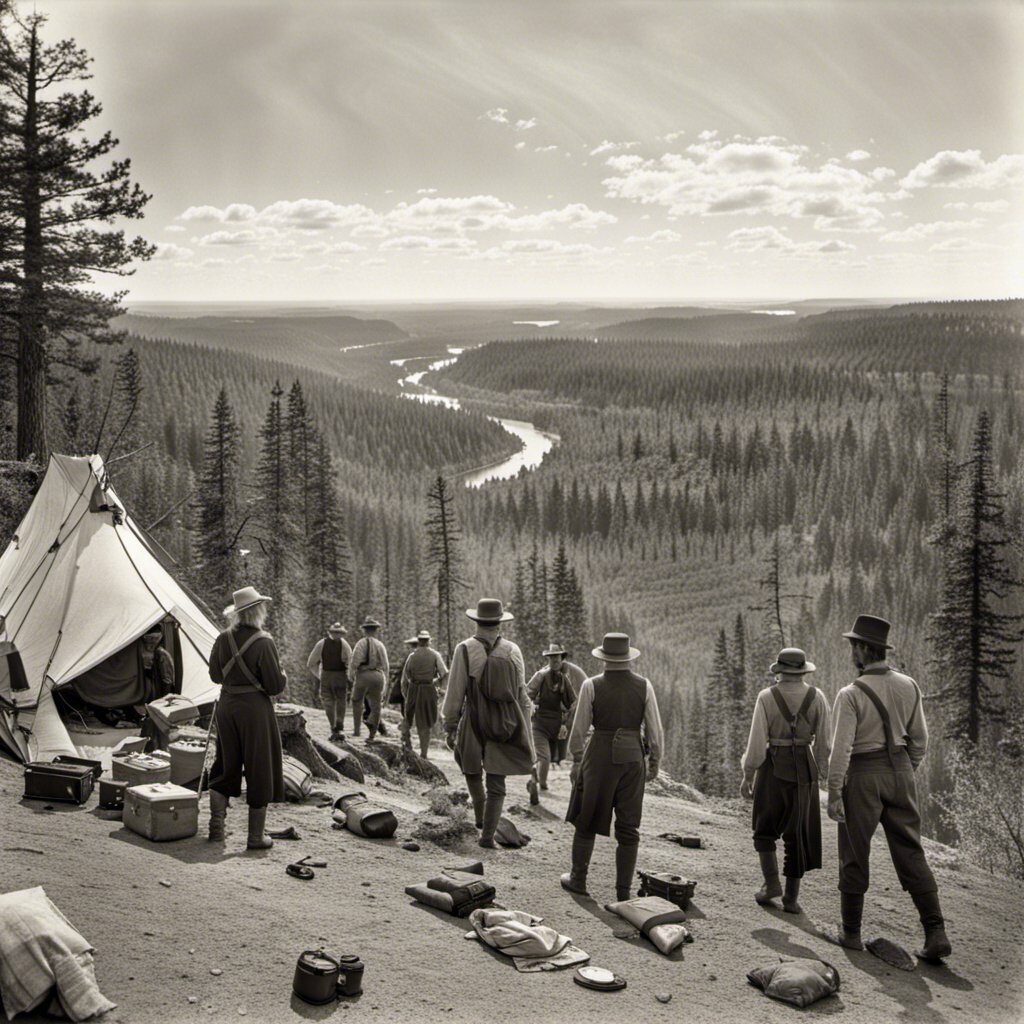
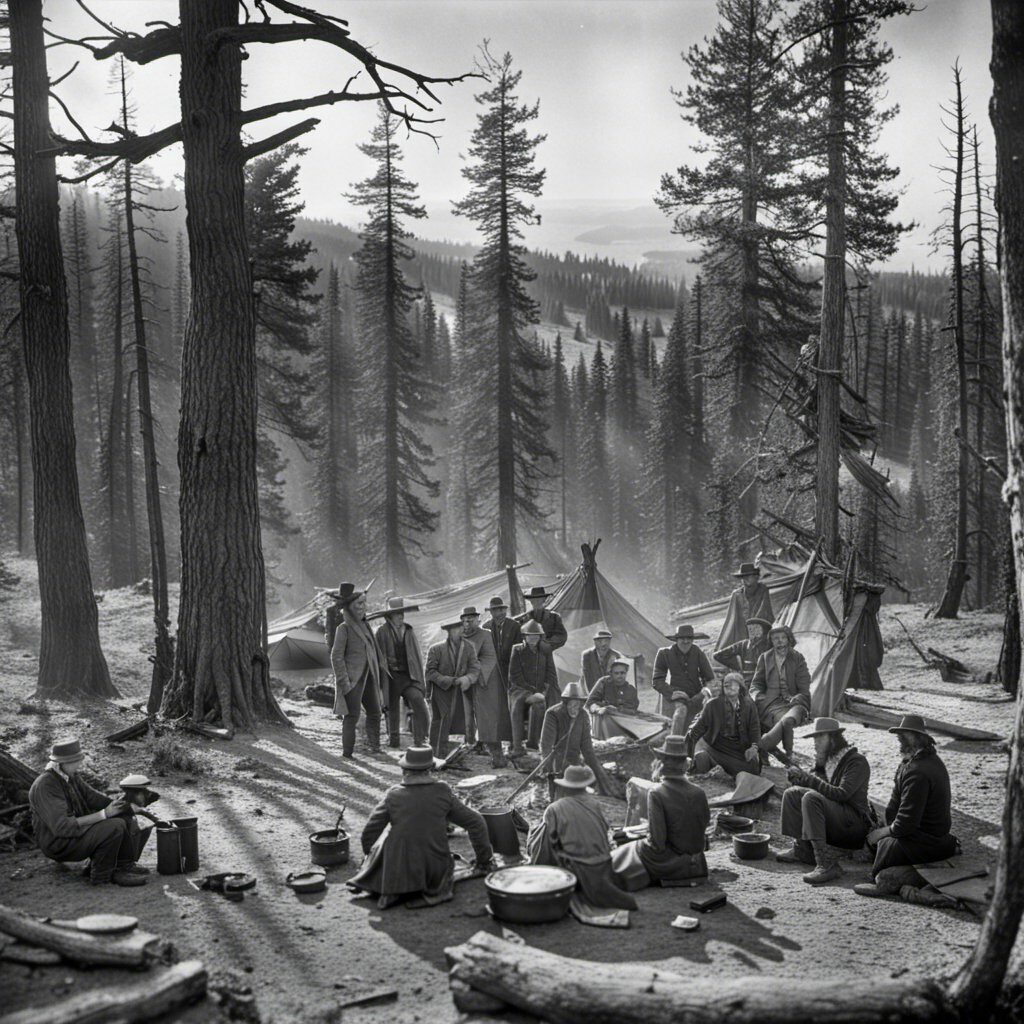
You’re in for a treat when you visit Nebraska’s National Parks. These parks offer a glimpse into the state’s rich history and natural beauty. The National Park Service manages two National Monuments in Nebraska: Scotts Bluff National Monument and Agate Fossil Beds National Monument.
Scotts Bluff National Monument is a must-visit destination for history buffs. The monument sits on the site where pioneers traveled on the Oregon, California, and Mormon Trails. You can hike the trails and see the ruts left by the wagons that traveled through the area. The Visitor Center has exhibits that showcase the history of the area and the people who traveled through it.
Agate Fossil Beds National Monument is a unique destination that offers a glimpse into the past. The monument features Miocene fossils, as well as Native American artifacts at the Lakota and Northern Plains Indian exhibit. You can explore the trails and see the fossils up close. The Visitor Center has exhibits that explain the history of the area and the fossils found there.
Homestead National Historical Park is another must-visit destination for history buffs. The park tells the story of the Homestead Act of 1862, which allowed settlers to claim land in the West. You can tour the historic buildings and learn about the challenges that settlers faced when they moved west.
Ashfall Fossil Beds State Historical Park is a unique destination that offers a glimpse into the past. The park features fossils from the Miocene Epoch, including rhinoceroses, camels, and horses. You can explore the trails and see the fossils up close. The Visitor Center has exhibits that explain the history of the area and the fossils found there.
Indian Cave State Park is a beautiful destination that offers stunning views of the Missouri River. The park features hiking trails, picnic areas, and campsites. You can explore the park and enjoy the natural beauty of the area.
In conclusion, Nebraska’s National Parks offer a unique glimpse into the state’s rich history and natural beauty. Whether you’re a history buff or nature lover, you’re sure to find something to enjoy at these parks.
The Oregon and Mormon Trails
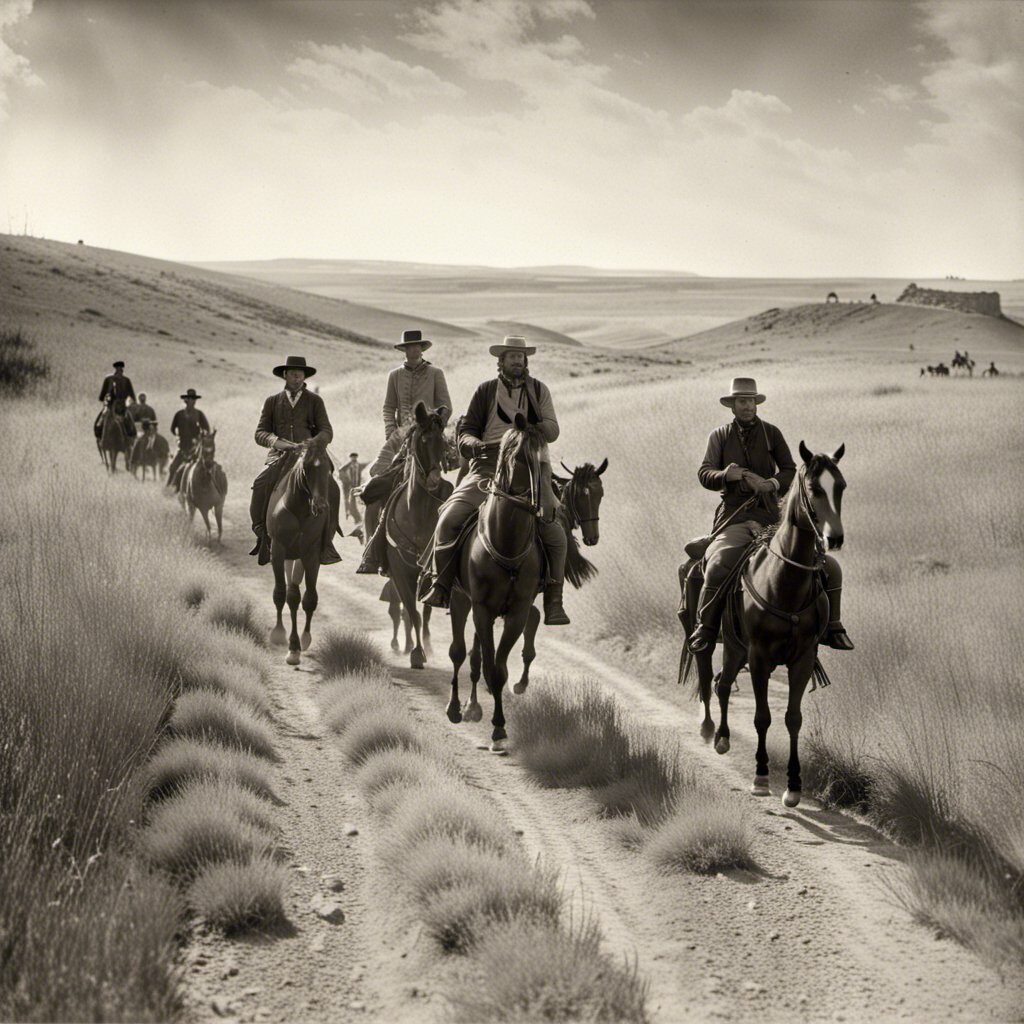
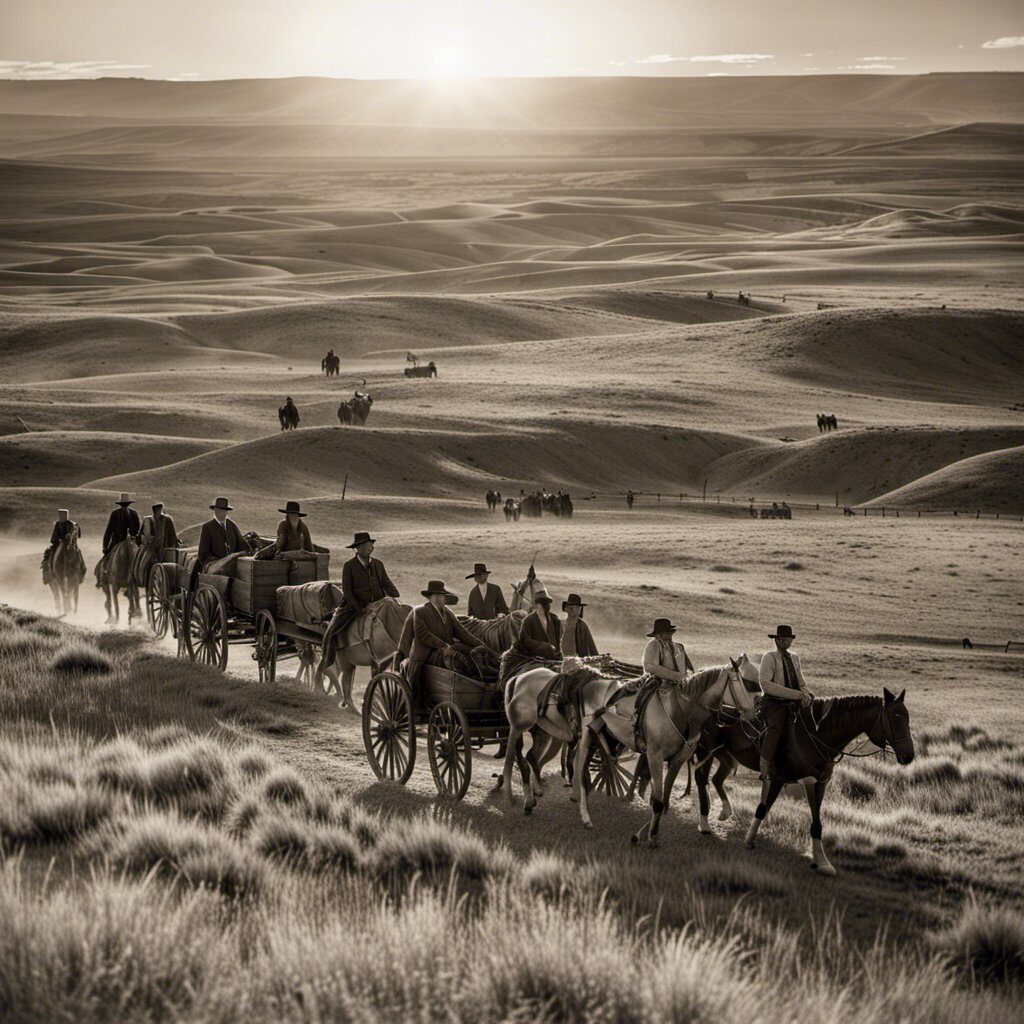
If you’re a history buff, you’ll love exploring the Oregon and Mormon Trails in Nebraska. These trails were crucial routes for pioneers heading west during the 1800s, and they’re now designated as National Historic Trails.
The Oregon Trail was a 2,000-mile route that stretched from Missouri to Oregon, and it was used by over 400,000 settlers. Along the way, they encountered harsh weather, disease, and attacks from Native Americans. Today, you can explore parts of the trail in Nebraska and learn about the challenges that pioneers faced.
The Mormon Trail was a 1,300-mile route that was used by members of the Church of Jesus Christ of Latter-day Saints. They were fleeing persecution in the Midwest and heading to Utah to establish a new home. The trail passed through Nebraska, and you can visit several historic sites along the way.
One of the most famous landmarks on the Oregon and Mormon Trails is Chimney Rock, which rises 325 feet above the surrounding landscape. It was a guiding landmark for pioneers and is now a National Historic Site. You can visit the Ethel and Christopher J. Abbott Visitor Center to learn more about the history of the area.
If you’re interested in touring the trails, there are several options available. You can take a guided tour or explore on your own. The National Park Service offers a variety of resources to help you plan your trip, including interactive maps and educational materials.
Visiting the Oregon and Mormon Trails is a great way to step back in time and experience the challenges and triumphs of the pioneers who traveled west. Whether you’re a history buff or just looking for a unique adventure, these trails are sure to leave you feeling inspired and excited.
Nebraska’s Rivers and Geology
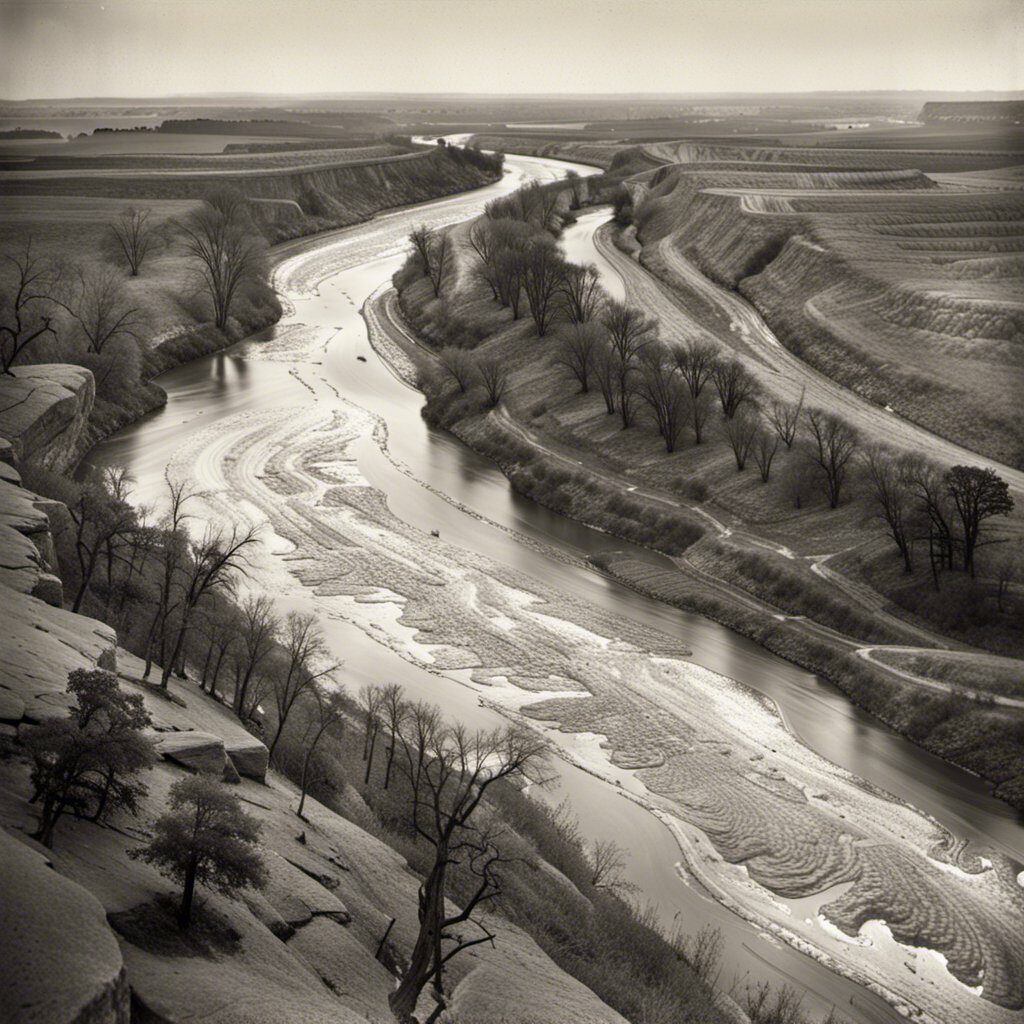
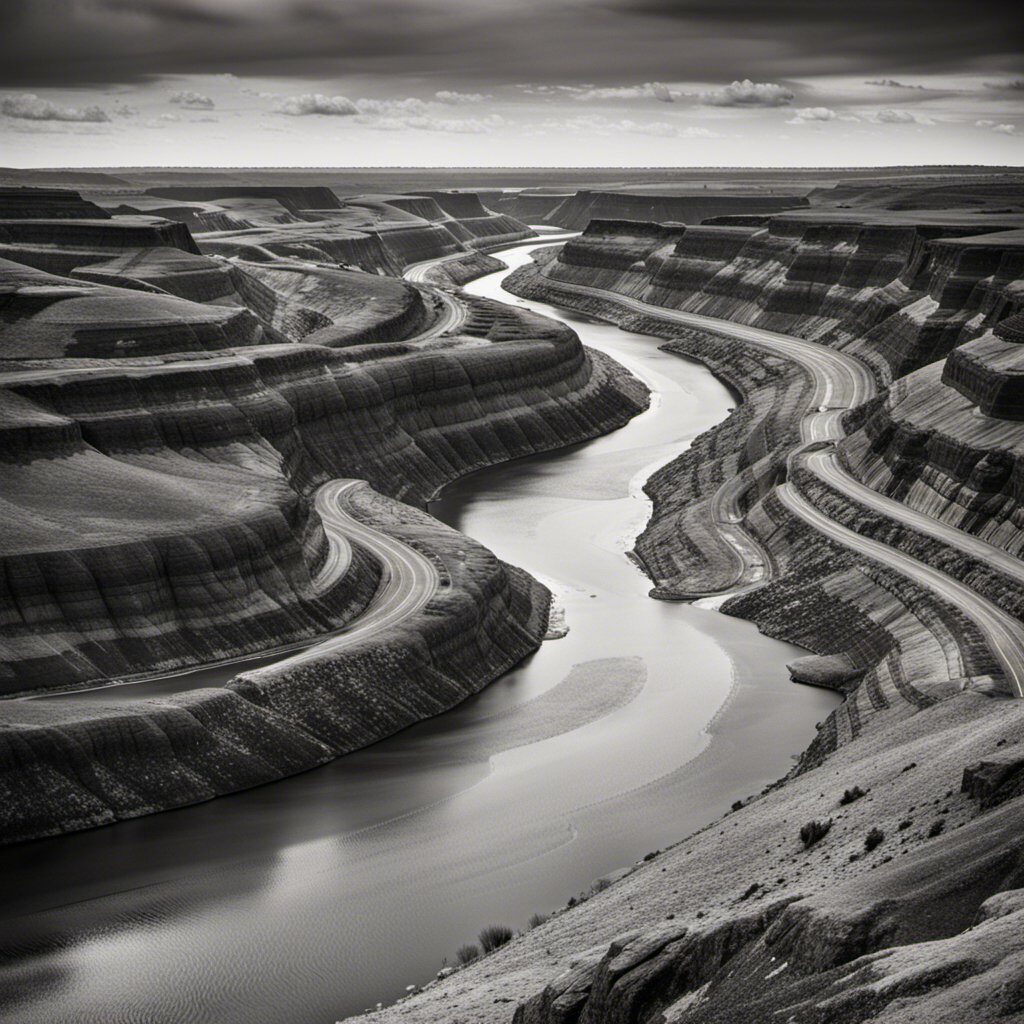
Nebraska is home to several rivers that have played a vital role in shaping the state’s landscape. The Missouri River is the longest river in North America, and it forms Nebraska’s eastern border. The river stretches for over 2,300 miles and offers a variety of recreational activities such as fishing, boating, and kayaking. The North Platte River is another major river in Nebraska that flows through the western part of the state. It is a popular destination for fishing, camping, and hiking, and it is known for its scenic beauty.
The Platte River Valley is a unique feature of Nebraska’s landscape. It is a broad, flat valley that extends across the state from west to east. The Platte River, which flows through the valley, is a shallow, meandering river that is a popular destination for birdwatching. The valley is also home to several historic sites, including the Oregon Trail and the Pony Express.
Nebraska’s geology is equally fascinating. The state is home to several rock formations that are millions of years old. One of the most famous rock formations in Nebraska is Chimney Rock, which rises over 300 feet above the surrounding landscape. It was a landmark for pioneers traveling west on the Oregon Trail. The state is also home to several miocene fossils, including the rhinoceros and the three-toed horse. These fossils provide a glimpse into the state’s ancient past.
In addition to Chimney Rock, there are several other rock formations in Nebraska that are worth exploring. Scotts Bluff National Monument is a towering rock formation that rises over 800 feet above the surrounding landscape. It was also a landmark for pioneers traveling west on the Oregon Trail. Another notable rock formation is Toadstool Geologic Park, which is home to unique rock formations that were formed by erosion.
Overall, Nebraska’s rivers and geology offer a unique glimpse into the state’s history and natural beauty. Whether you’re interested in fishing, hiking, or exploring ancient fossils, Nebraska has something to offer.
Nebraska’s Counties and Towns
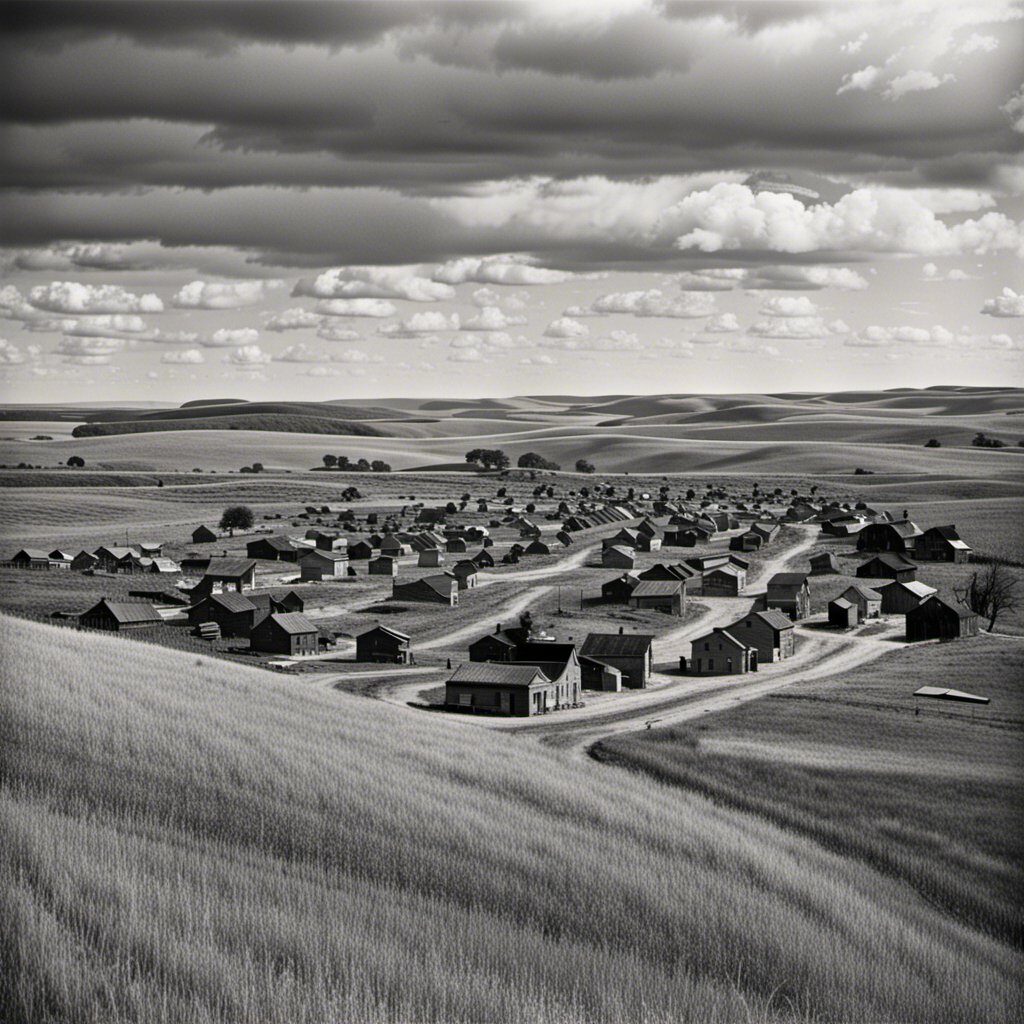
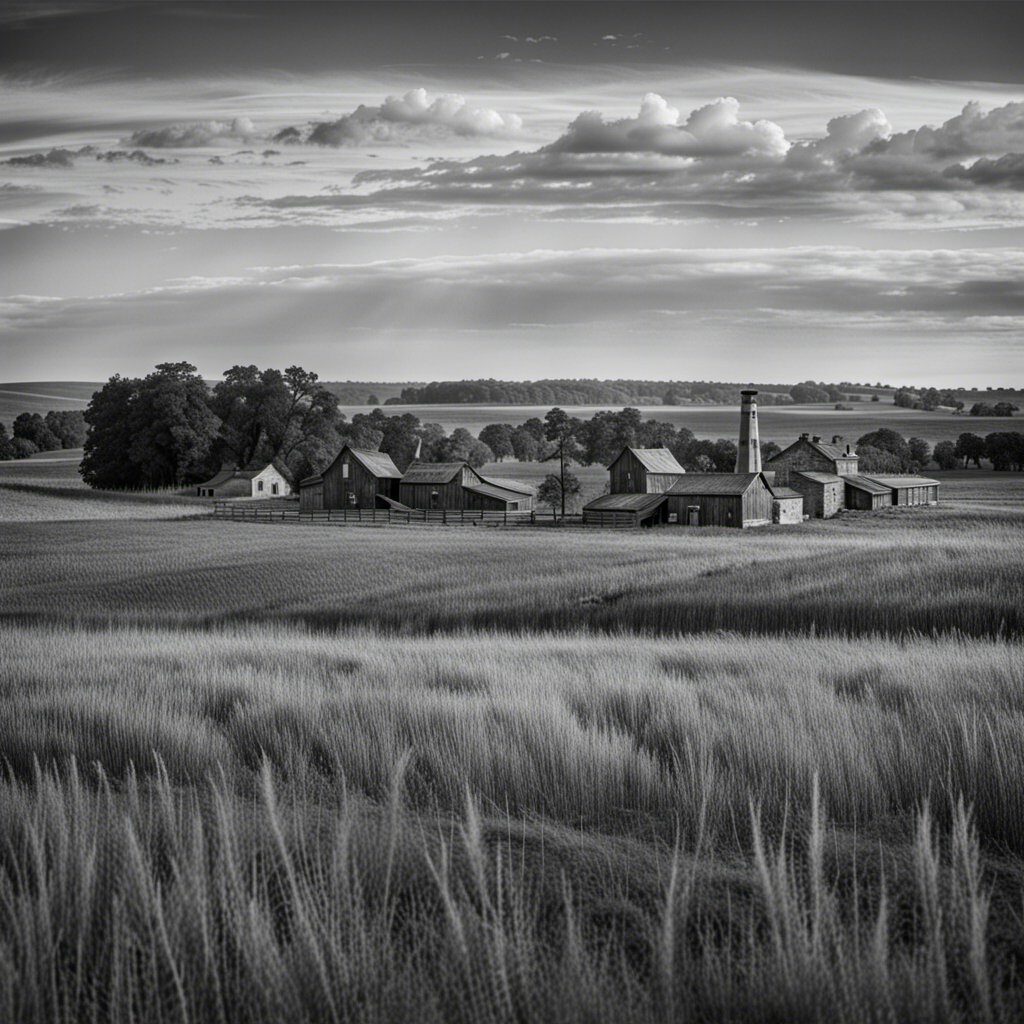
Nebraska is a state with 93 counties, each with its unique history, culture, and landmarks. Here are some notable counties and towns you should explore to learn more about Nebraska’s history:
Douglas County
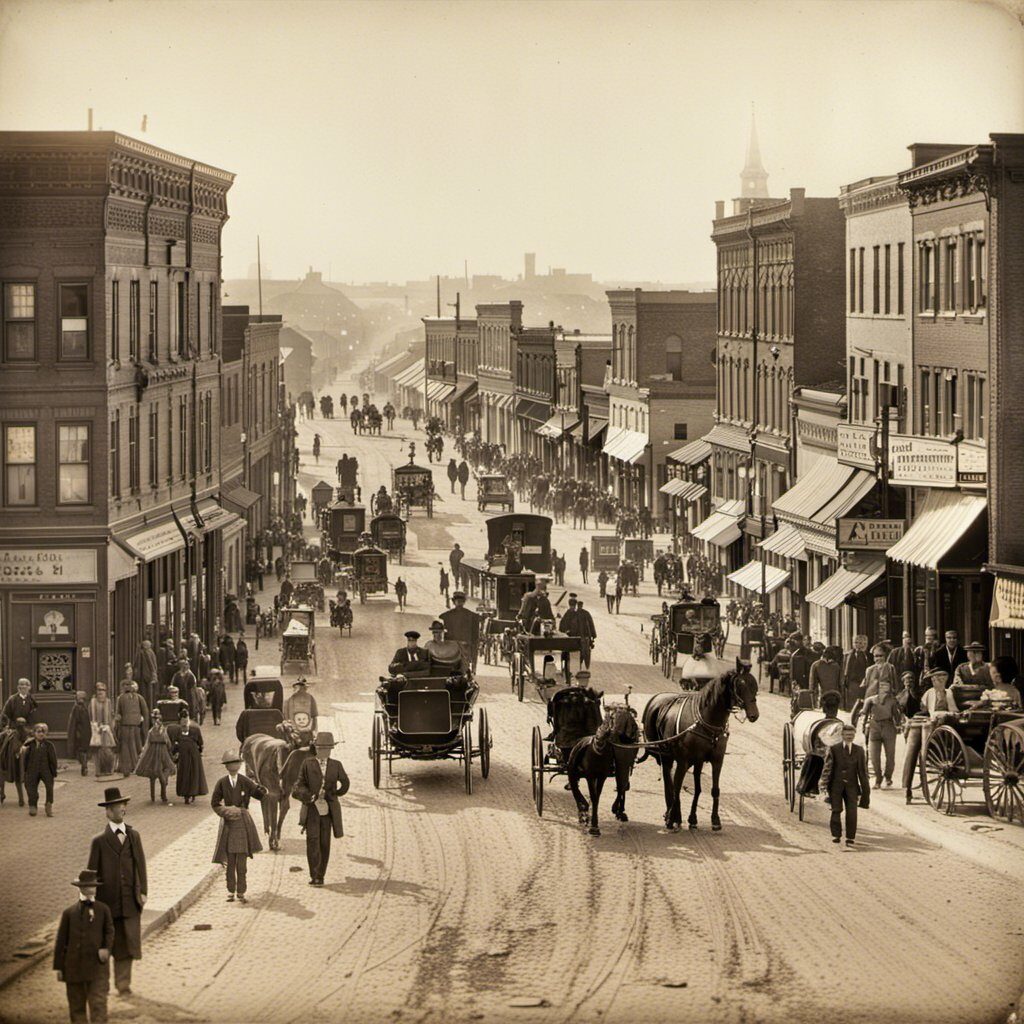
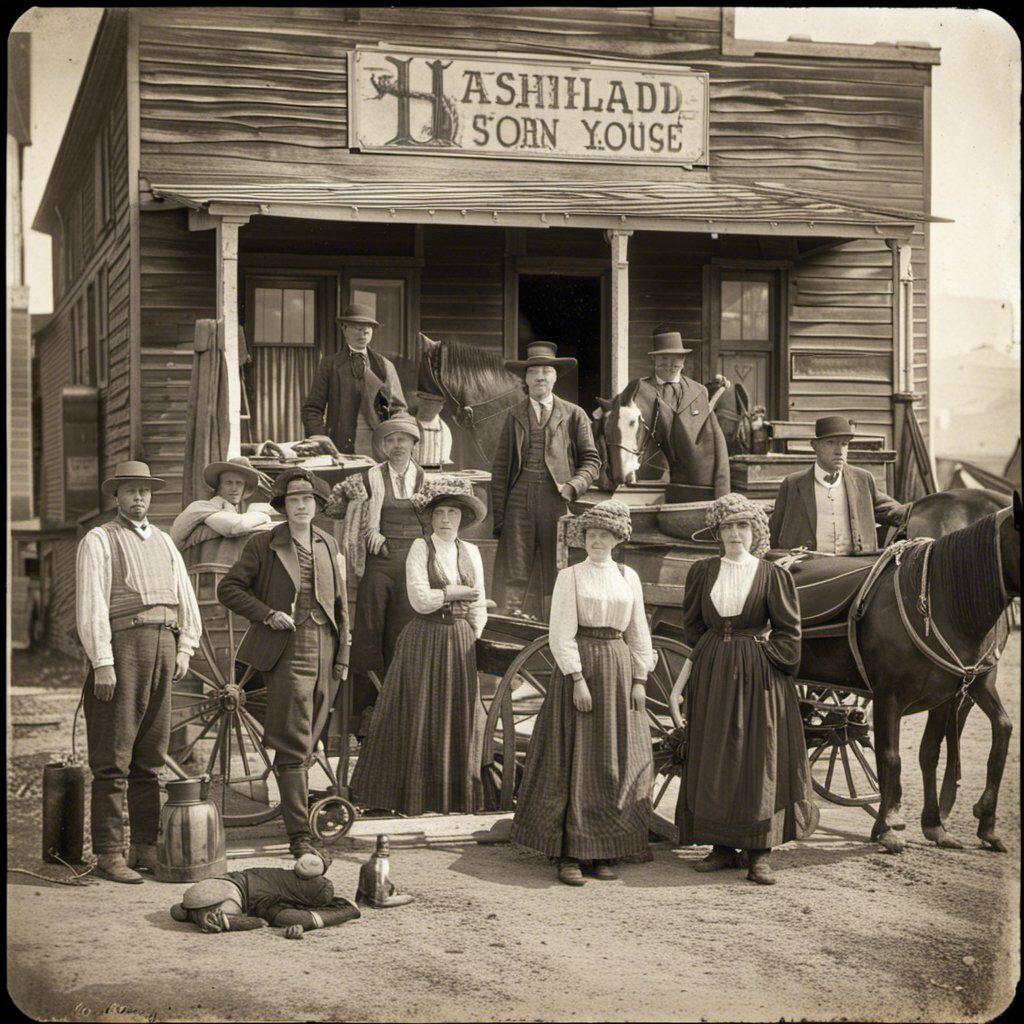
Douglas County is home to Omaha, the largest city in Nebraska. Omaha has a rich history and is home to many historical landmarks, including the Durham Museum, the Joslyn Art Museum, and the Omaha Children’s Museum. While in Omaha, you can also visit the Old Market, a historic district with many shops, restaurants, and entertainment venues.
Lancaster County
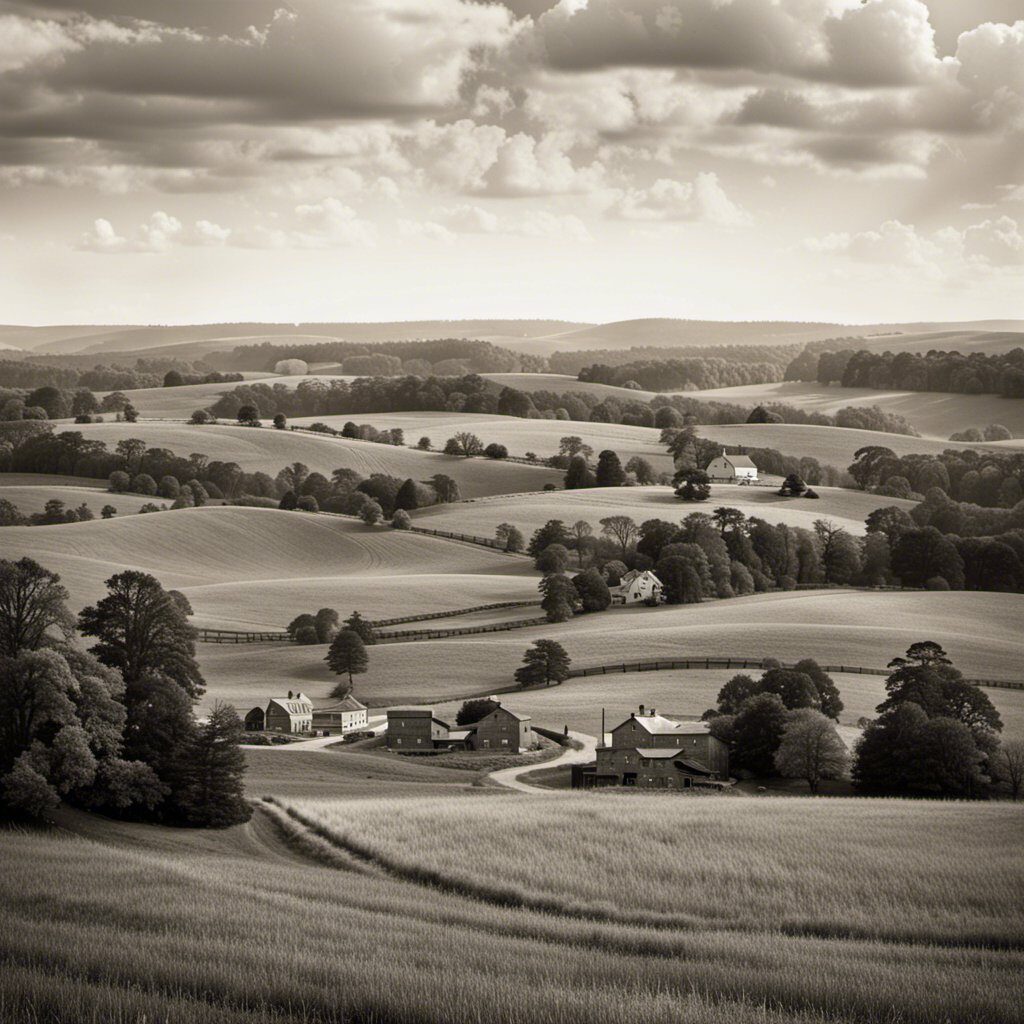
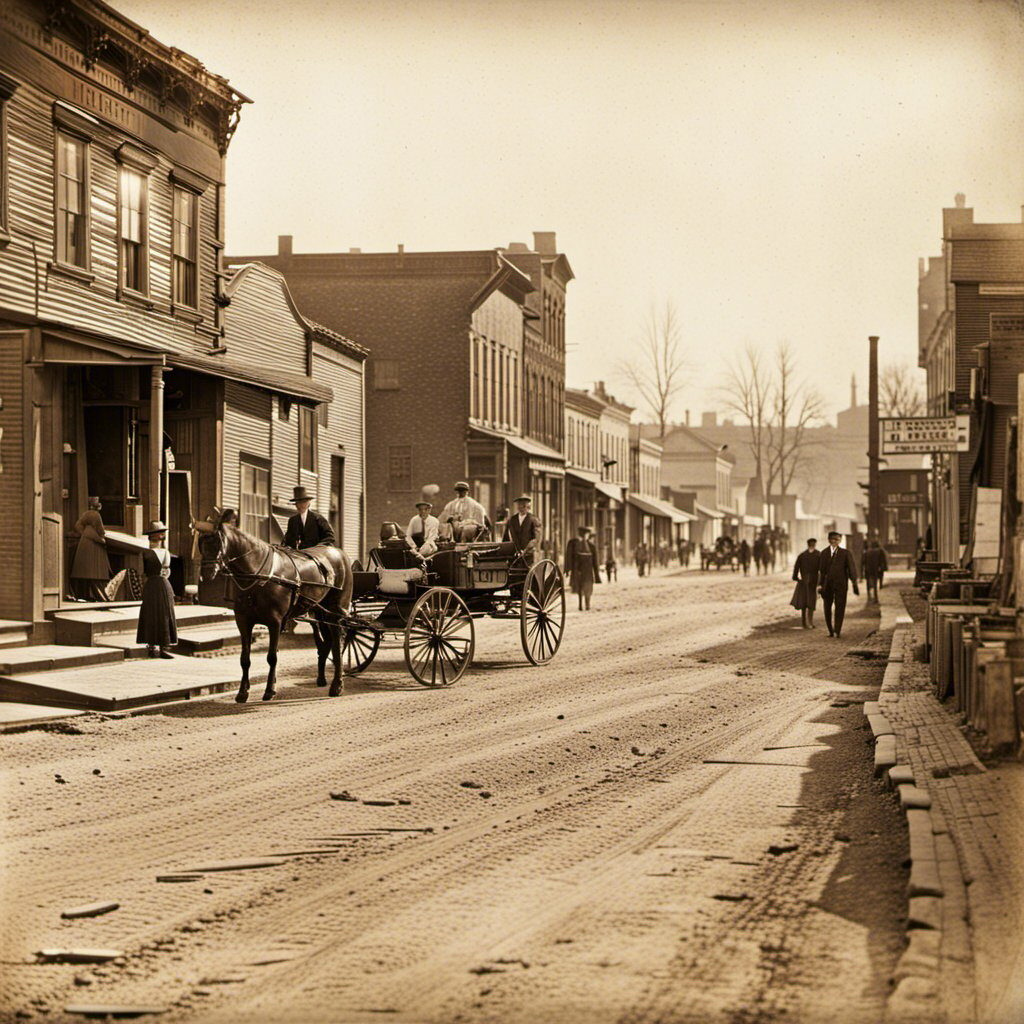
Lancaster County is home to Lincoln, the capital city of Nebraska. Lincoln is home to many historical sites, including the Nebraska State Capitol, the Governor’s Mansion, and the Sunken Gardens. You can also visit the University of Nebraska-Lincoln, which has a rich history and many landmarks.
Otoe County
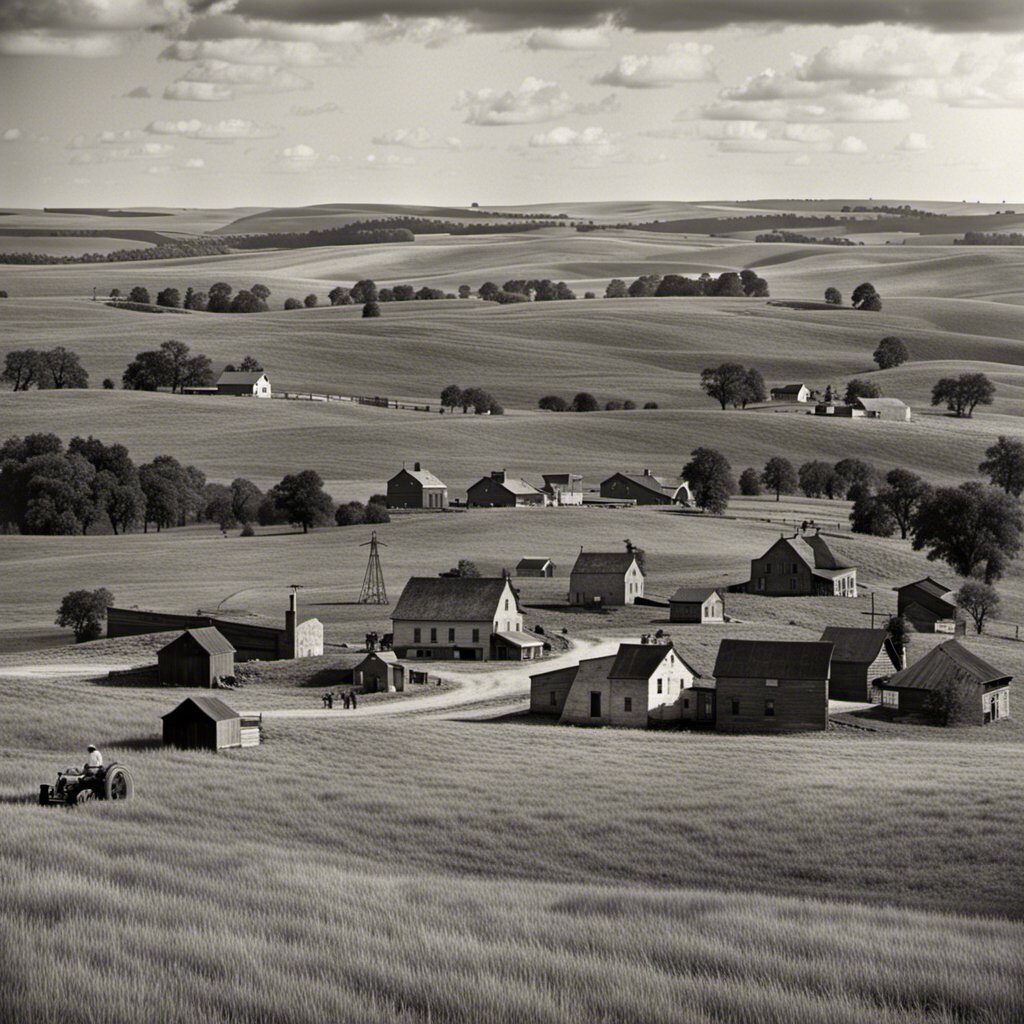
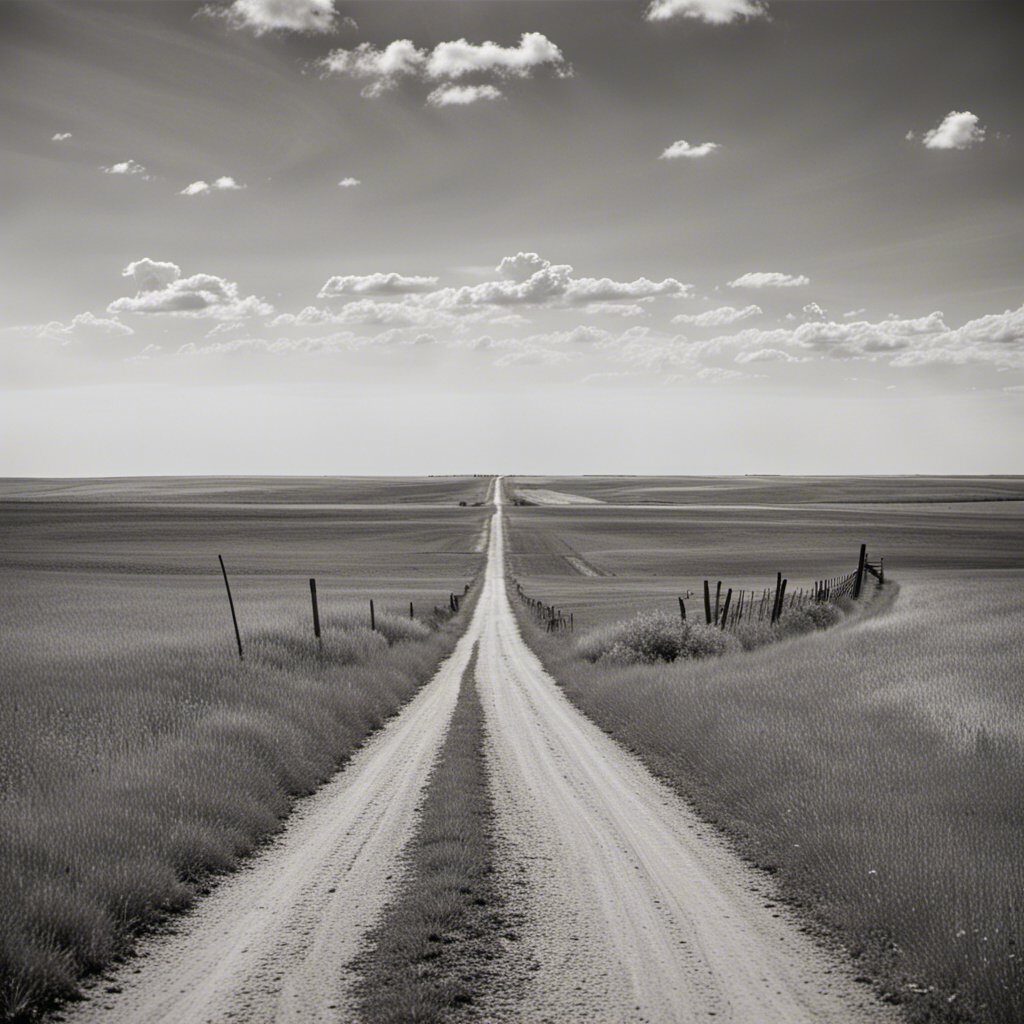
Otoe County is home to Nebraska City, a historic city that played a significant role in Nebraska’s history. Nebraska City is home to many landmarks, including the Missouri River Basin Lewis and Clark Interpretive Center, the Mayhew Cabin, and the Kregel Windmill Factory Museum.
Cass County
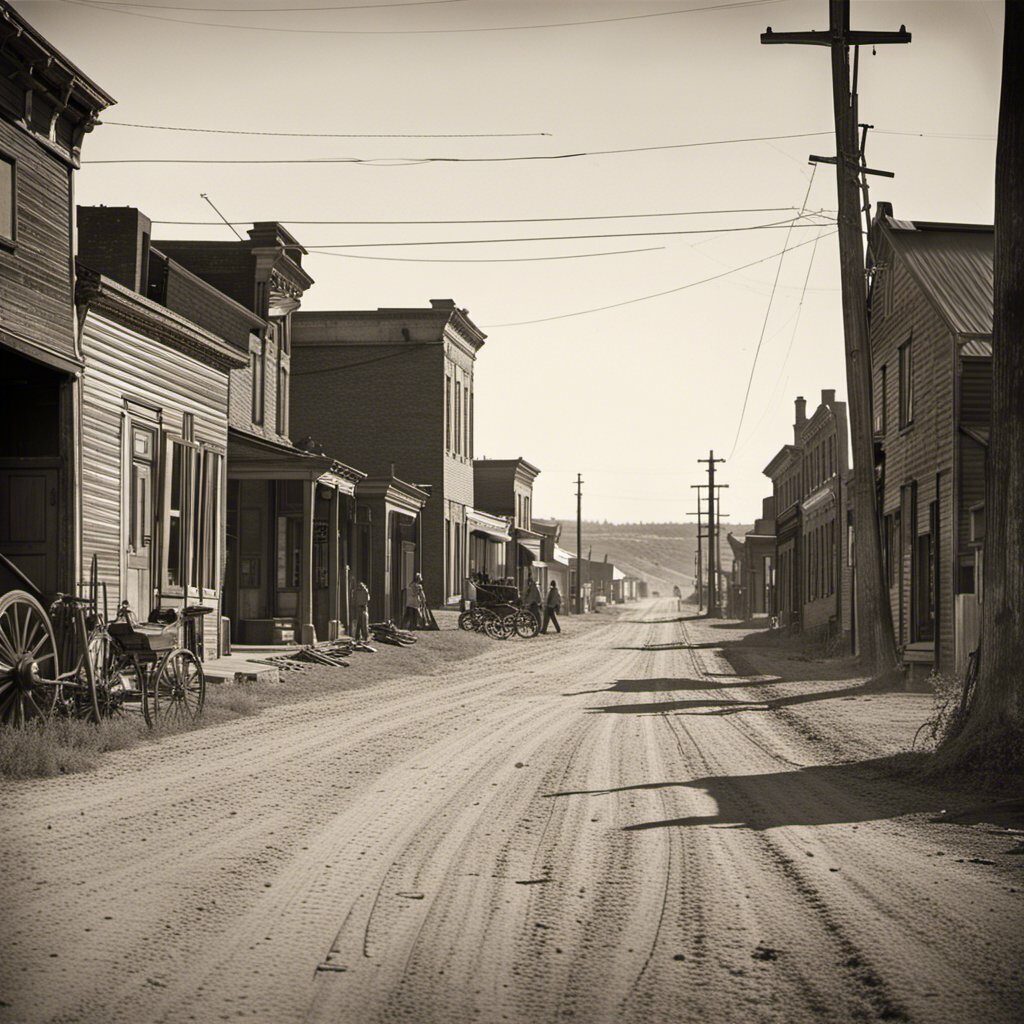
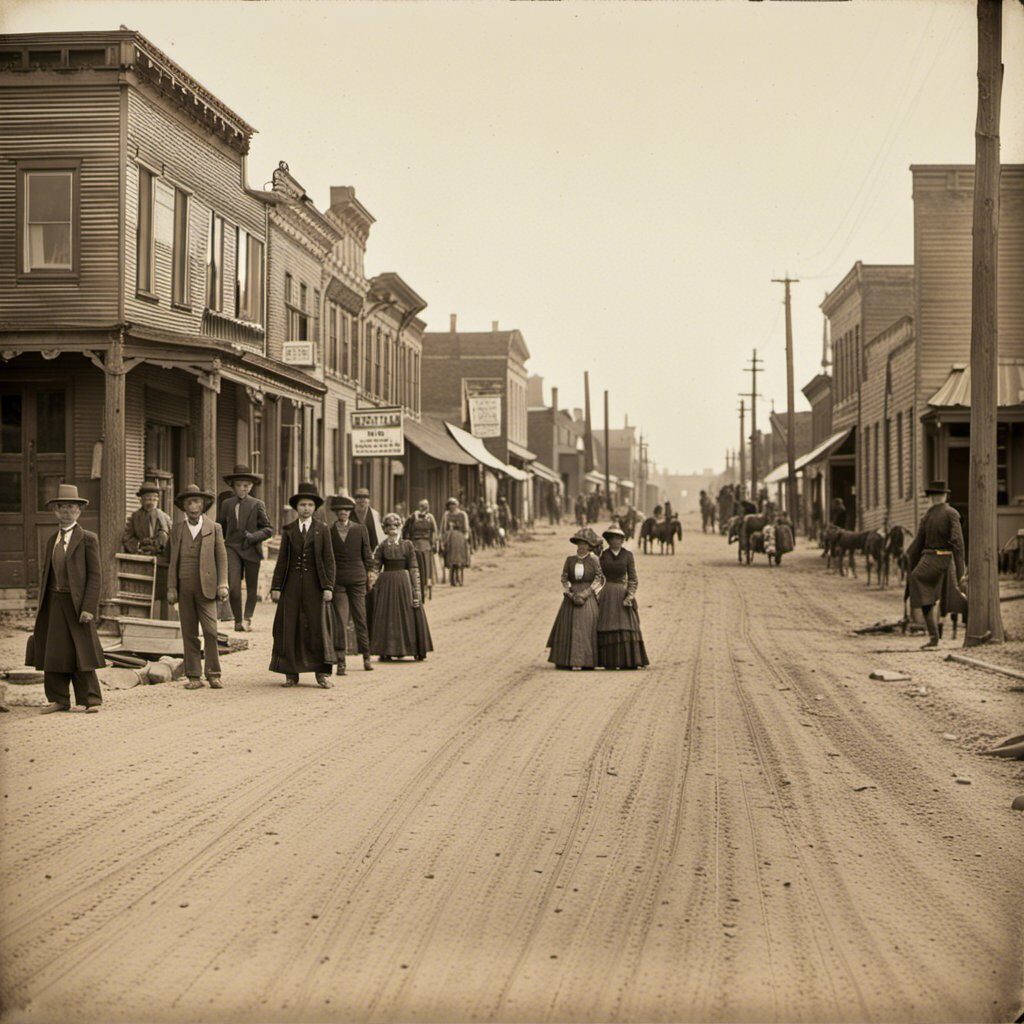
Cass County is home to Fort Calhoun, a historic city that played a significant role in Nebraska’s history. Fort Calhoun is home to many landmarks, including the Fort Atkinson State Historical Park, the Washington County Museum, and the Fort Calhoun State Recreation Area.
Nemaha County
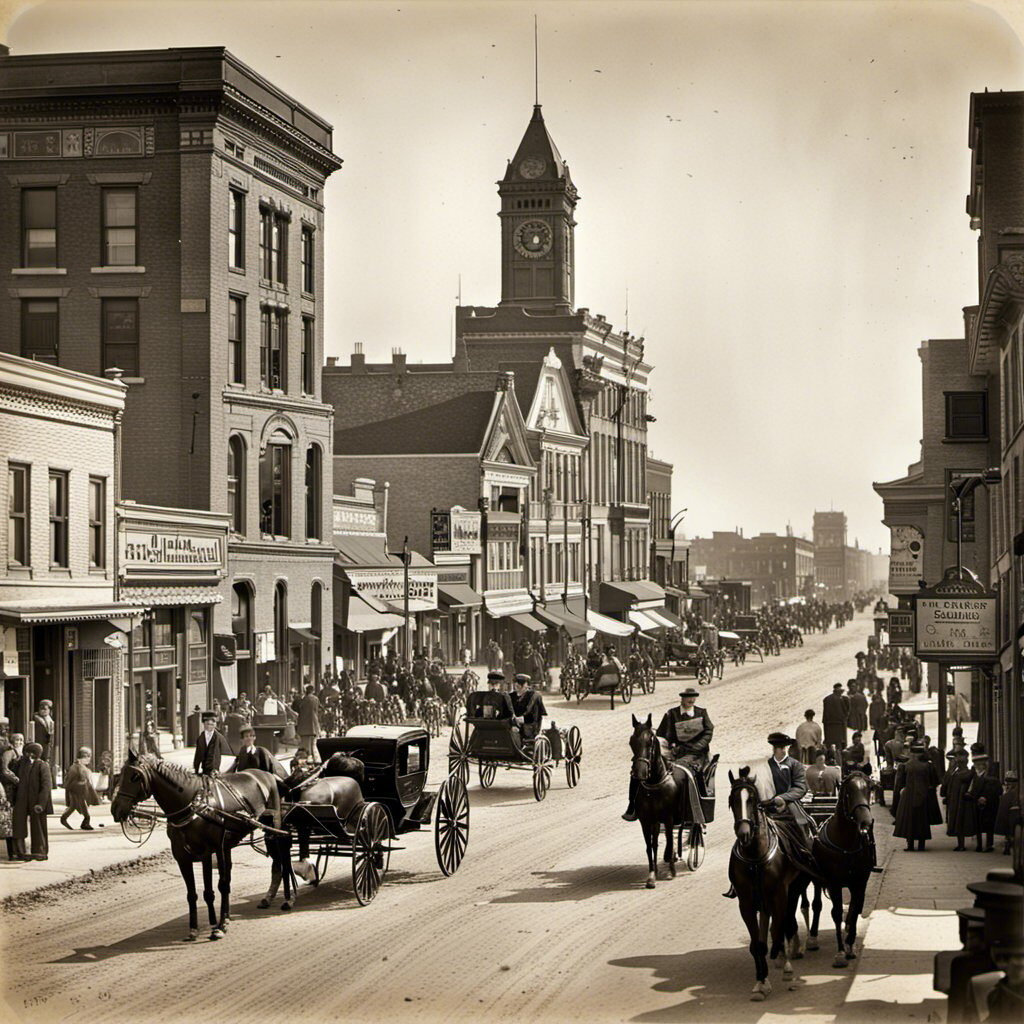
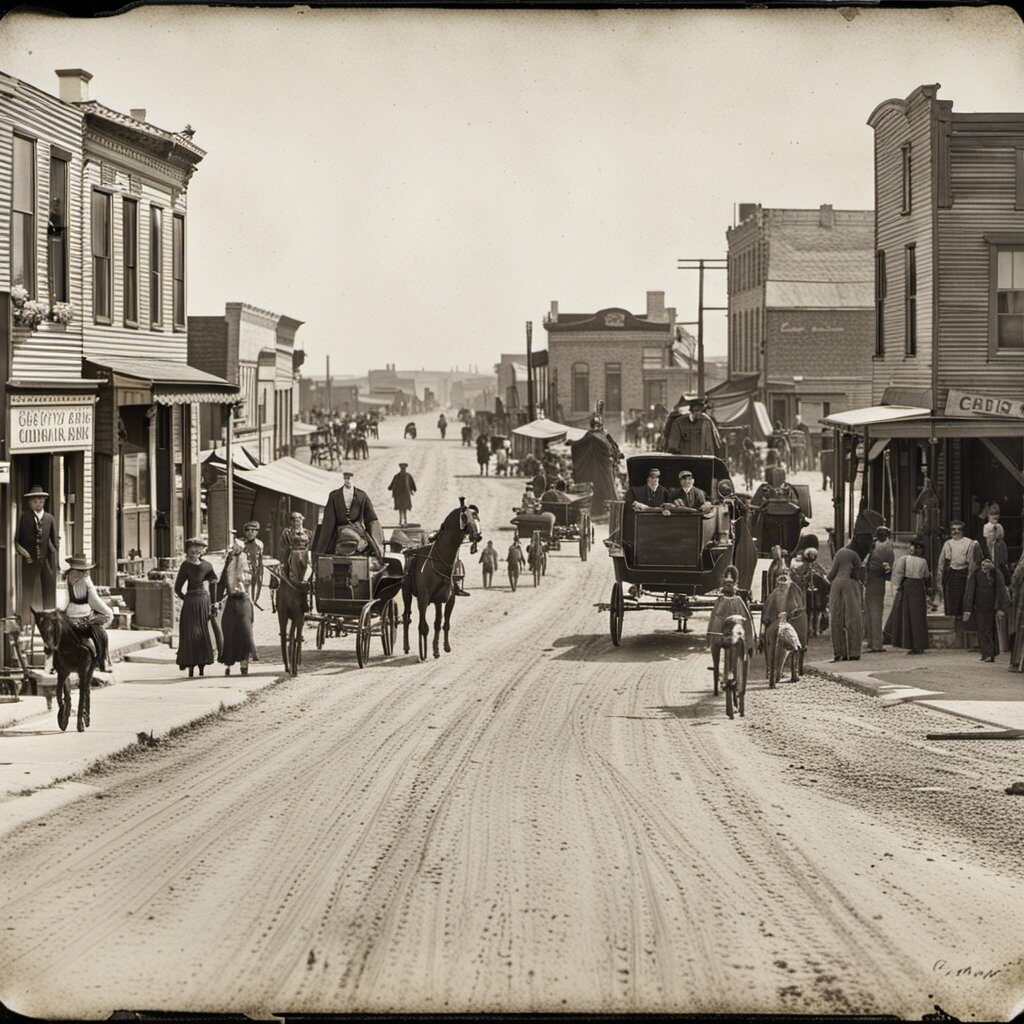
Nemaha County is home to Brownville, a historic city that played a significant role in Nebraska’s history. Brownville is home to many landmarks, including the Brownville Concert Series, the Brownville Village Theatre, and the Brownville Historical Society Museum.
Webster County
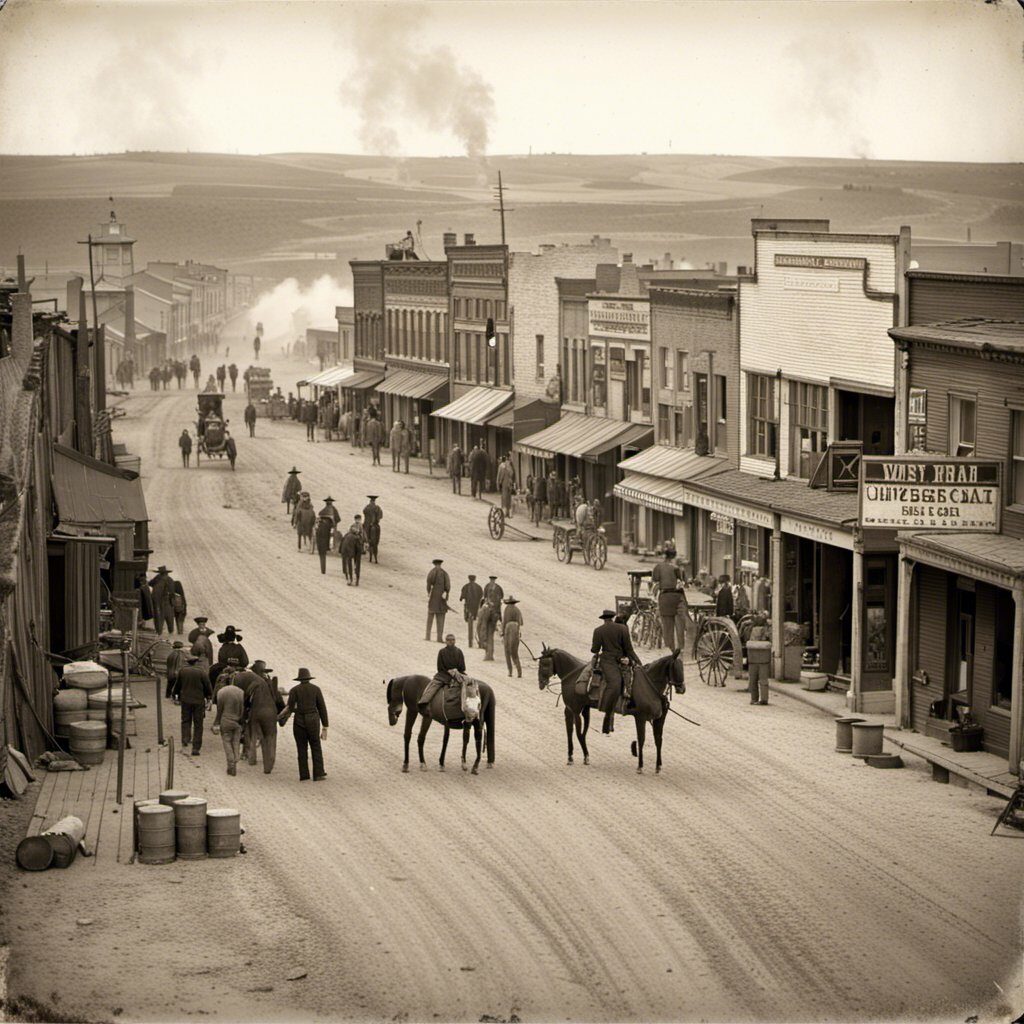
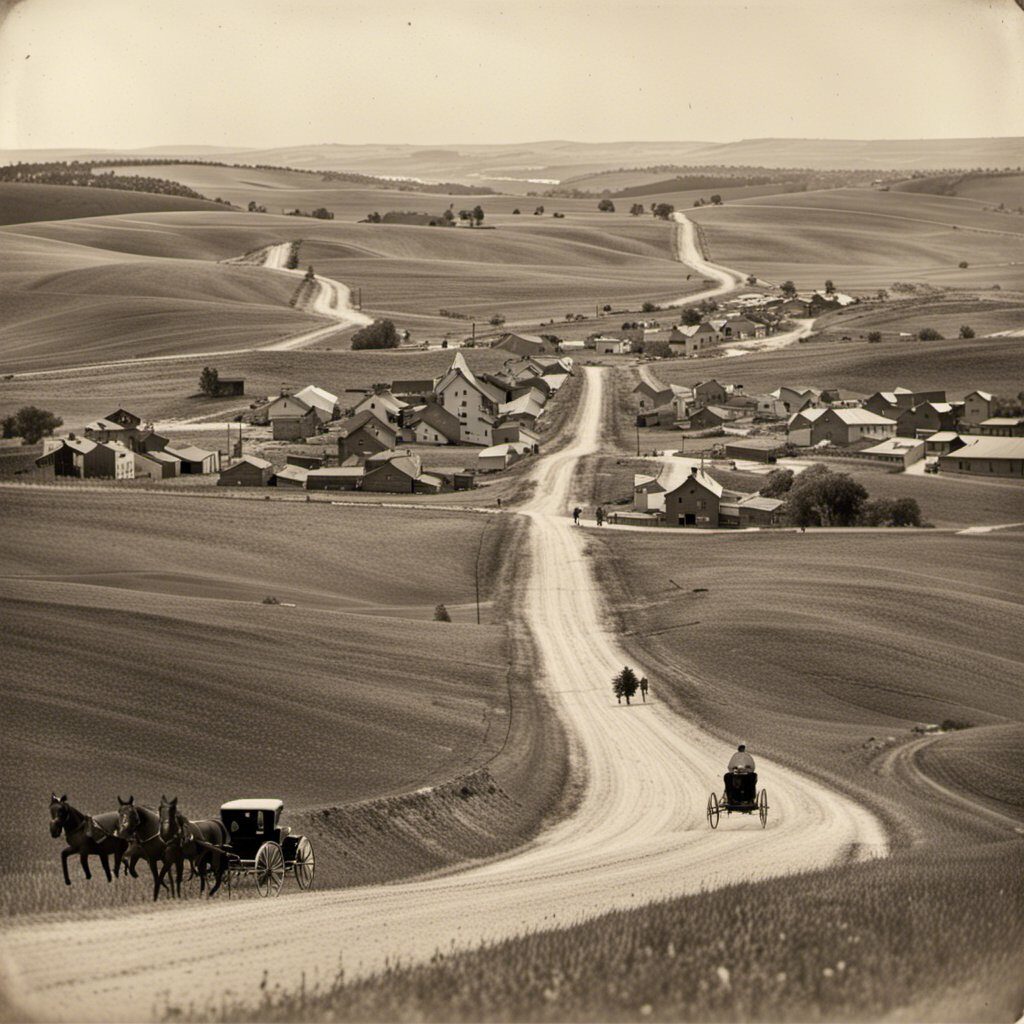
Webster County is home to Red Cloud, a historic city that played a significant role in Nebraska’s history. Red Cloud is home to many landmarks, including the Willa Cather Foundation, the Red Cloud Opera House, and the Red Cloud Indian School.
Other Notable Counties and Towns
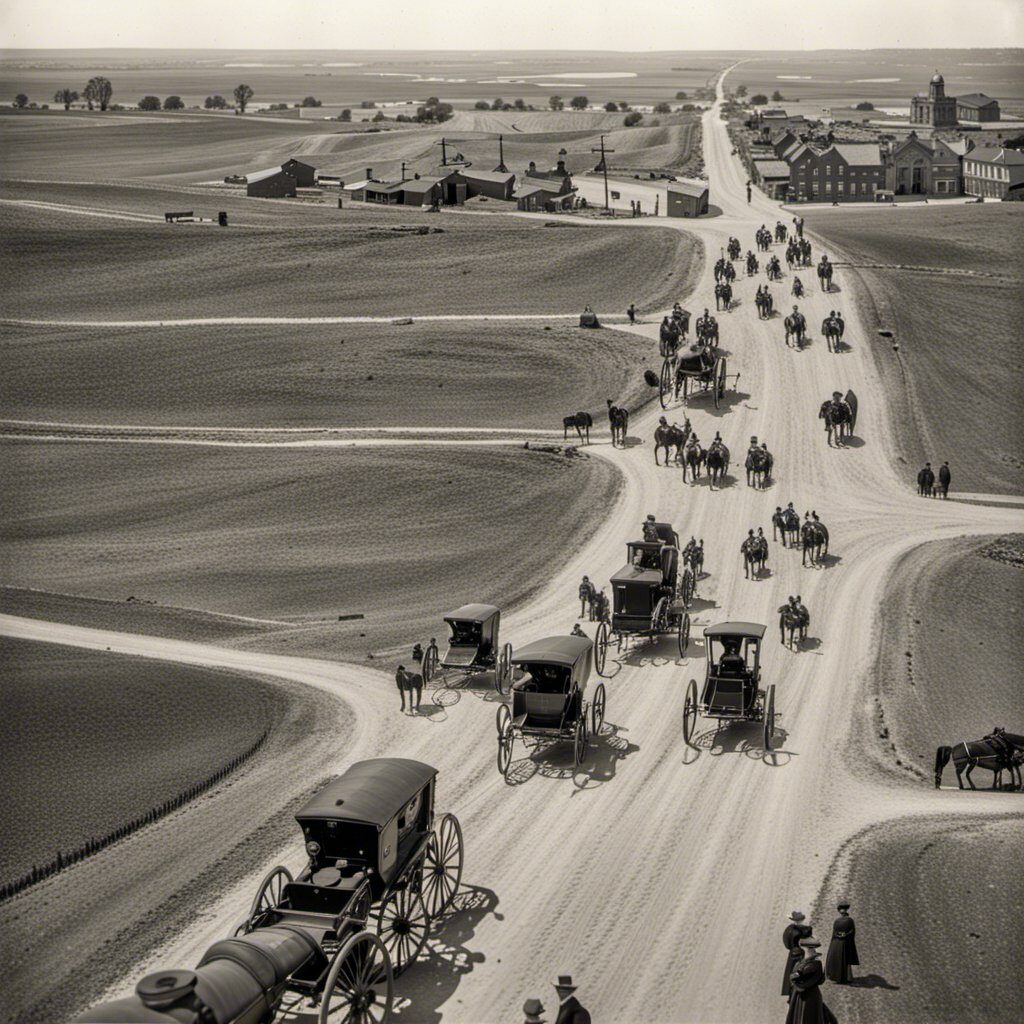
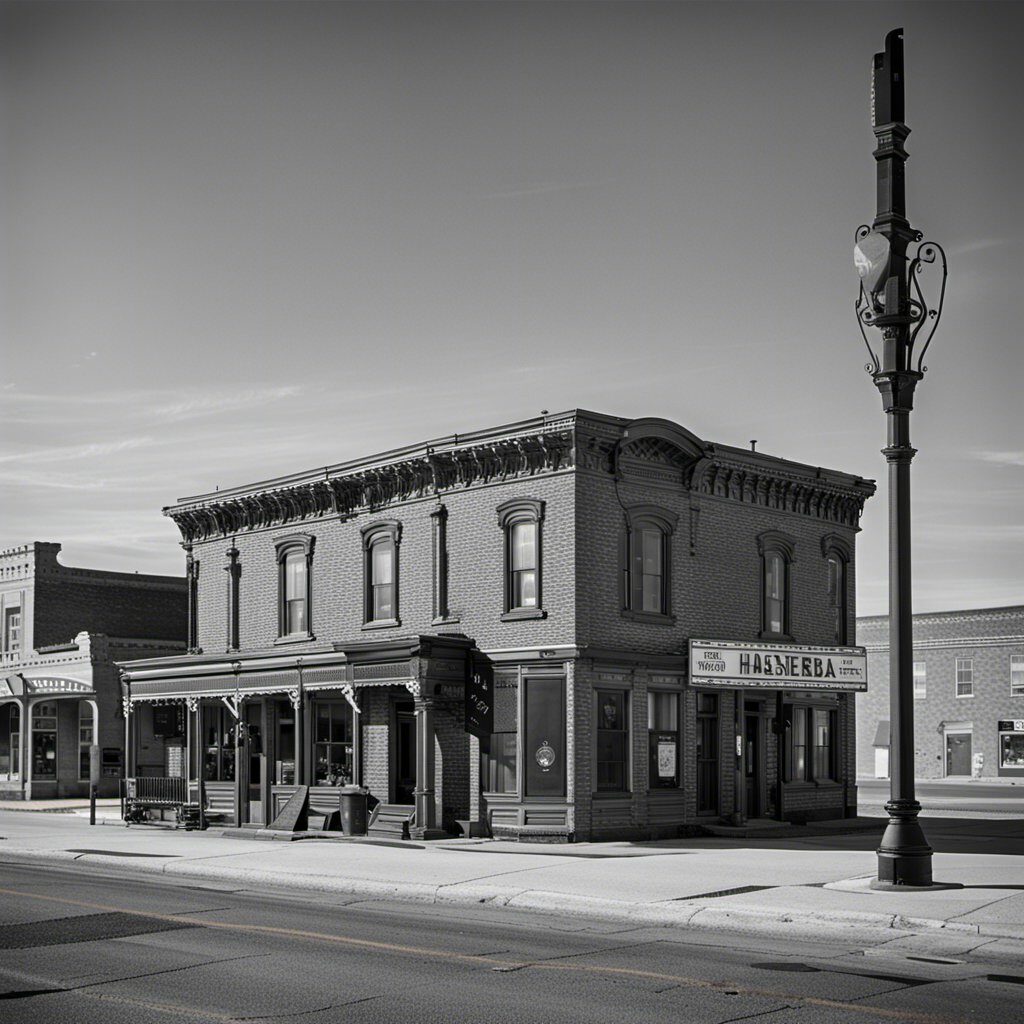
Other notable counties and towns in Nebraska include North Platte in Lincoln County, McCook in Red Willow County, Thurston in Thurston County, and Murray in Cass County.
Overall, Nebraska has many counties and towns with rich history and many landmarks to explore. Whether you’re interested in museums, historical sites, or natural landmarks, Nebraska has something for everyone.
Historical Figures and Events
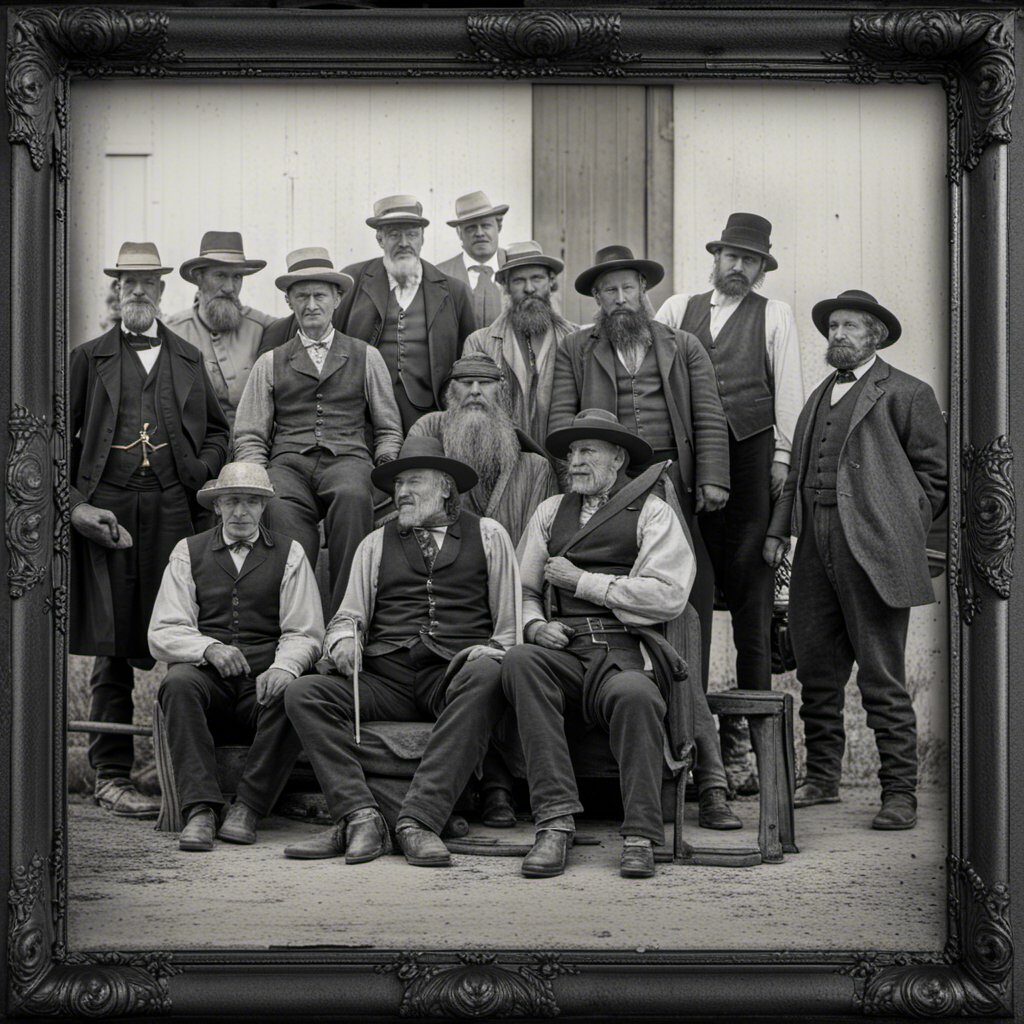
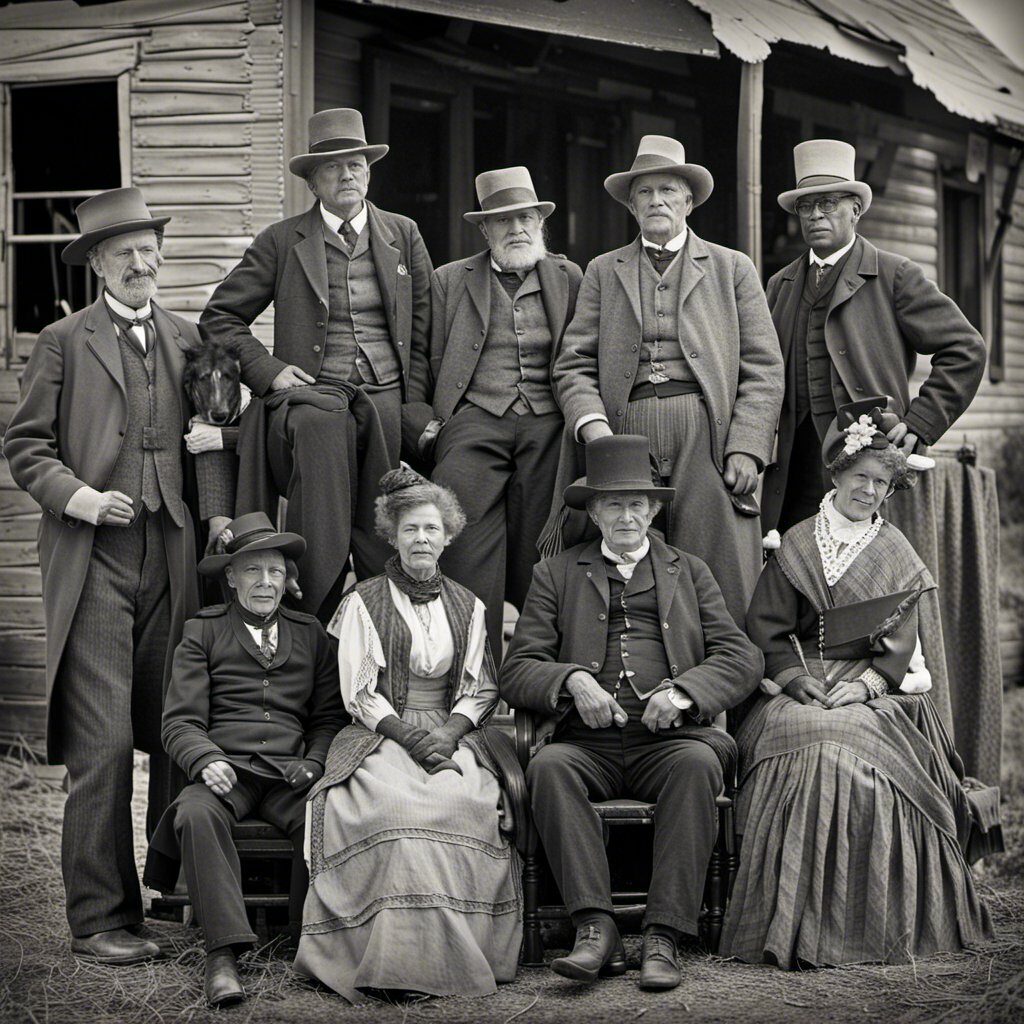
Nebraska has a rich history that includes many notable figures and events. Here are some of the most significant:
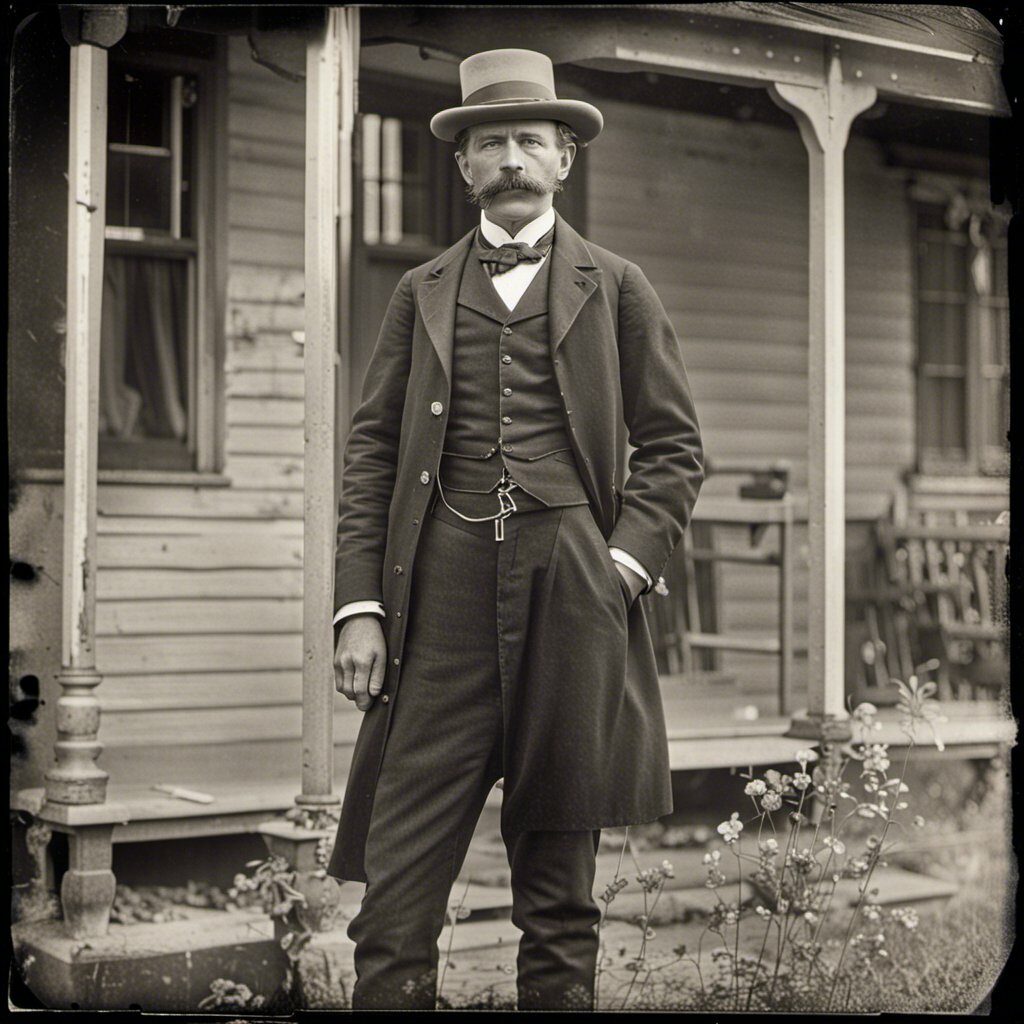
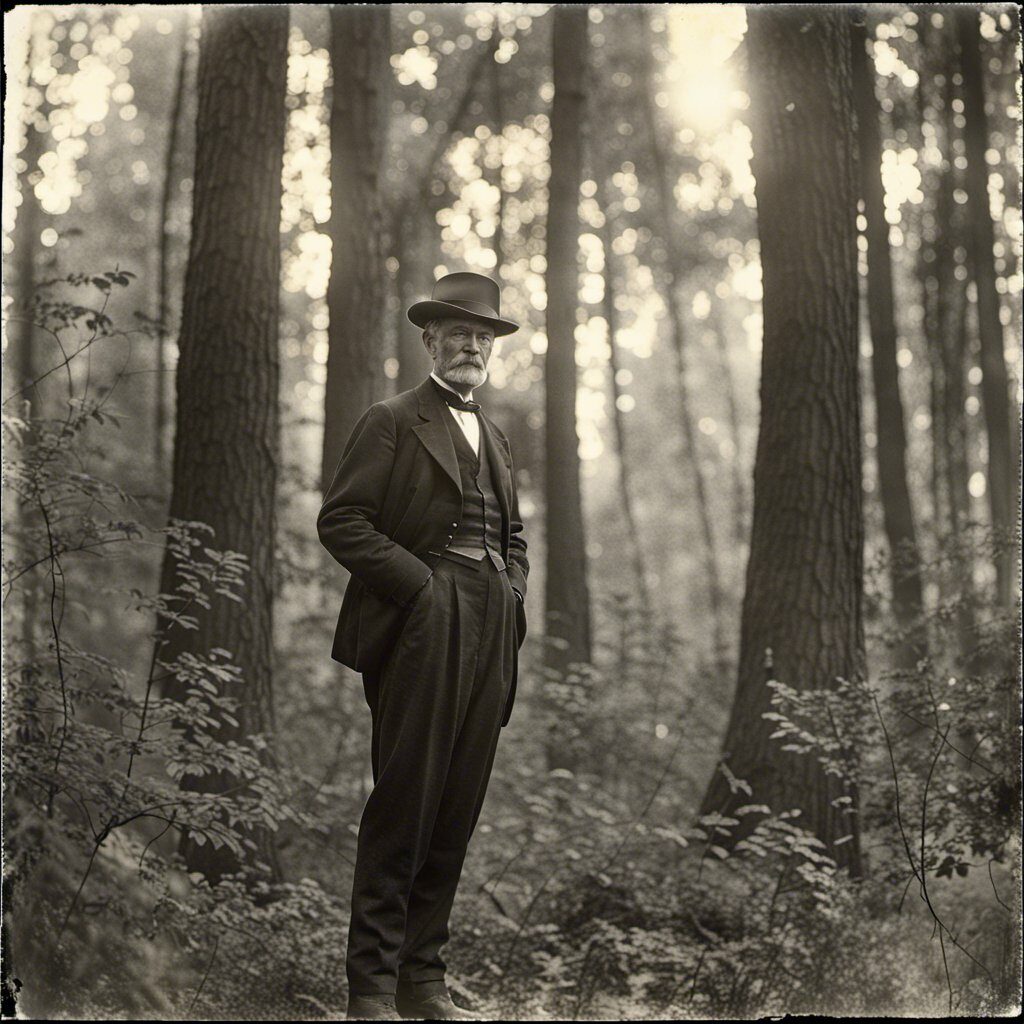
- J. Sterling Morton – Known as the “Founder of Arbor Day,” J. Sterling Morton was a journalist and politician who served as the U.S. Secretary of Agriculture under President Grover Cleveland. He was a strong advocate for the planting of trees and established Arbor Day as a national holiday in 1872.
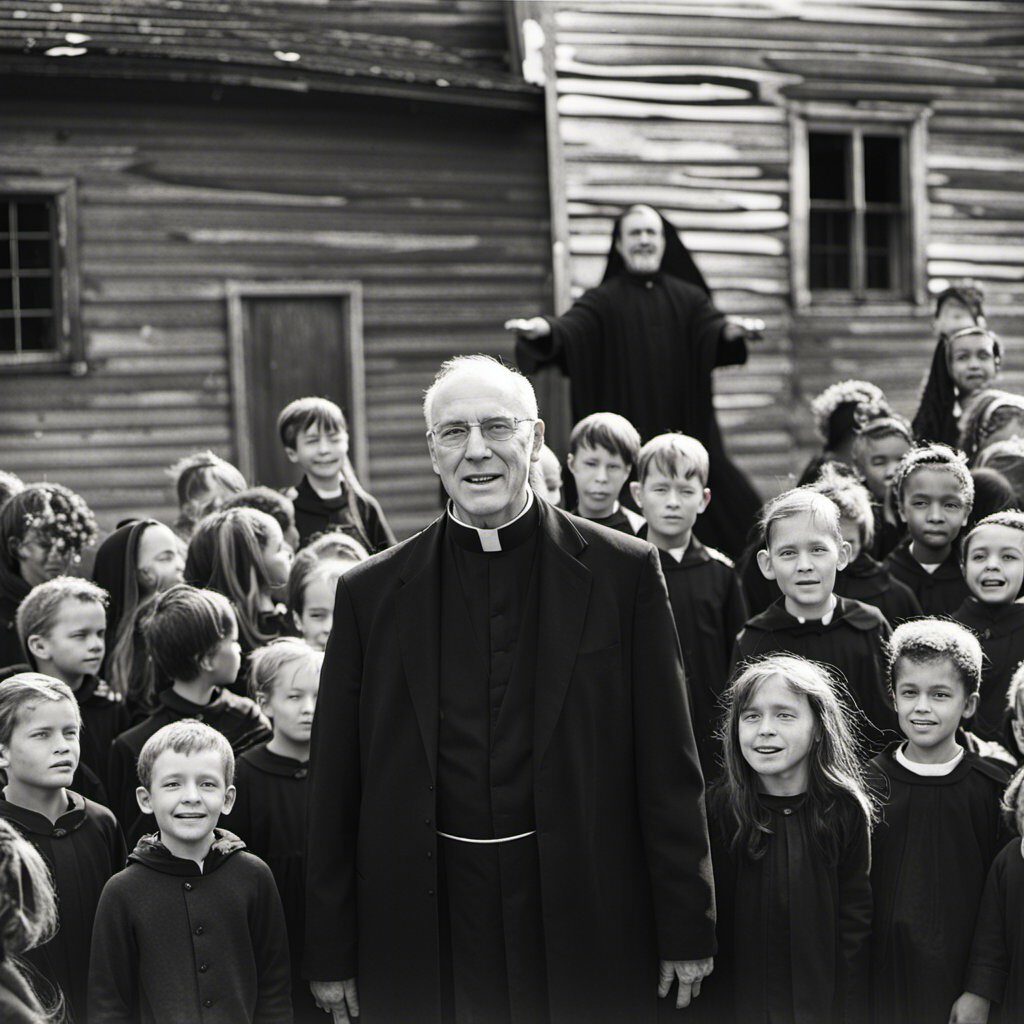
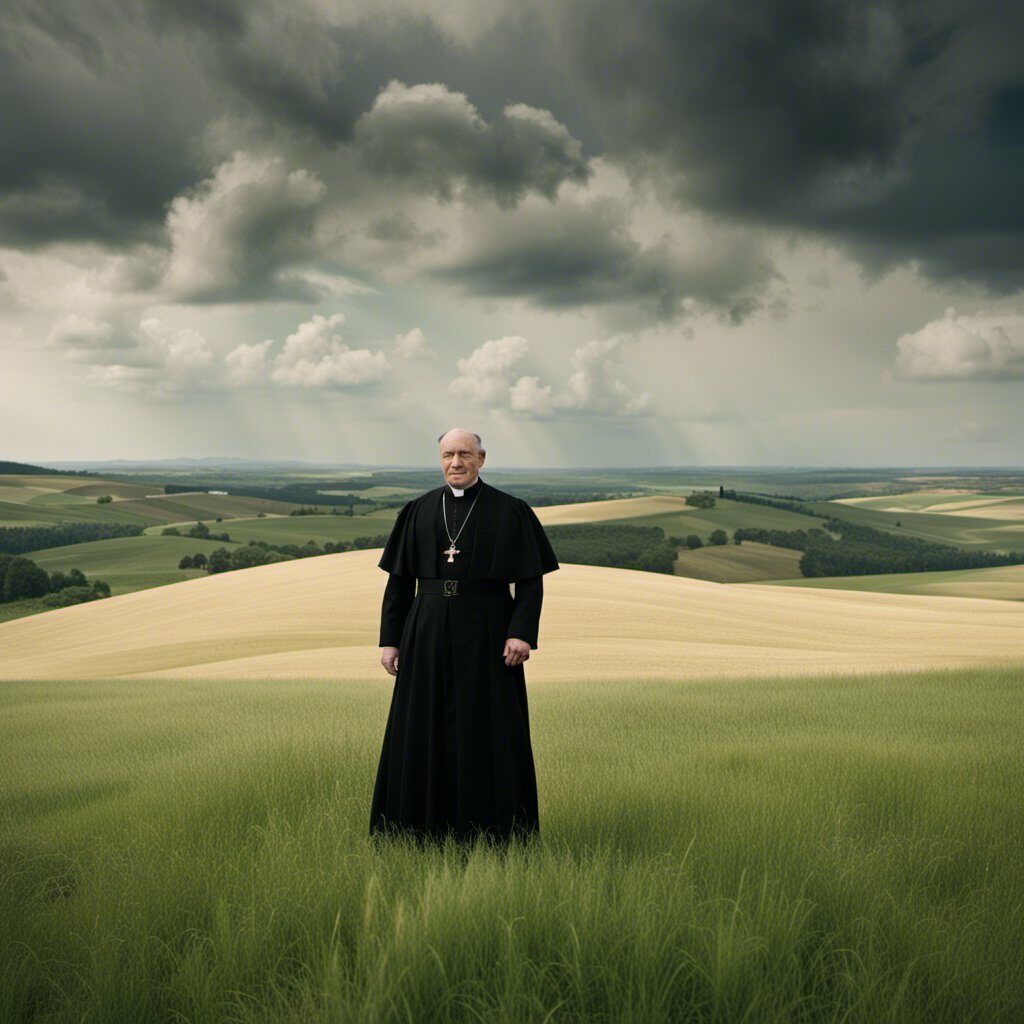
- Father Flanagan – Father Edward J. Flanagan was the founder of Boys Town, a home for orphaned and troubled boys that became a model for youth care around the world. He was known for his compassion and dedication to helping those in need.
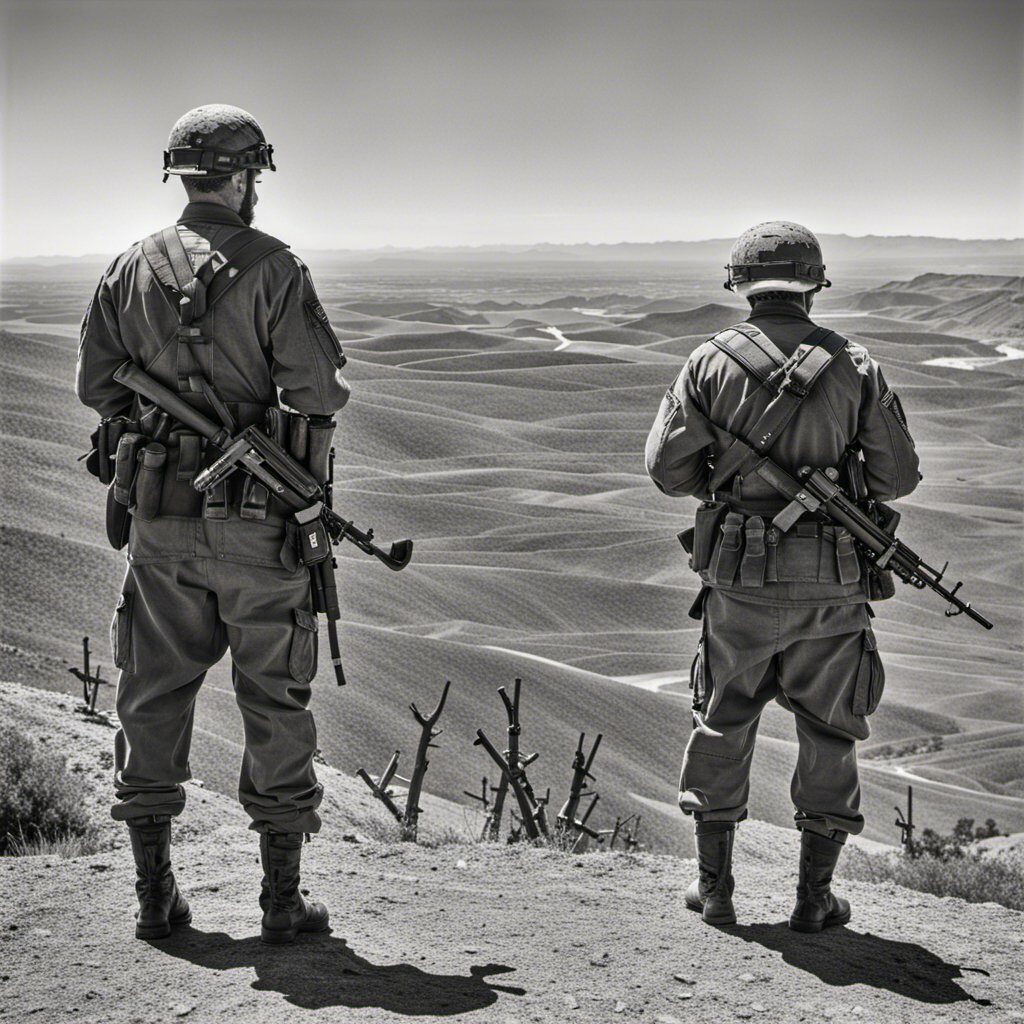
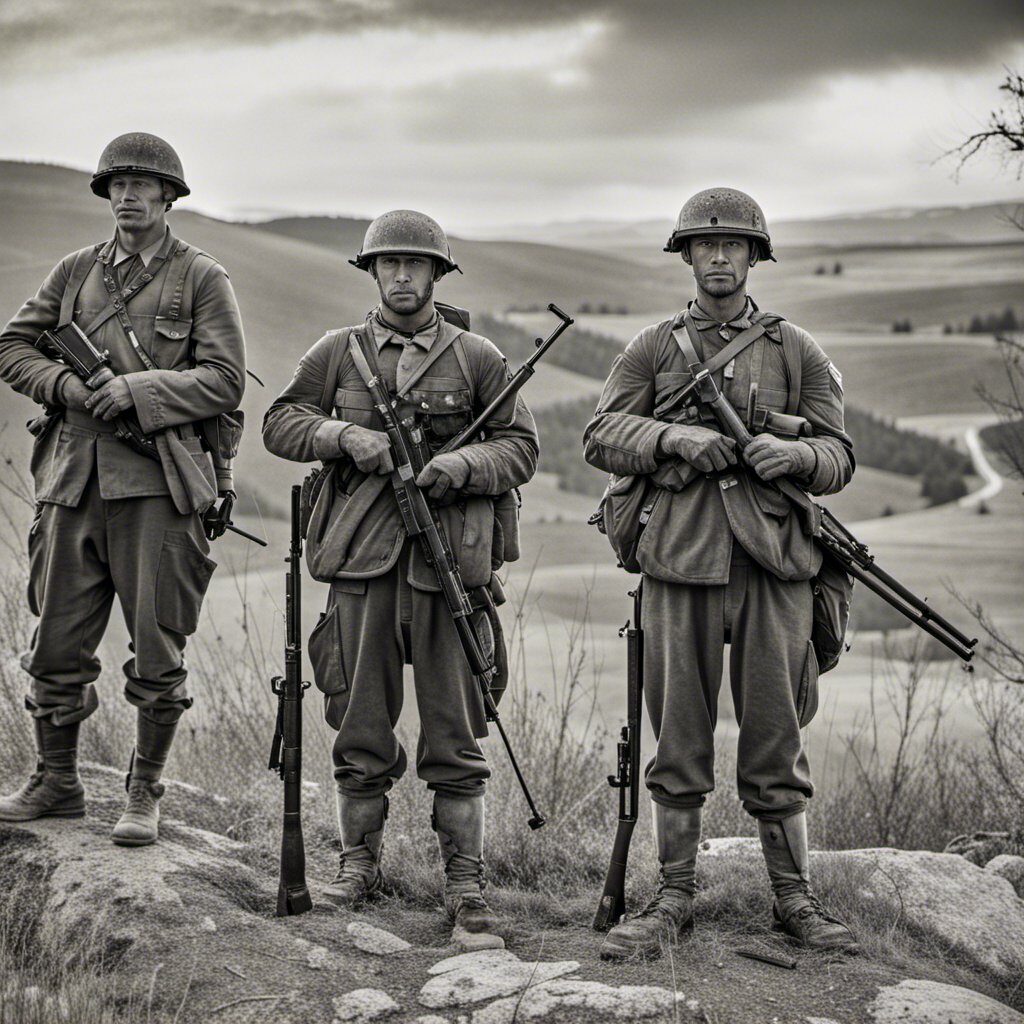
- U.S. Army – Nebraska played an important role in many conflicts involving the U.S. Army, including the Indian Wars of the late 19th century. Fort Robinson, located in the northwestern part of the state, was a key military outpost during this time.
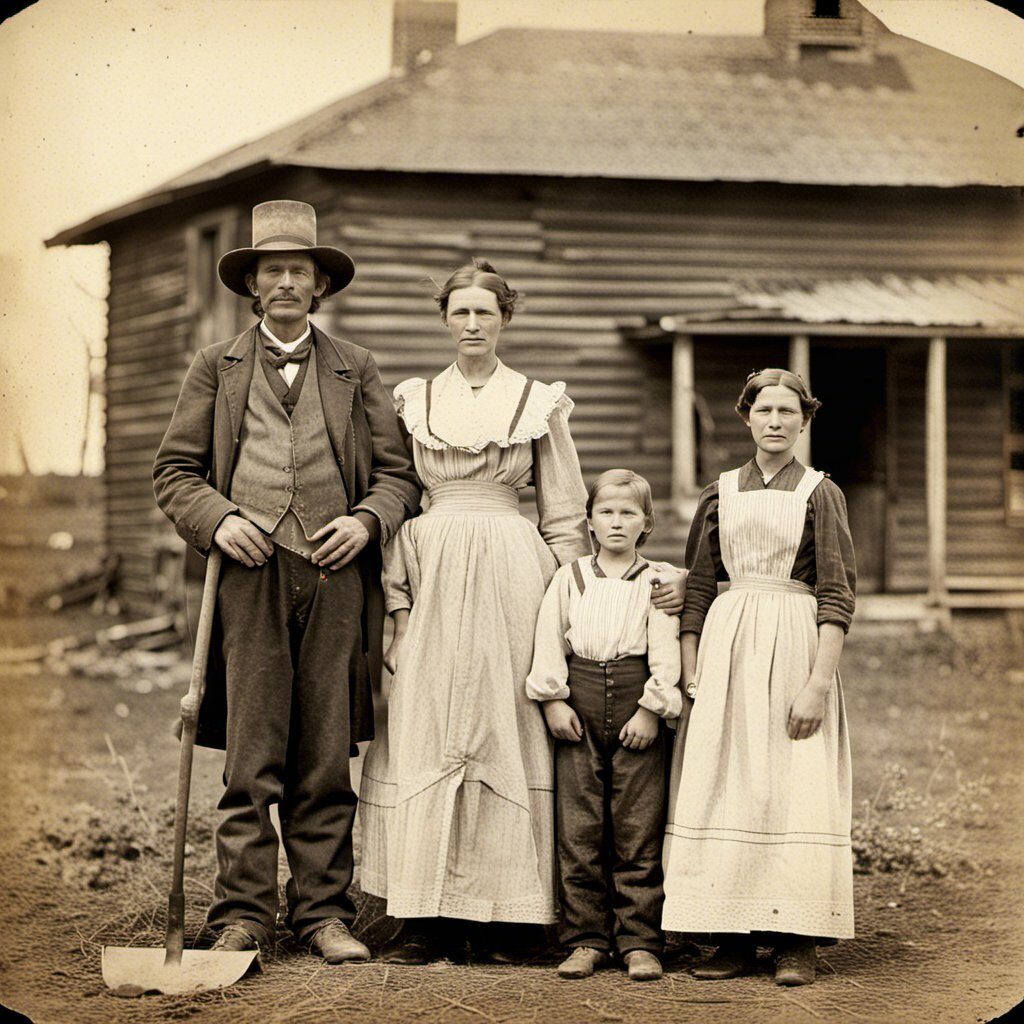
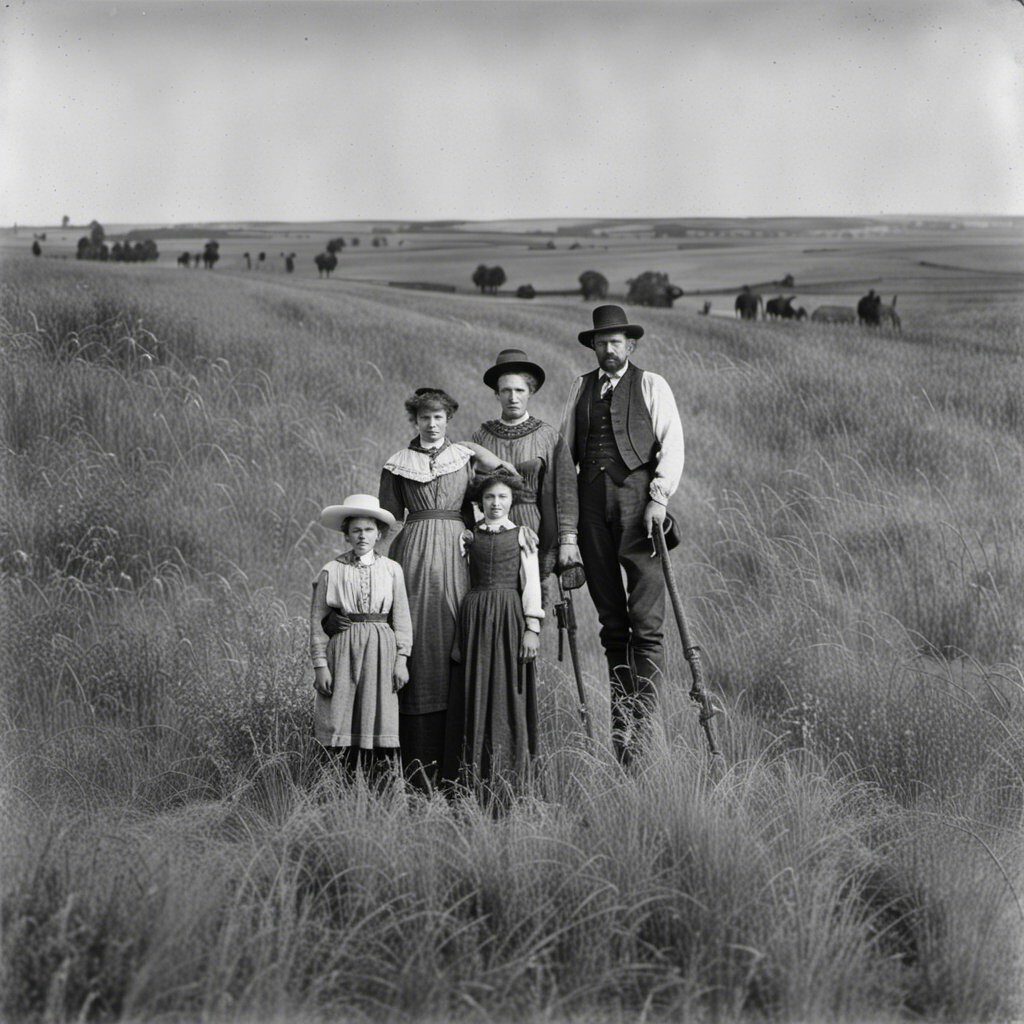
- Homestead Act of 1862 – The Homestead Act was a federal law that provided land to settlers in the western United States. Many people took advantage of this opportunity to start a new life in Nebraska, which was known for its fertile soil and abundant natural resources.
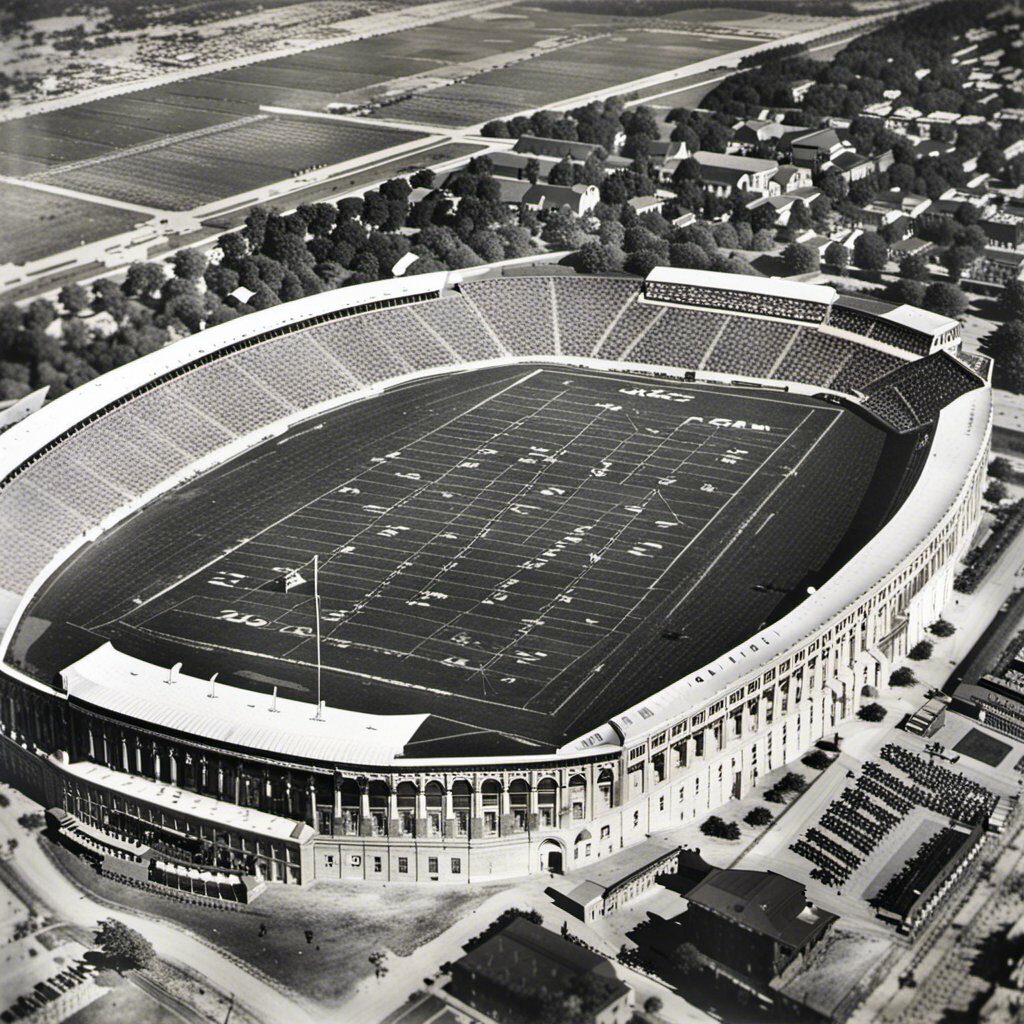
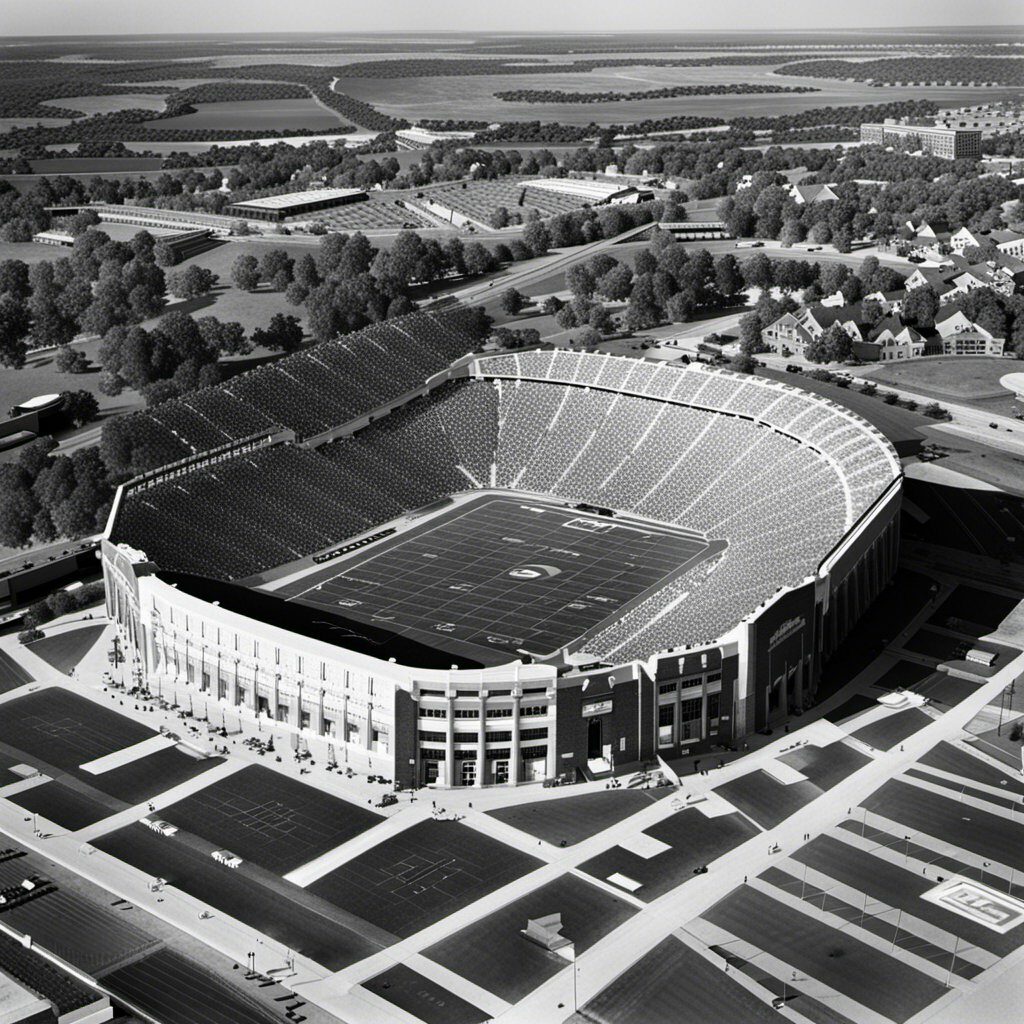
- Memorial Stadium – Located in Lincoln, Memorial Stadium is the home of the University of Nebraska Cornhuskers football team and has a seating capacity of over 85,000. It is one of the largest and most iconic stadiums in college football.
Overall, Nebraska’s history is full of fascinating stories and important events that have shaped the state and the nation as a whole. Whether you are a history buff or simply interested in learning more about this unique part of the country, there is plenty to discover and explore.
Nebraska’s Unique Natural Features
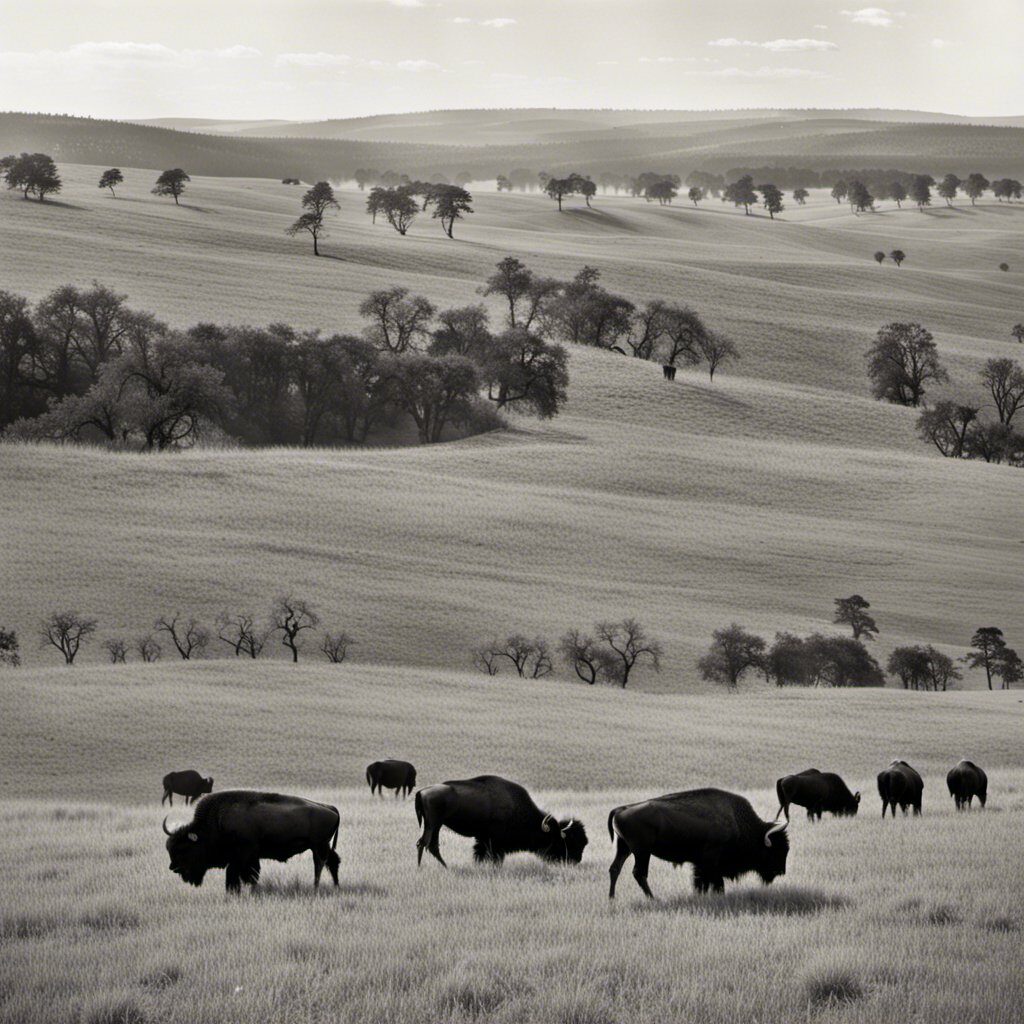
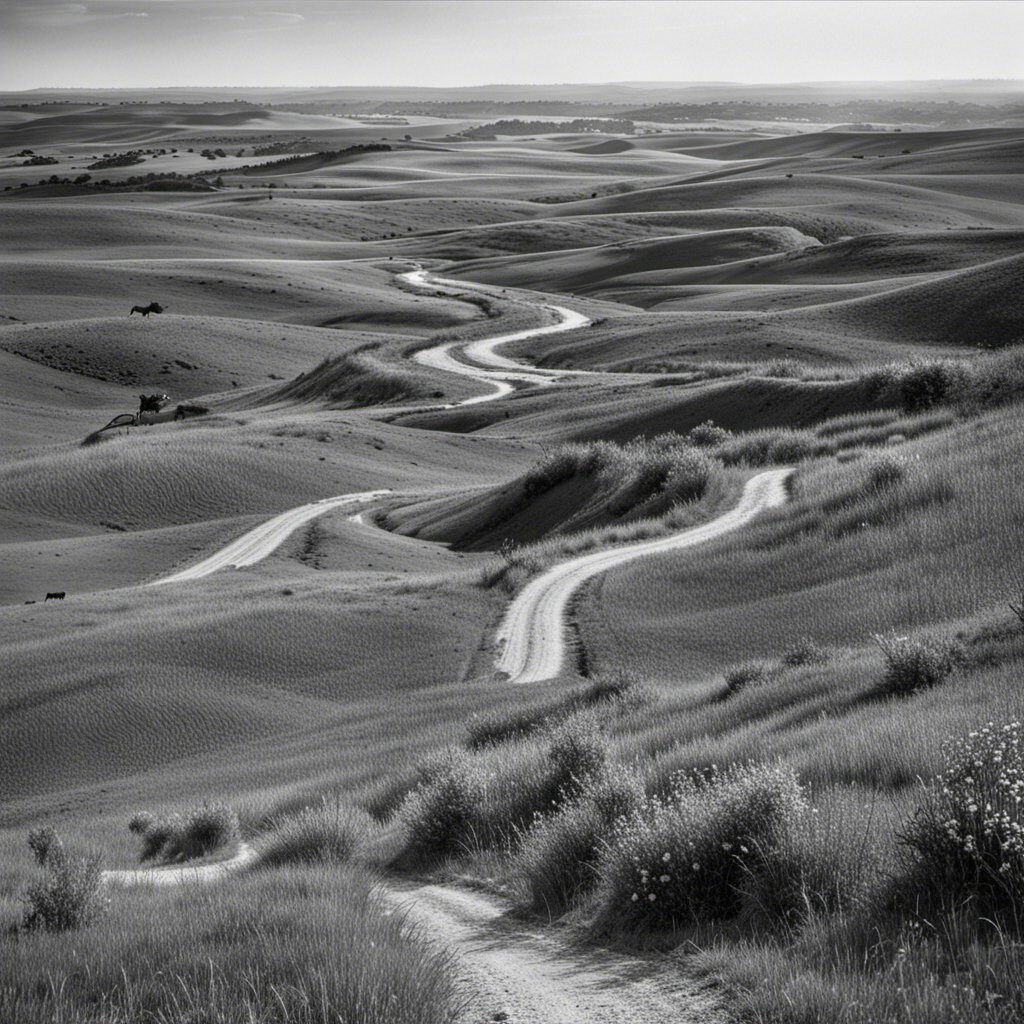
Nebraska is not just about the historical landmarks and monuments, it is also home to some of the most unique natural features in the country. From the Sandhills to the Pine Ridge, Nebraska has a lot to offer for nature lovers. Here are some of the unique natural features in Nebraska that you should not miss.
Sandhills
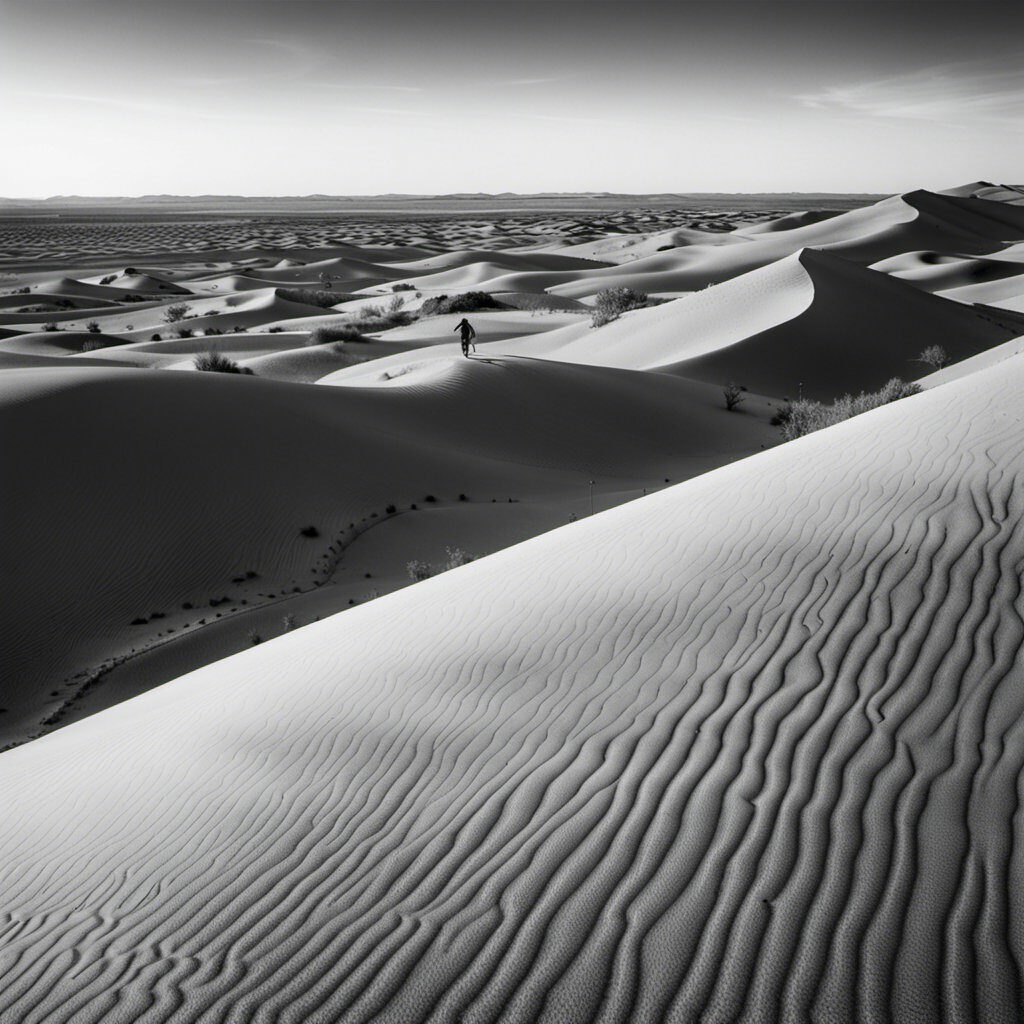
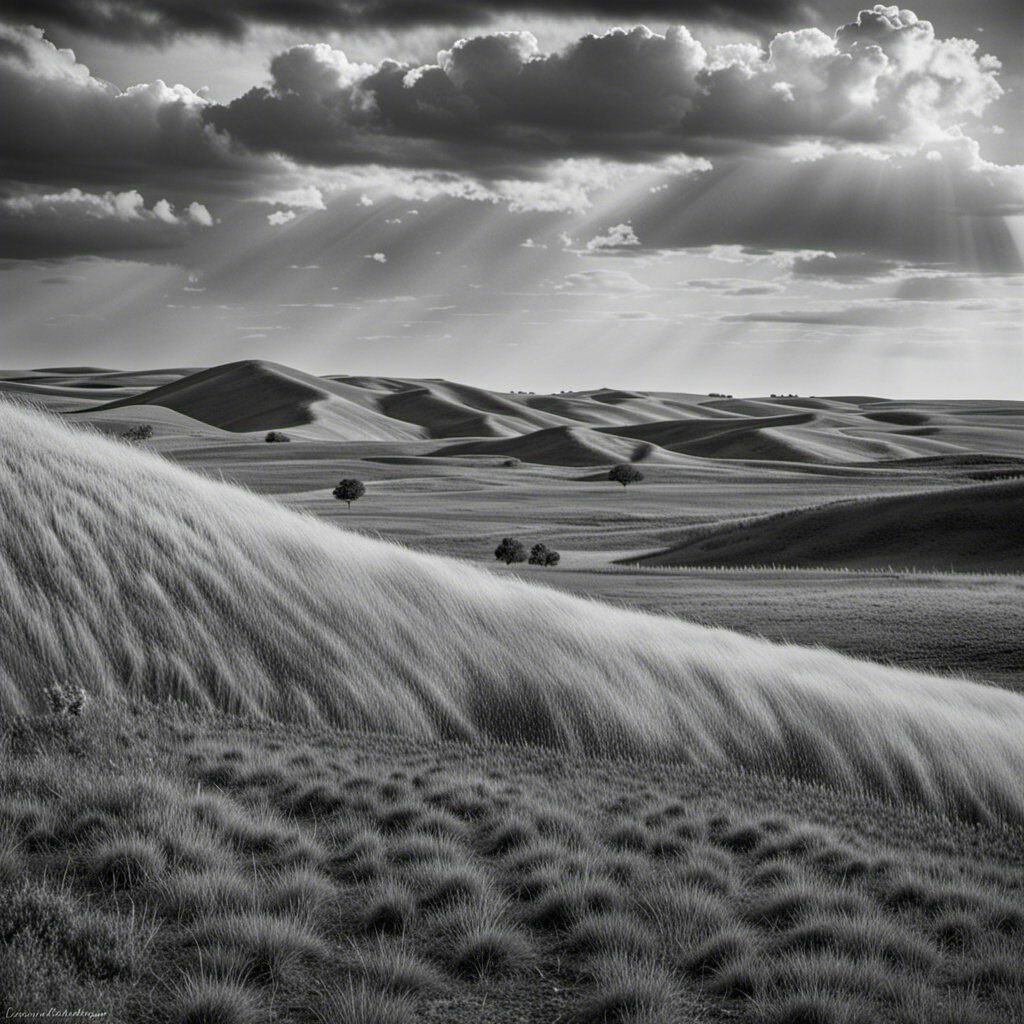
The Sandhills, also known as the Nebraska Sandhills, is a region of mixed-grass prairie on grass-stabilized sand dunes in north-central Nebraska. It is the largest sand dune formation in the Western Hemisphere and covers an area of over 19,000 square miles. The Sandhills is home to a diverse range of wildlife, including the American bison, pronghorn antelope, and coyotes. If you are a nature lover, you will love exploring the Sandhills.
Bison
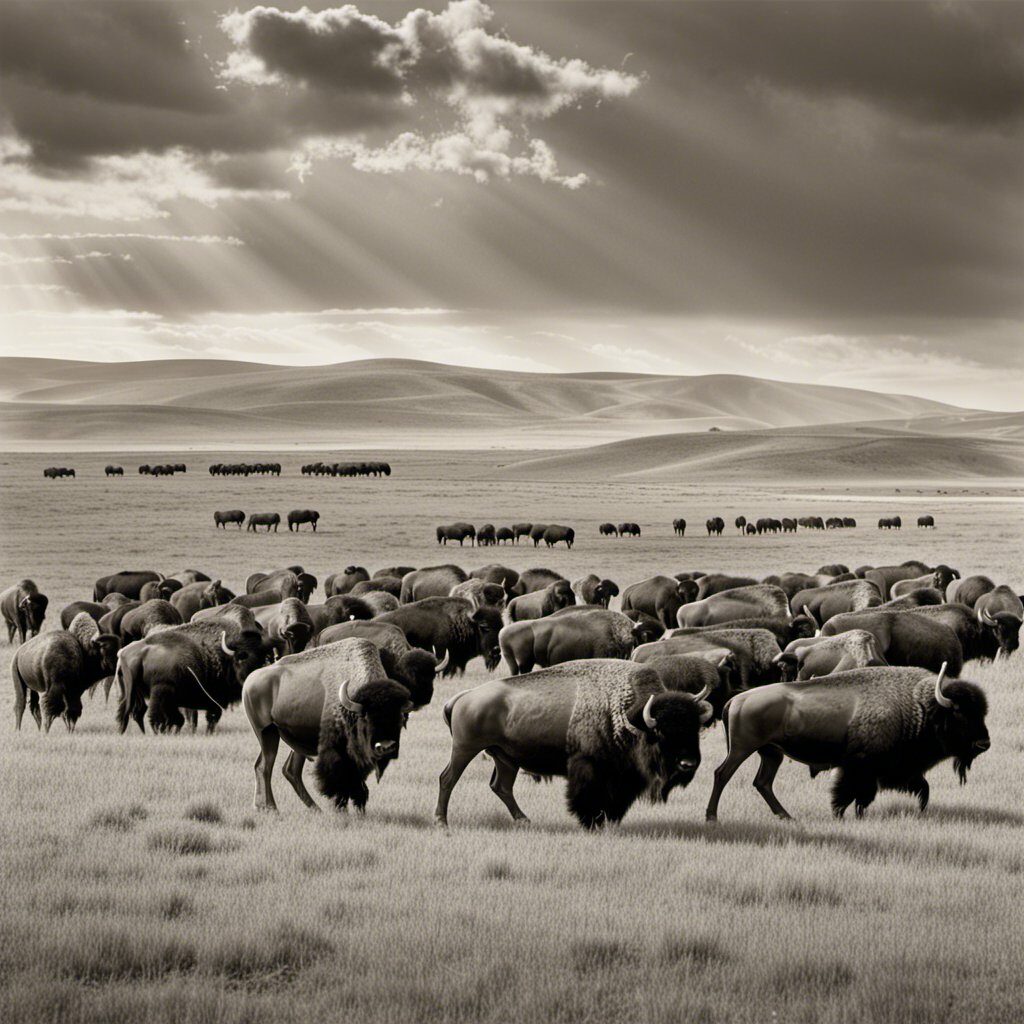
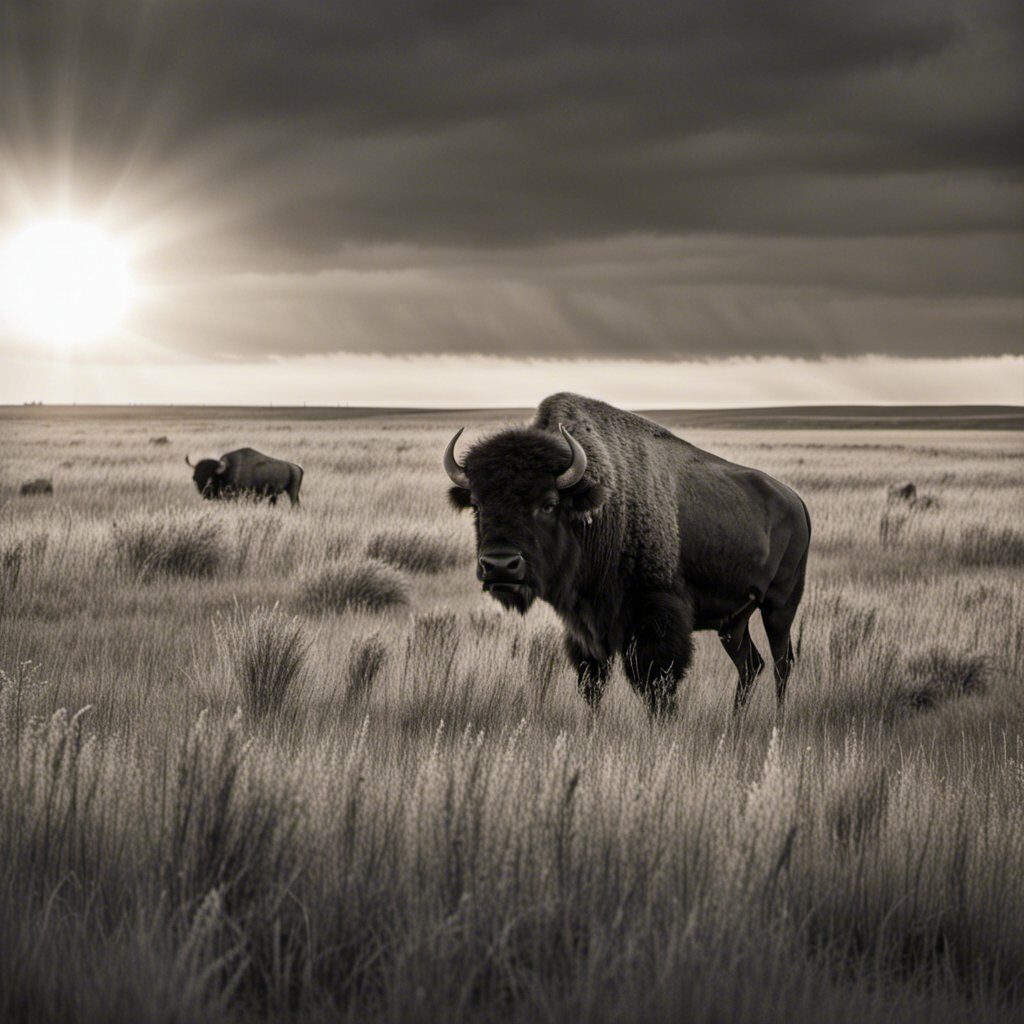
The American bison, also known as the buffalo, is an iconic symbol of the American West. The bison once roamed the Great Plains in massive herds, but their numbers dwindled to near extinction in the late 1800s. Today, the bison population in Nebraska is thriving, and you can see them in many parts of the state. The bison is a majestic animal, and watching them in their natural habitat is an unforgettable experience.
Pine Ridge
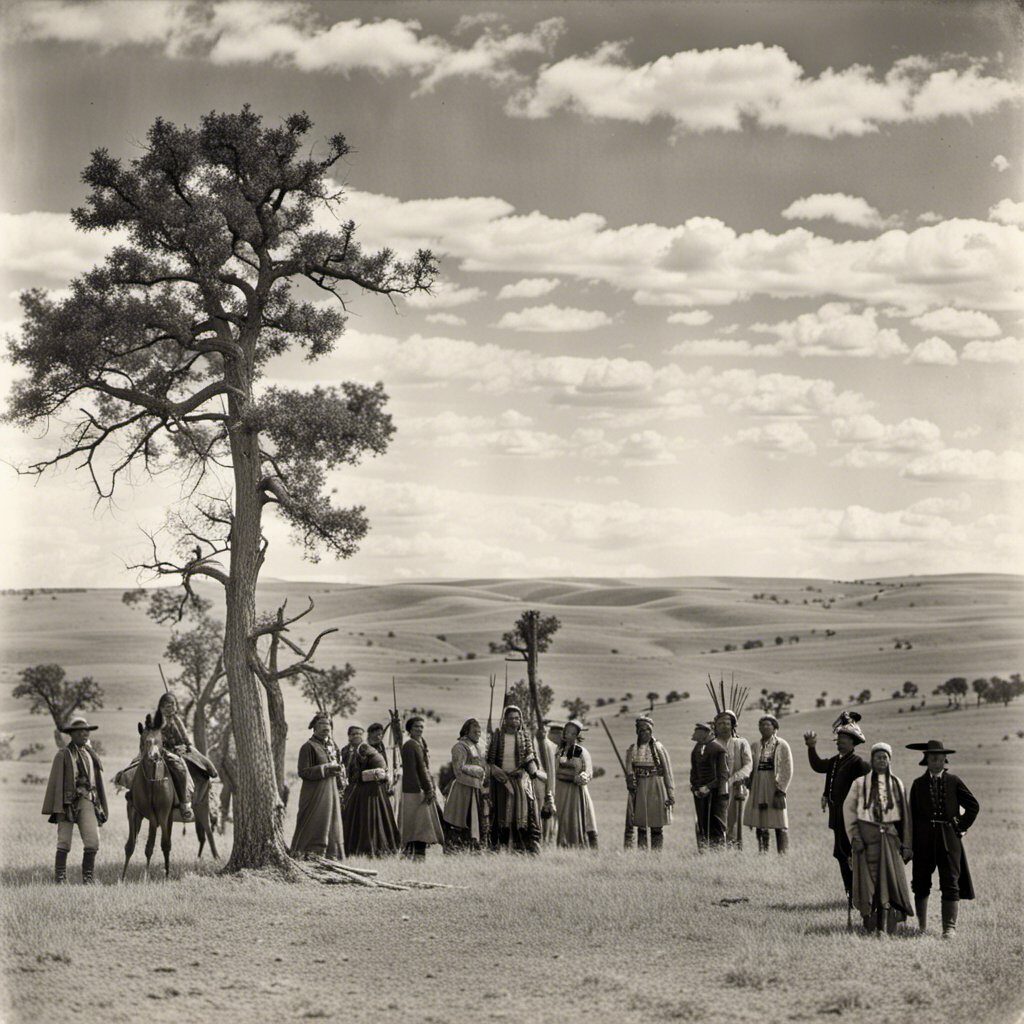
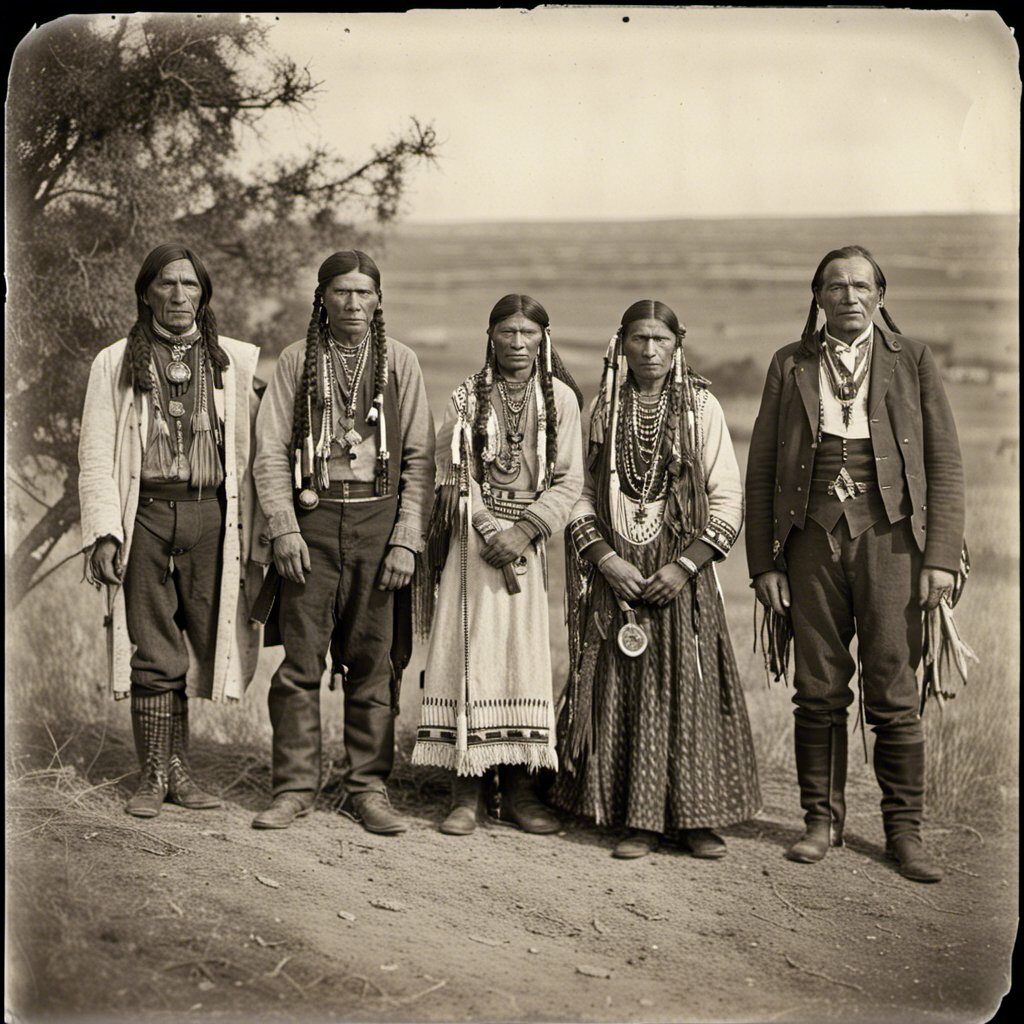
The Pine Ridge is a region of Nebraska that is known for its rugged terrain and unique geology. The Pine Ridge is home to many species of wildlife, including elk, bighorn sheep, and mountain lions. The area is also home to many unique rock formations, including the Saddle Rock Trail, which offers some of the best views in the region. If you are looking for a challenging hike with breathtaking views, the Pine Ridge is the perfect destination.
Visitor Center
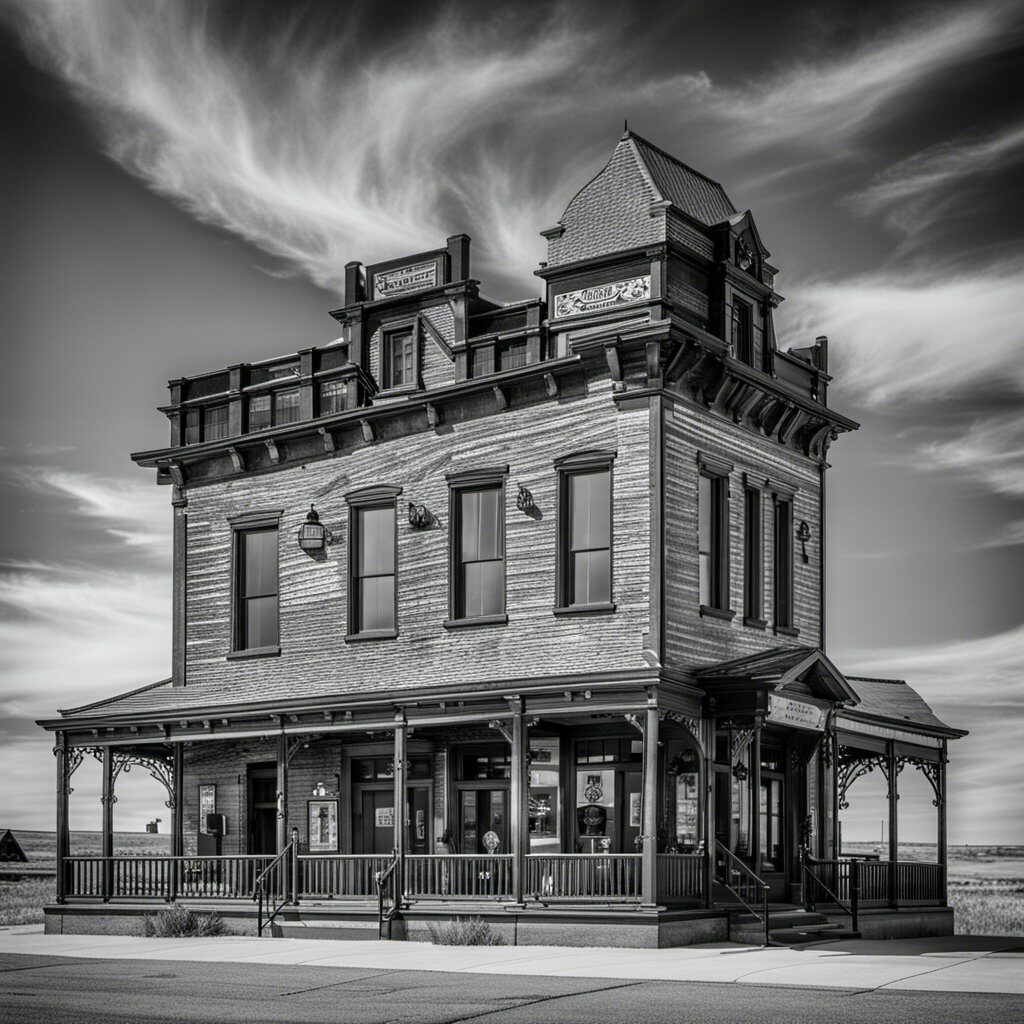
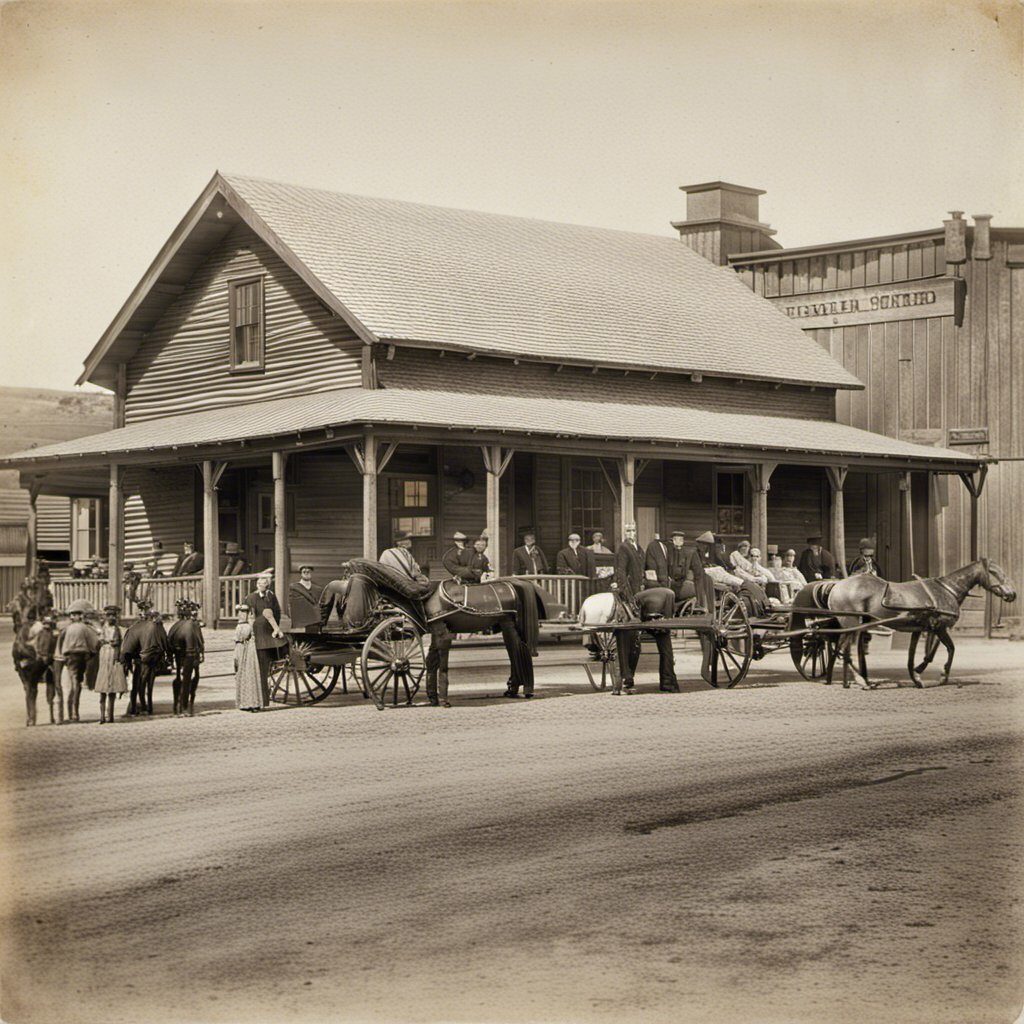
If you want to learn more about Nebraska’s unique natural features, the best place to start is at one of the many visitor centers located throughout the state. The visitor centers offer a wealth of information about the state’s natural history, geology, and wildlife. They also offer guided tours and educational programs for visitors of all ages. Whether you are a seasoned nature enthusiast or a curious beginner, the visitor centers are a great place to start your journey.
In conclusion, Nebraska’s unique natural features are a must-see for anyone visiting the state. From the Sandhills to the Pine Ridge, Nebraska has something for everyone. Whether you are a nature lover or just looking for a unique experience, Nebraska’s natural features are sure to leave a lasting impression.
Frequently Asked Questions
What are some of the most popular historical sites to visit in Nebraska?
Nebraska is home to many historical sites that are worth visiting. Some of the most popular ones include the Homestead National Monument of America, the Nebraska State Capitol, and the Strategic Air Command and Aerospace Museum. These sites offer a glimpse into Nebraska’s history and provide visitors with an opportunity to learn more about the state’s past.
What are the top famous landmarks to see in Nebraska?
There are many famous landmarks in Nebraska that are worth seeing. Some of the most notable ones include Chimney Rock National Historic Site, Scotts Bluff National Monument, and Carhenge. These landmarks are not only visually stunning but also hold significant historical and cultural value.
Have you heard of Chimney Rock National Historic Site in Nebraska?
Chimney Rock National Historic Site is a famous landmark located in western Nebraska. It is a natural rock formation that rises 300 feet above the surrounding landscape and served as a landmark for pioneers traveling along the Oregon Trail. Today, it is a popular tourist attraction and a symbol of Nebraska’s pioneering spirit.
What are some of the famous waterways in Nebraska?
Nebraska is home to several famous waterways, including the Missouri River, the Platte River, and the Niobrara River. These rivers not only provide recreational opportunities but also played a significant role in Nebraska’s history, serving as major transportation routes for early settlers.
What are some of the most notable people from Nebraska’s history?
Nebraska has been home to many notable people throughout its history, including Willa Cather, the renowned author; Johnny Carson, the legendary television host; and Warren Buffett, one of the world’s most successful investors. These individuals have left a lasting impact on Nebraska and the world.
What are some of the major landmarks that define Nebraska’s region?
Nebraska is known for its vast prairies, rolling hills, and unique rock formations. Some of the major landmarks that define Nebraska’s region include the Sandhills, the Badlands, and the Great Plains. These landmarks not only provide breathtaking views but also serve as a reminder of Nebraska’s natural beauty and rich history.

